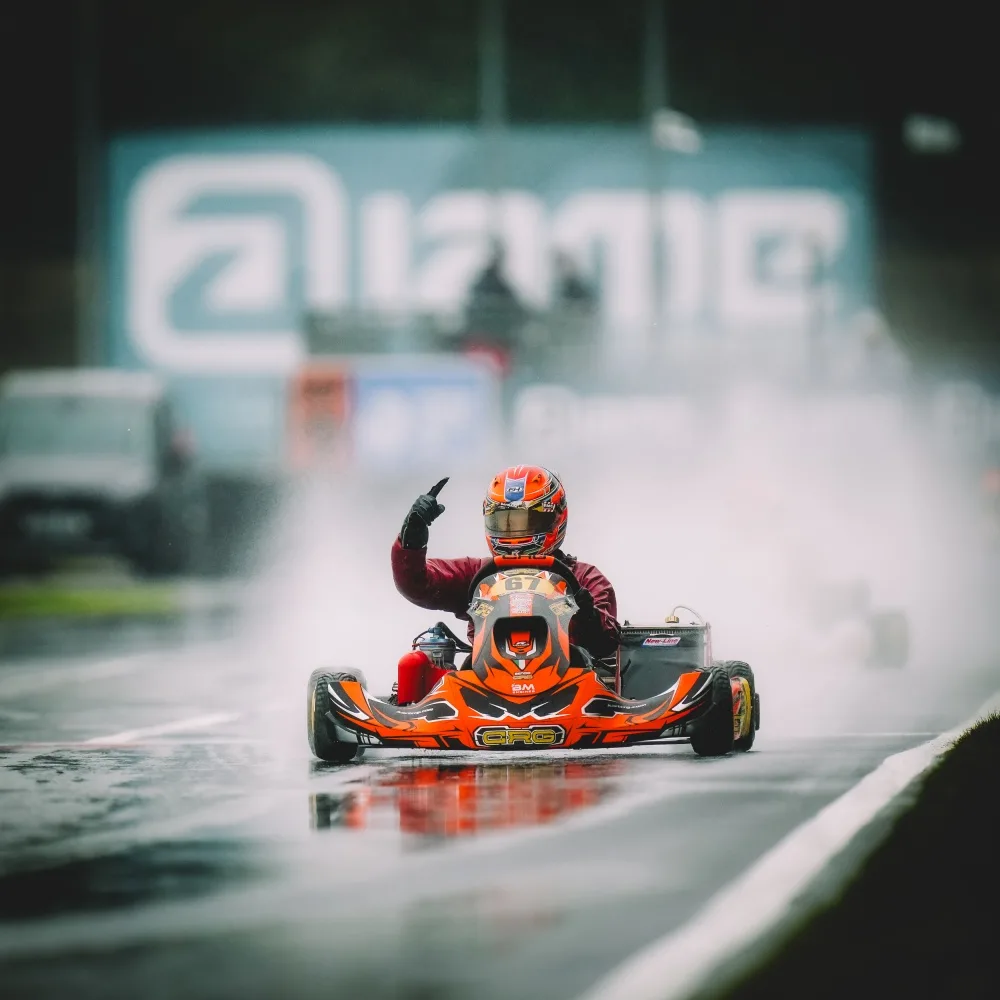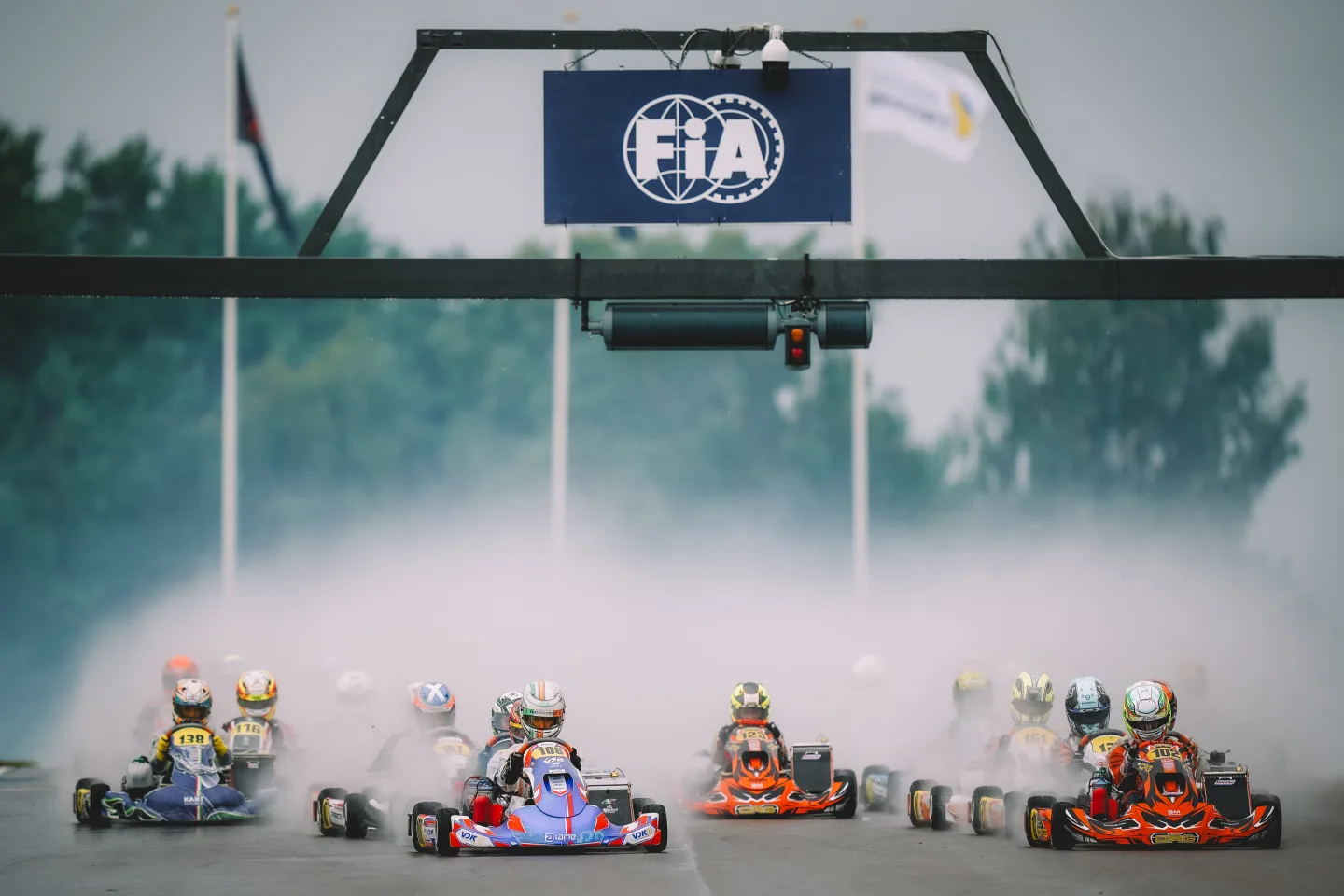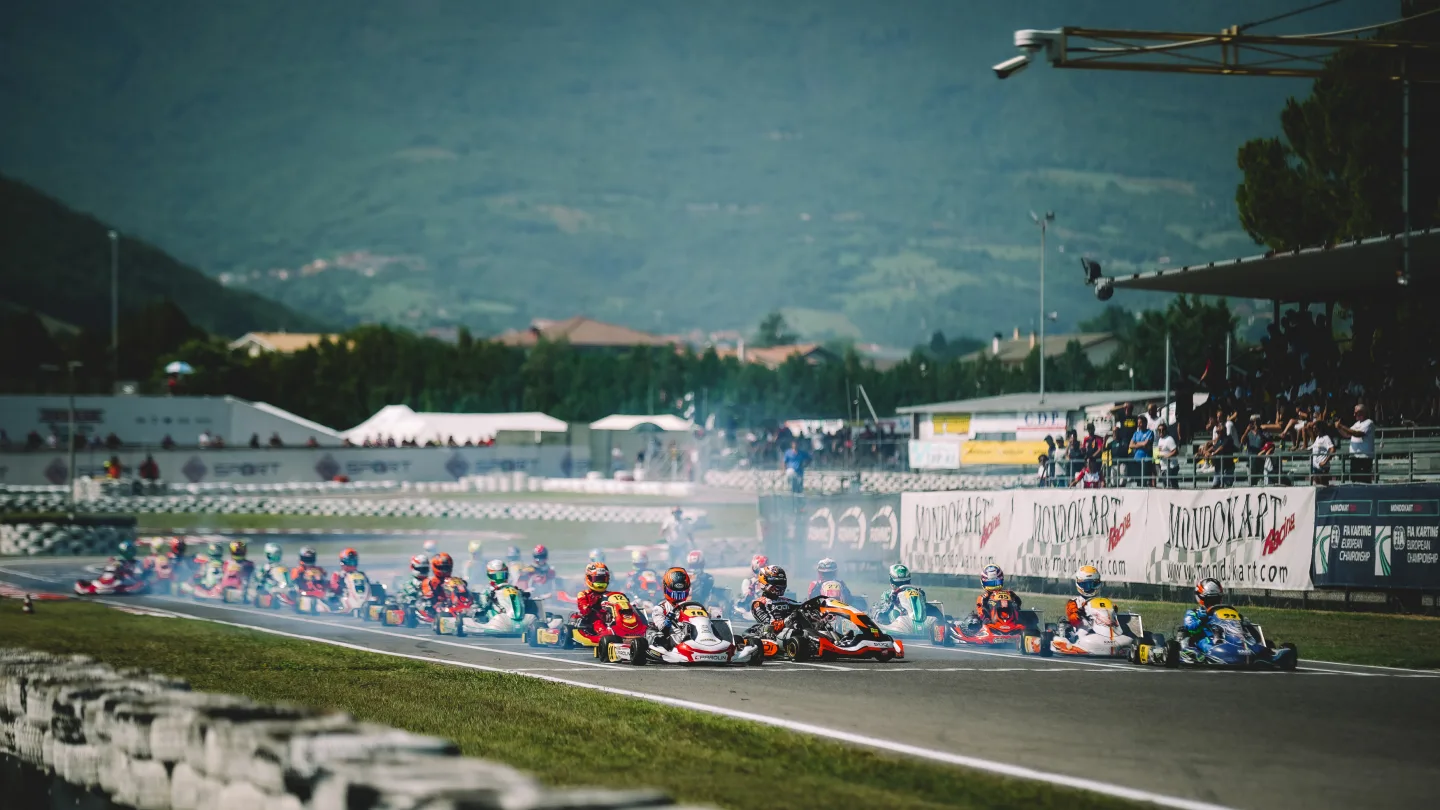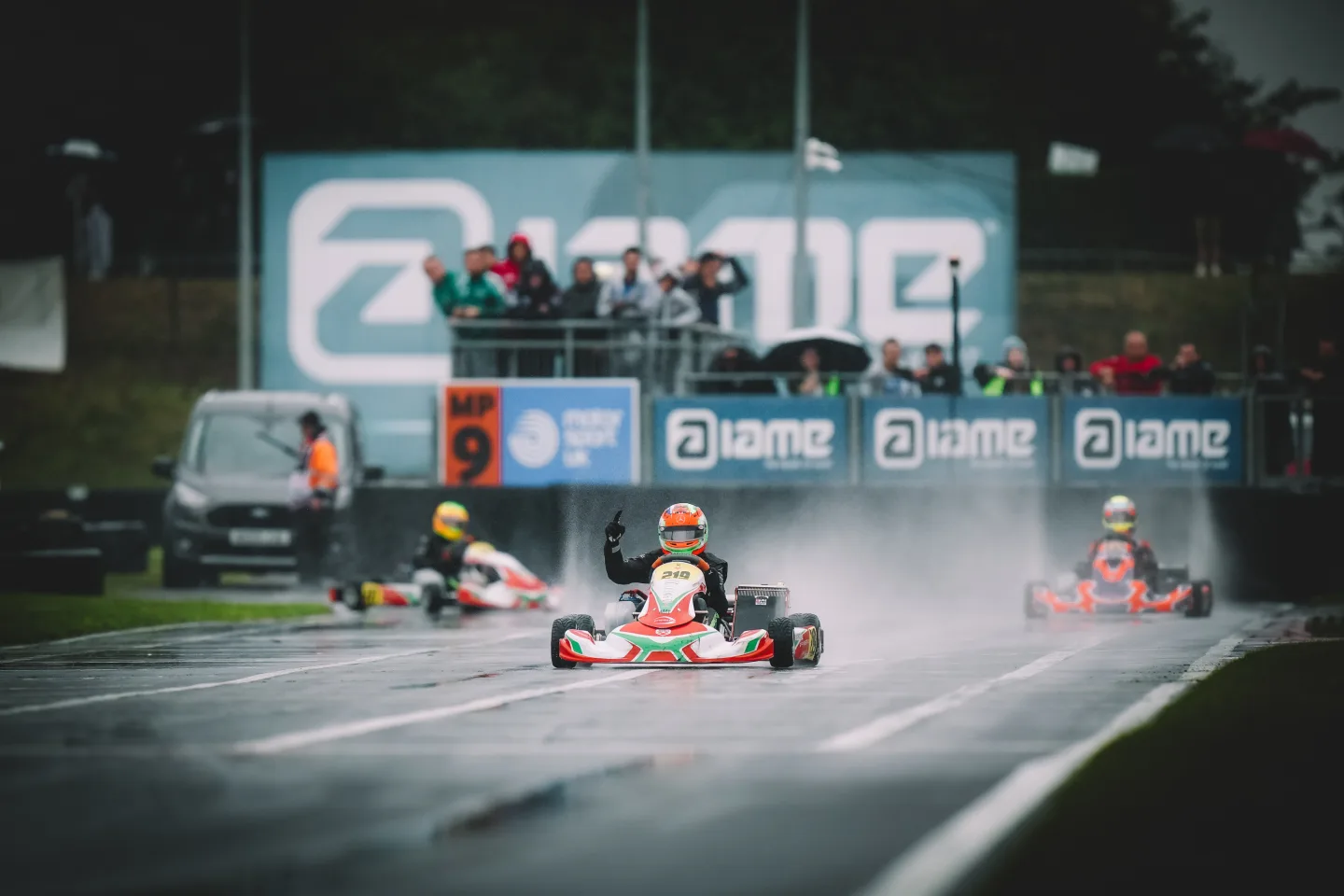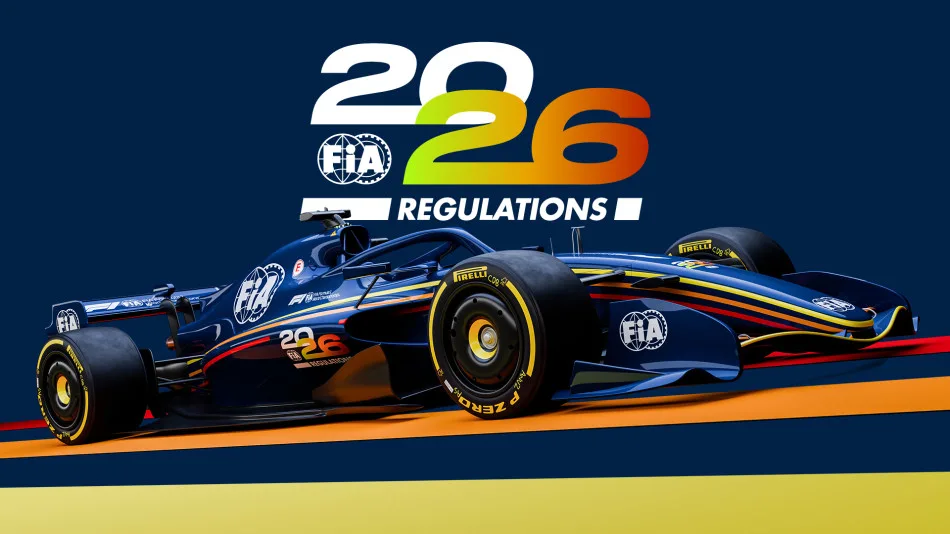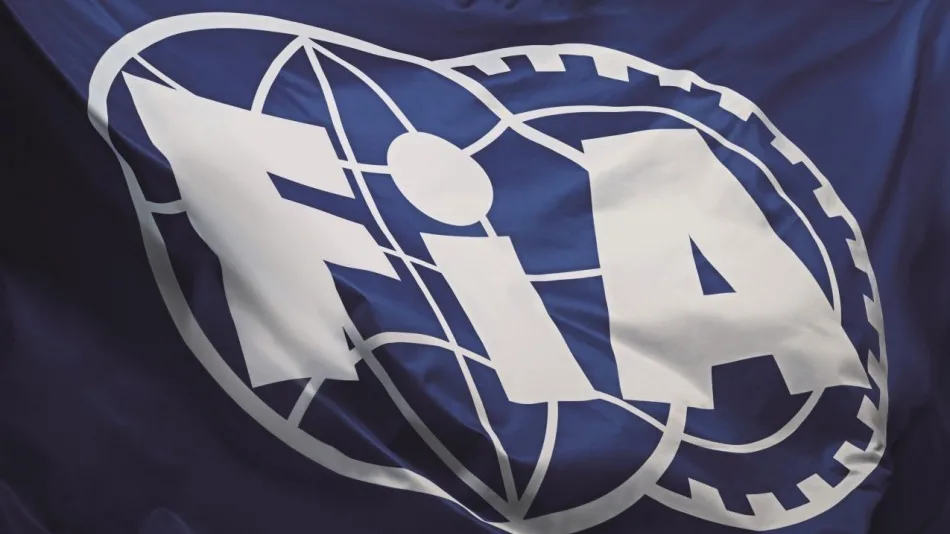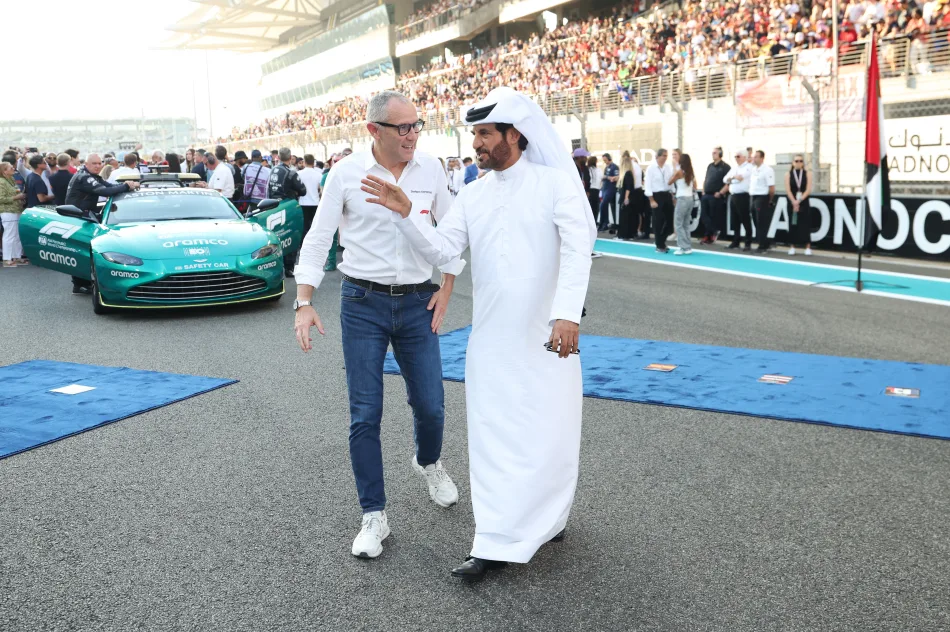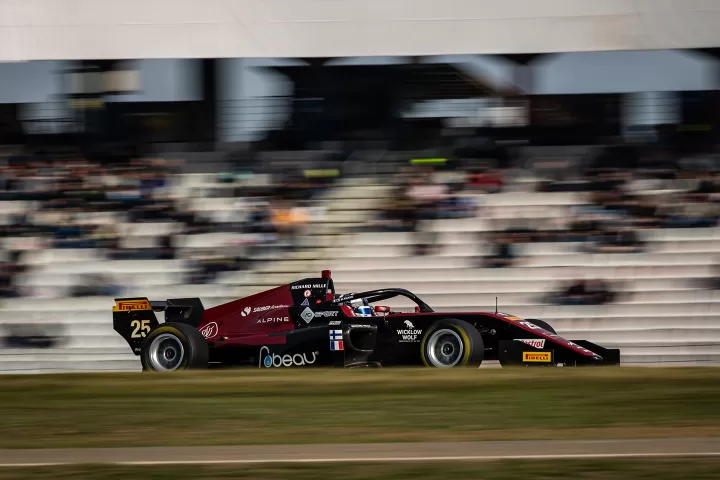FIA Formula One World Championship
Key takeaways
- 2024 FIA Formula One World Championship, with 24 races, was the longest in F1 history
- 2026 Regulations launched featuring ‘Nimble car’ concept aimed at promoting closer racing
- Expression of Interest process launched in previous years comes to fruition with confirmation that GM Cadillac will join the grid in 2026
The 2024 Formula 1 season will be remembered as one of the most exciting in recent history, featuring a mix of dominant performances, historic milestones, and fierce competition. With record-breaking attendance and intense battles on the track, fans were treated to a spectacle unlike any other.
Drivers’ Championship
Max Verstappen became just the sixth member of an elite club of drivers with four or more F1 world titles to their name.
At the start of the season, the Dutch driver’s path to a fourth consecutive title looked straightforward as he took a dominant win at the season-opening Bahrain Grand Prix and then stormed to six more wins across the first 10 races to establish a 69-point lead in the Drivers’ Championship. However, following the Spanish Grand Prix, his Red Bull Racing team was steadily reeled in by rivals. In all, seven different drivers would win races in 2024, making it the widest spread of winners since 2012. And with Ferrari’s Carlos Sainz and Charles Leclerc, McLaren’s Lando Norris and Oscar Piastri, and Mercedes’ Lewis Hamilton and George Russell all taking victories, by the end of Round 20, in Mexico, Verstappen had not won in almost four months.
However, the Dutchman continued to bank podium finishes throughout, and after a stunning wet weather drive from 17th on the grid to victory at the São Paulo Grand Prix handed him a first win since the Spanish Grand Prix, Verstappen was withing touching distance of the title. Three weeks later, a controlled drive to fifth place at the Las Vegas Grand Prix put Verstappen over the line and he became just the sixth driver in F1 history to claim four or more titles.
Constructors’ Championship
At the start of the season there was little to indicate that the trophy would be heading in any other direction than back to the defending champions, Red Bull Racing. However, a superb win for Lando Norris in Miami signalled that change was coming, and across the summer Red Bull’s defence faltered. McLaren seized the opportunity and following a 1-2 finish in Hungary, led by Oscar Piastri, the momentum swung firmly towards the British team.
Victories in the Netherlands and Azerbaijan pushed the team to the top of the Constructors’ standings for the first time and despite a later surge by Ferrari that took the title fight to the wire in Abu Dhabi, McLaren stayed the course to take a first Constructors’ Championship since 1998.
Regulations
At the first World Motor Sport Council (WMSC) meeting of 2024, the Council approved changes to the format of Sprint weekends. From the 2024 season onwards, Sprint Qualifying would take place on Friday, followed by the Sprint on Saturday. Qualifying for the Grand Prix would be scheduled for Saturday afternoon, before the conclusion of the race weekend with the Grand Prix on Sunday.
In May, the FIA and Formula 1 announced the development of a new strategic plan for the sport designed to capitalise on the opportunities present in F1 and further enhance the potential for growth in the years ahead.
On the occasion of the Canadian Grand Prix, the FIA launched the 2026 Regulations set to define the immediate future of the championship. Based around a ‘Nimble Car’ concept, the new generation of F1 cars are planned to be 30kg lighter, improving efficiency and handling. A redesigned power unit builds on the world’s most efficient engines with almost 300% more battery power and even split between Internal Combustion and Electric power. Also included is an active aerodynamic package designed to promote closer racing and a new Manual Override Mode, giving drivers extra 0.5MJ of energy in order to promote overtaking opportunities. In the area of sustainability, the 2026 cars are set to run on 100% sustainable fuel. The Regulations also provide for Improved safety through stronger structures and even tougher tests.
Track limits were in the spotlight at the Austrian Grand Prix in late June where the FIA introduced key circuit changes designed to provide clarity for drivers and to make detection of infringements easier for officials. The innovations, principally involving the installation of gravel strips behind kerbs as a natural deterrent and the application of clear white and blue line to delineate when a car is fully off track, were a significant success and have since been implemented at other circuits where track limit violations are a particular issue.
In November, at the Qatar Grand Prix, all of the F1 drivers, team representatives and FIA Race Control officials met with FIA Formula 1 Stewards for constructive dialogue on the future evolution of driving guidelines and stewarding at the pinnacle of motor sport.
Led by Chairman of the FIA Stewards in Formula 1, Garry Connelly, the purpose of the meeting was to define the rights and responsibilities of a driver who performs an overtake and those of the driver being overtaken, and to thus encourage wheel-to-wheel racing in a safe and controlled manner and as well as to advance consistency of Stewards’ decisions.
Elsewhere, at the WMSC meeting in Kigali, Rwanda in December, ‘Heat Hazard’ Regulations mandating the use of a driver cooling kit under extreme weather conditions were introduced. This device was developed in collaboration between the FIA and the F1 teams across 2024.
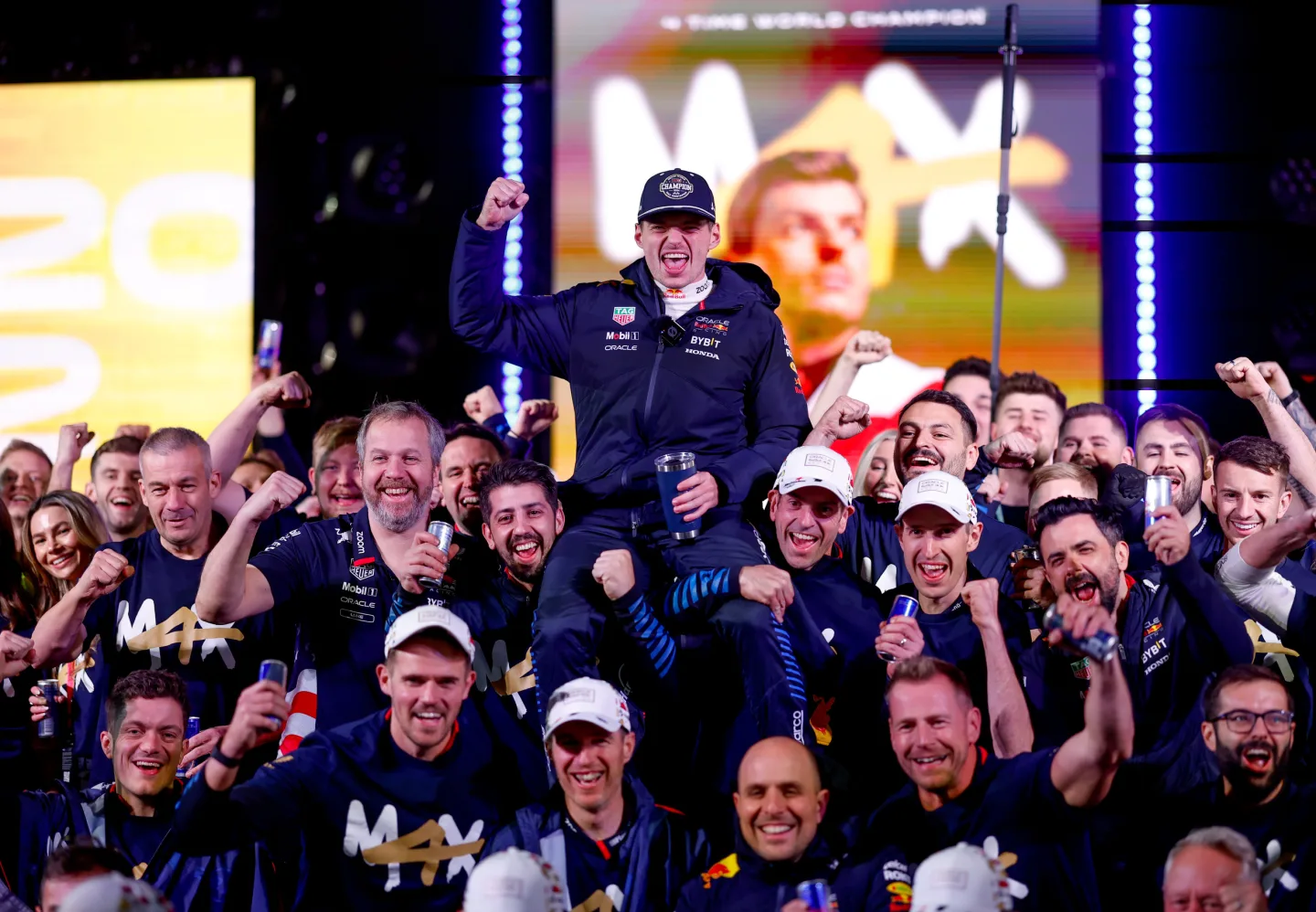
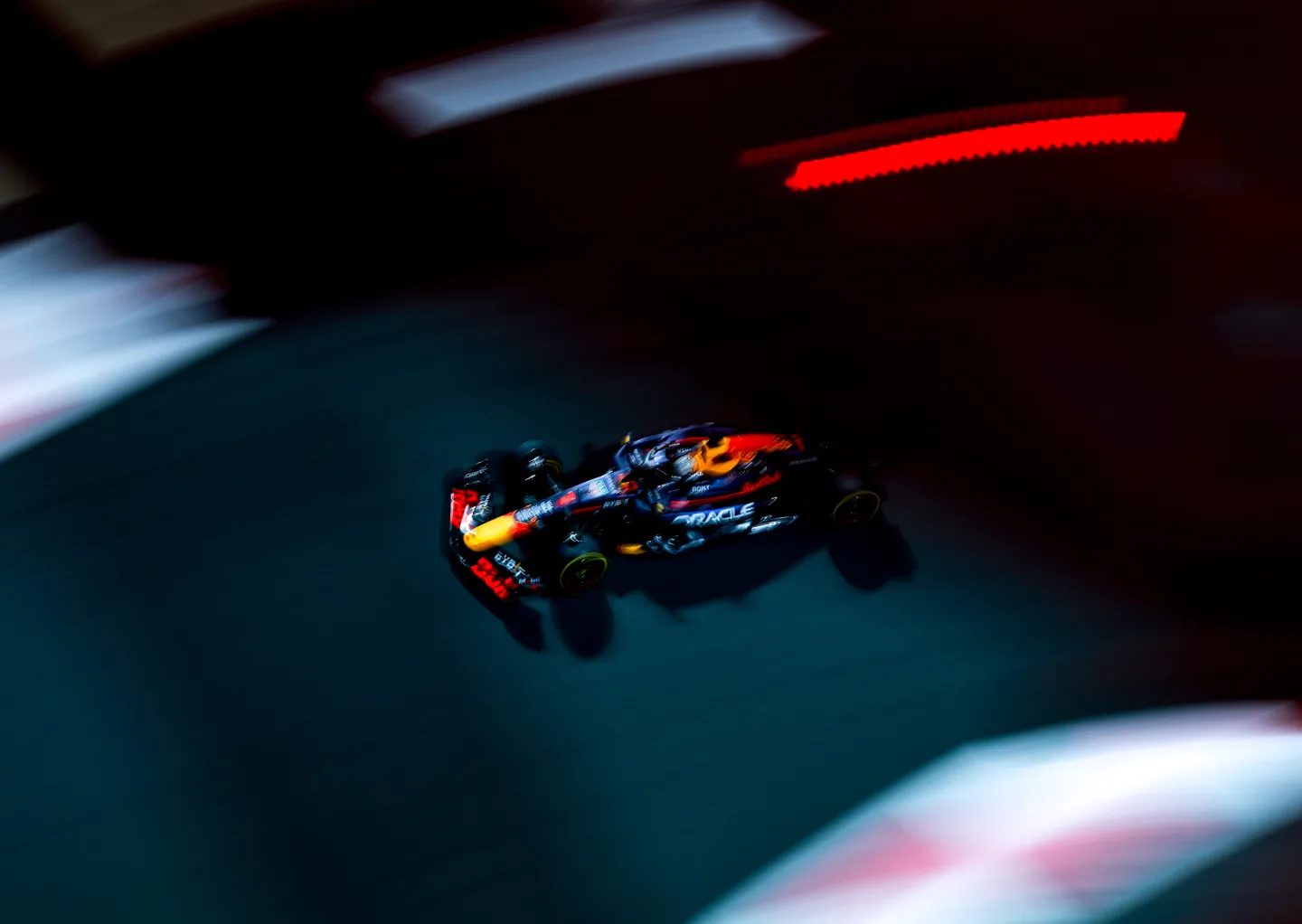
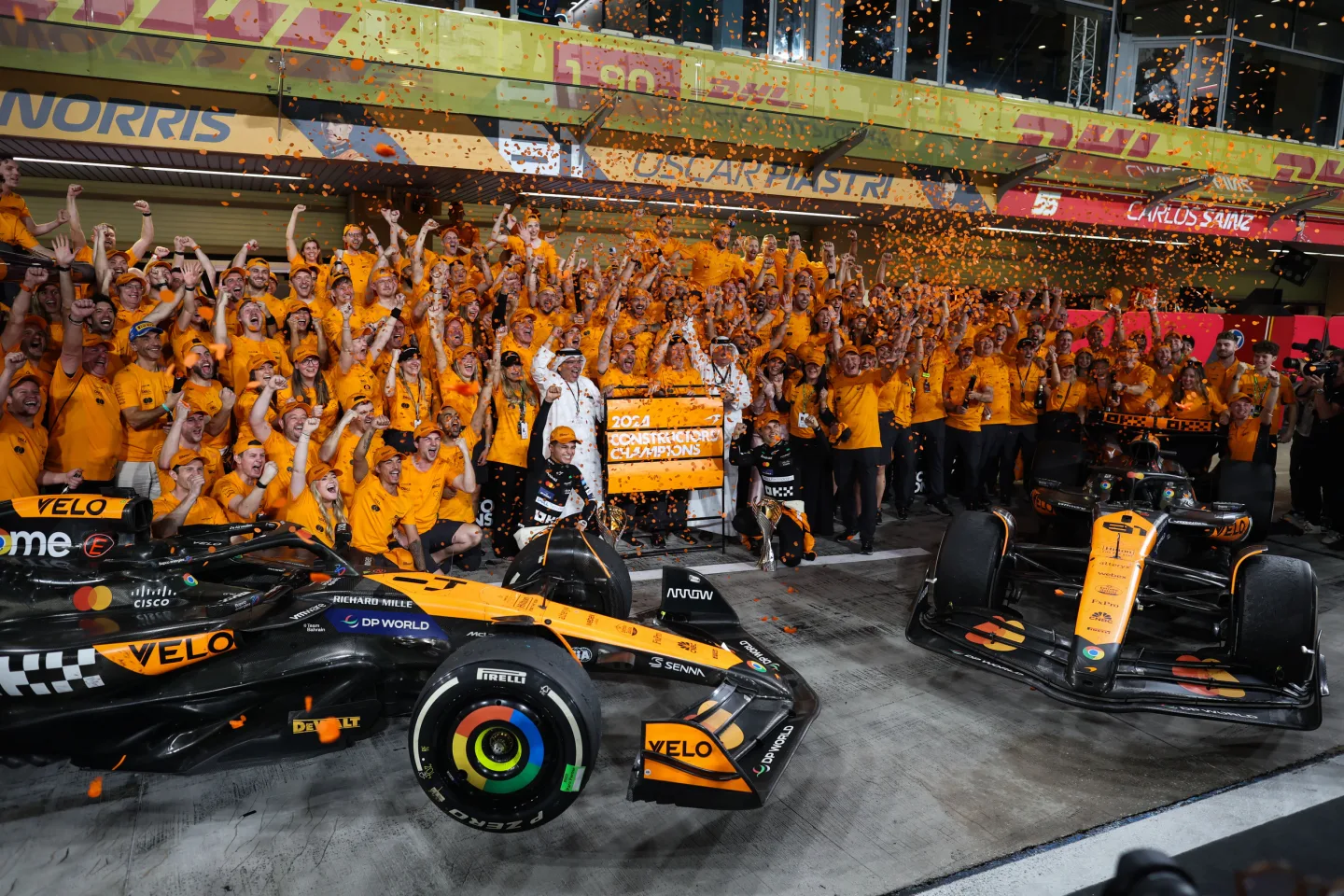
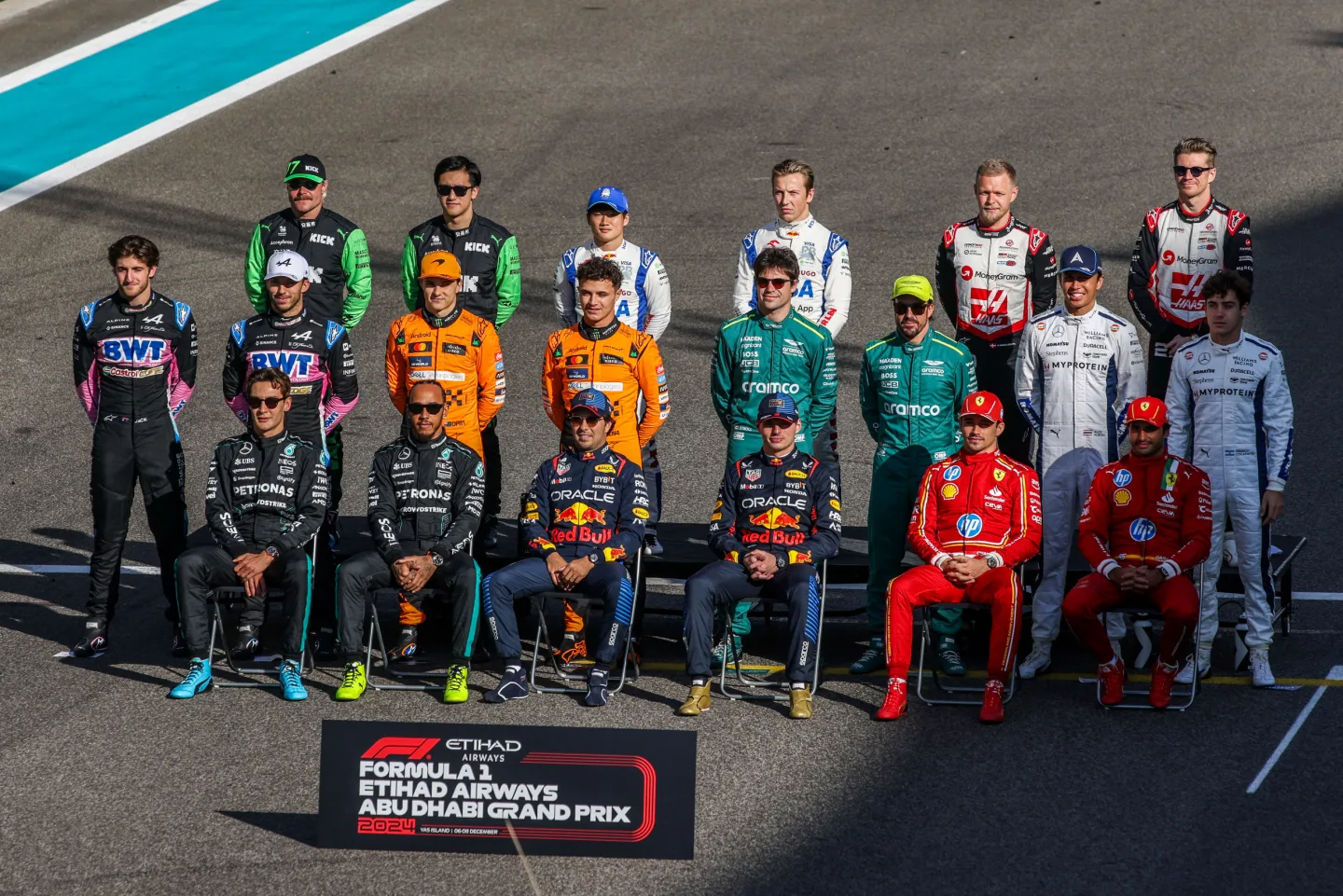
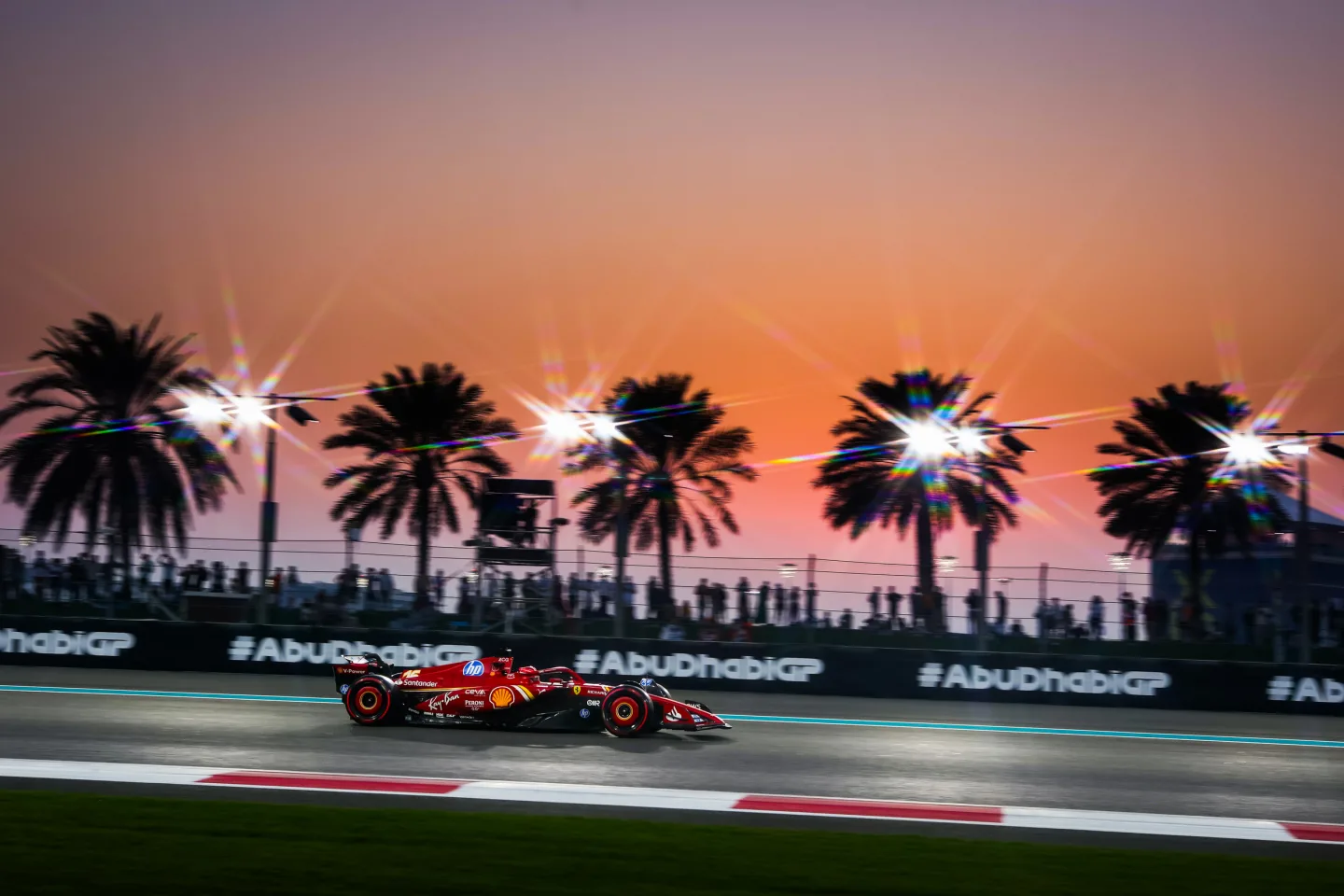
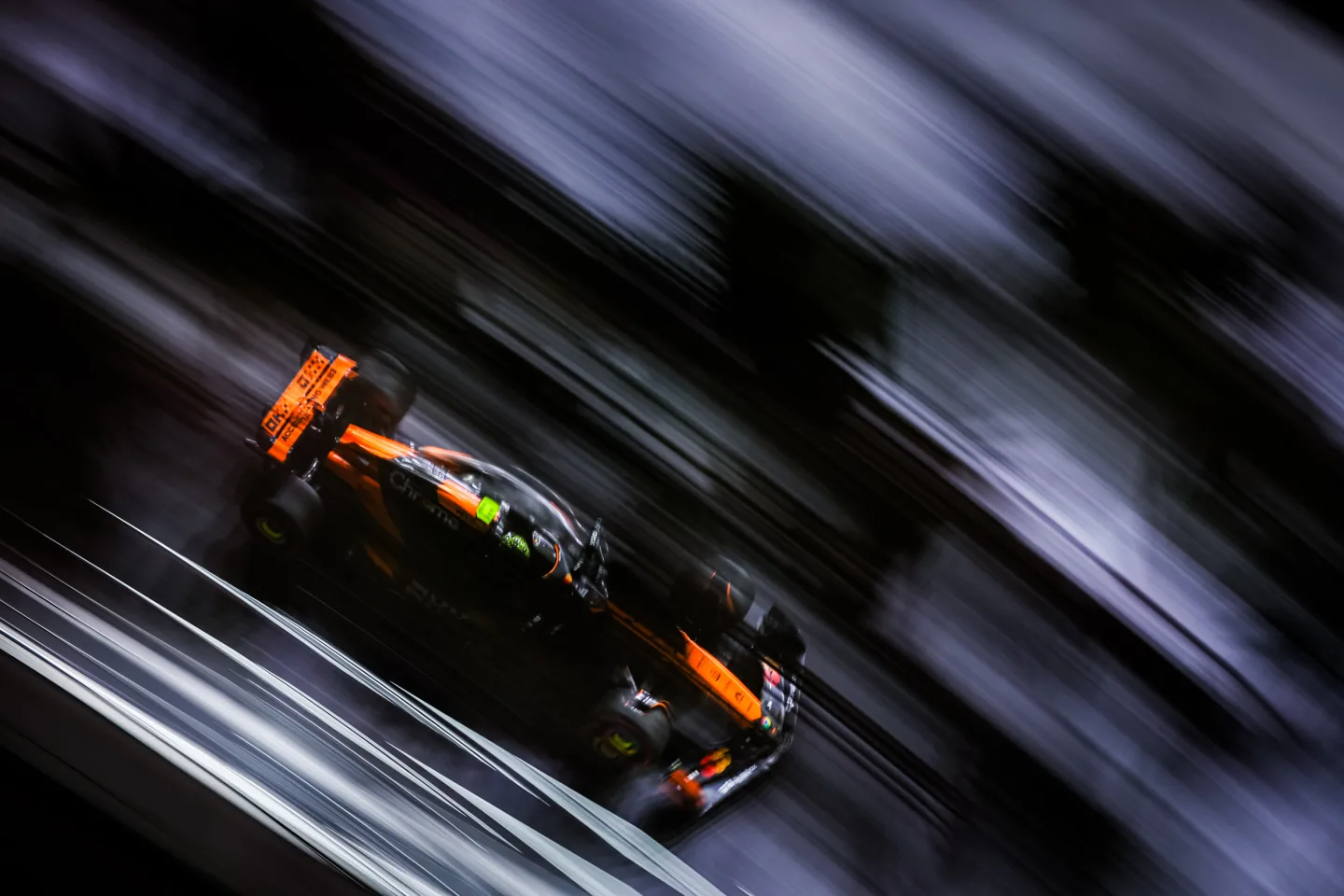
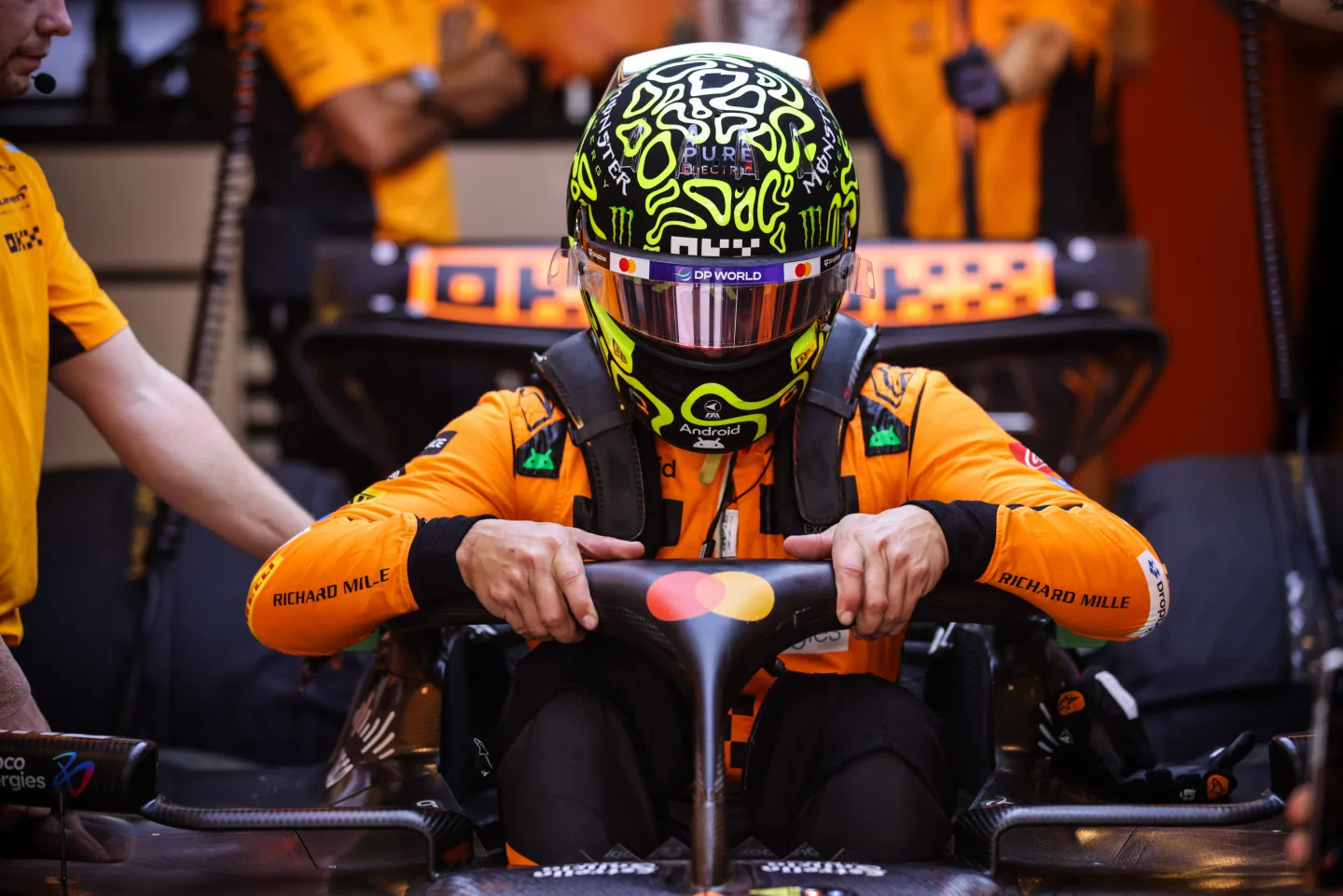
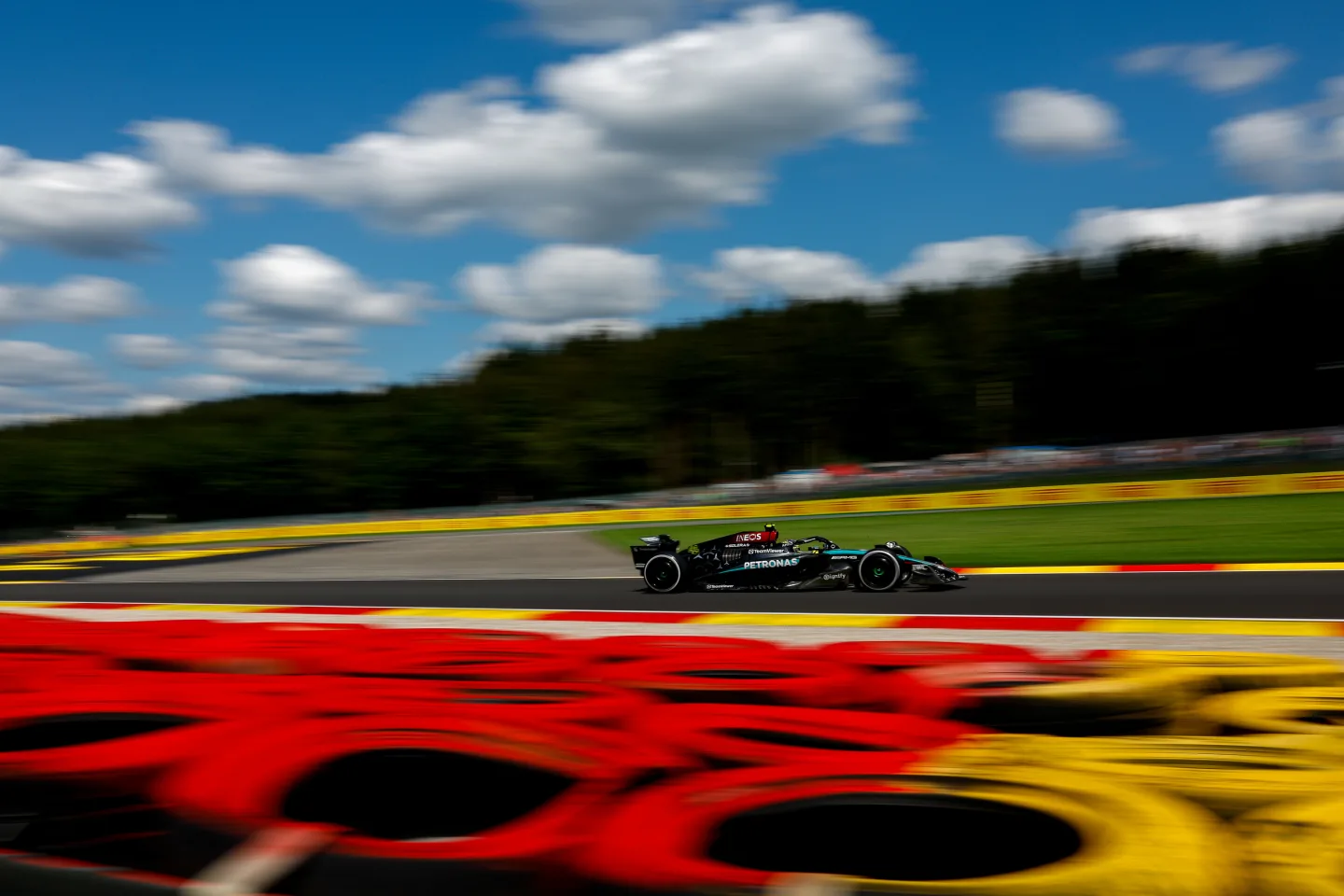
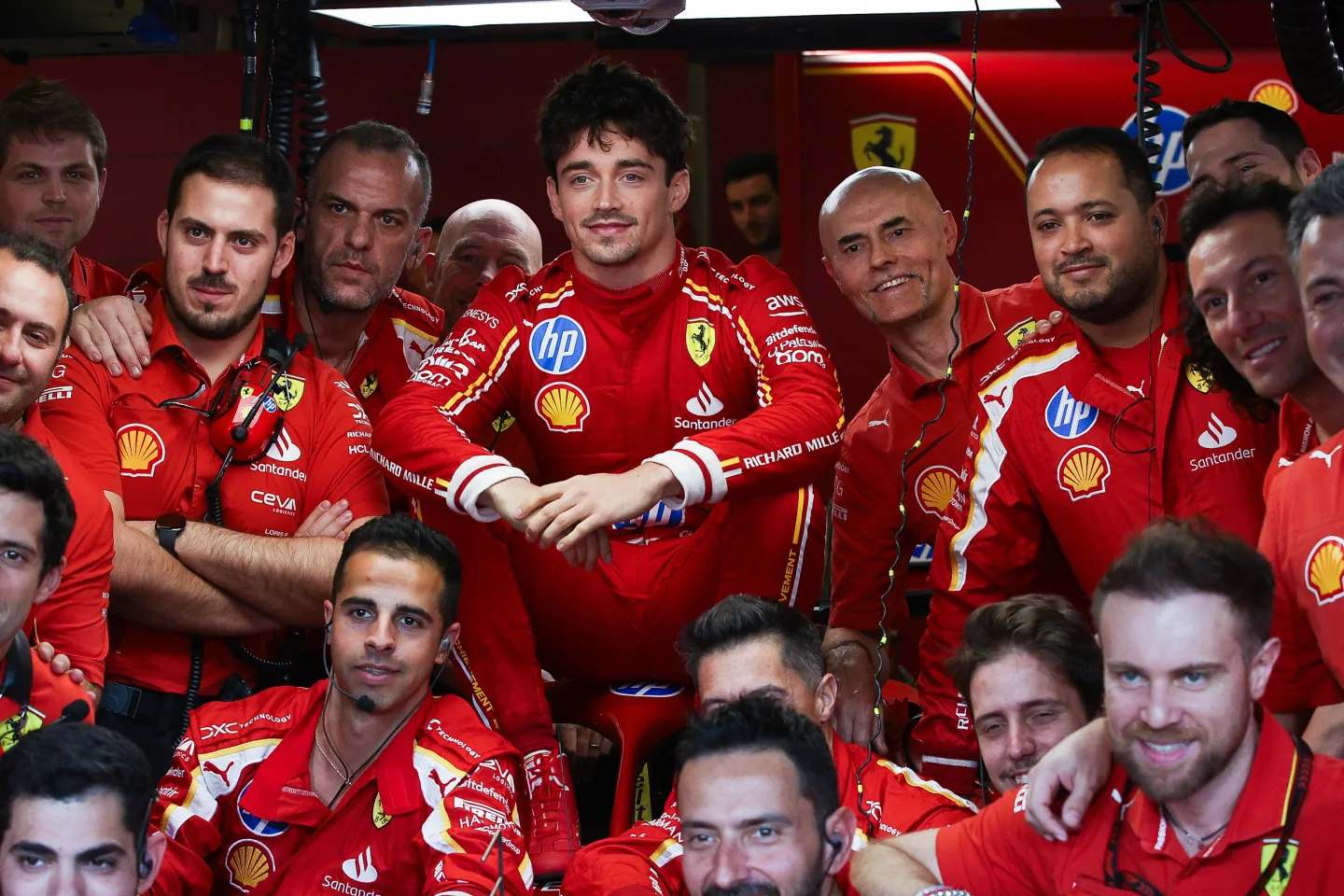
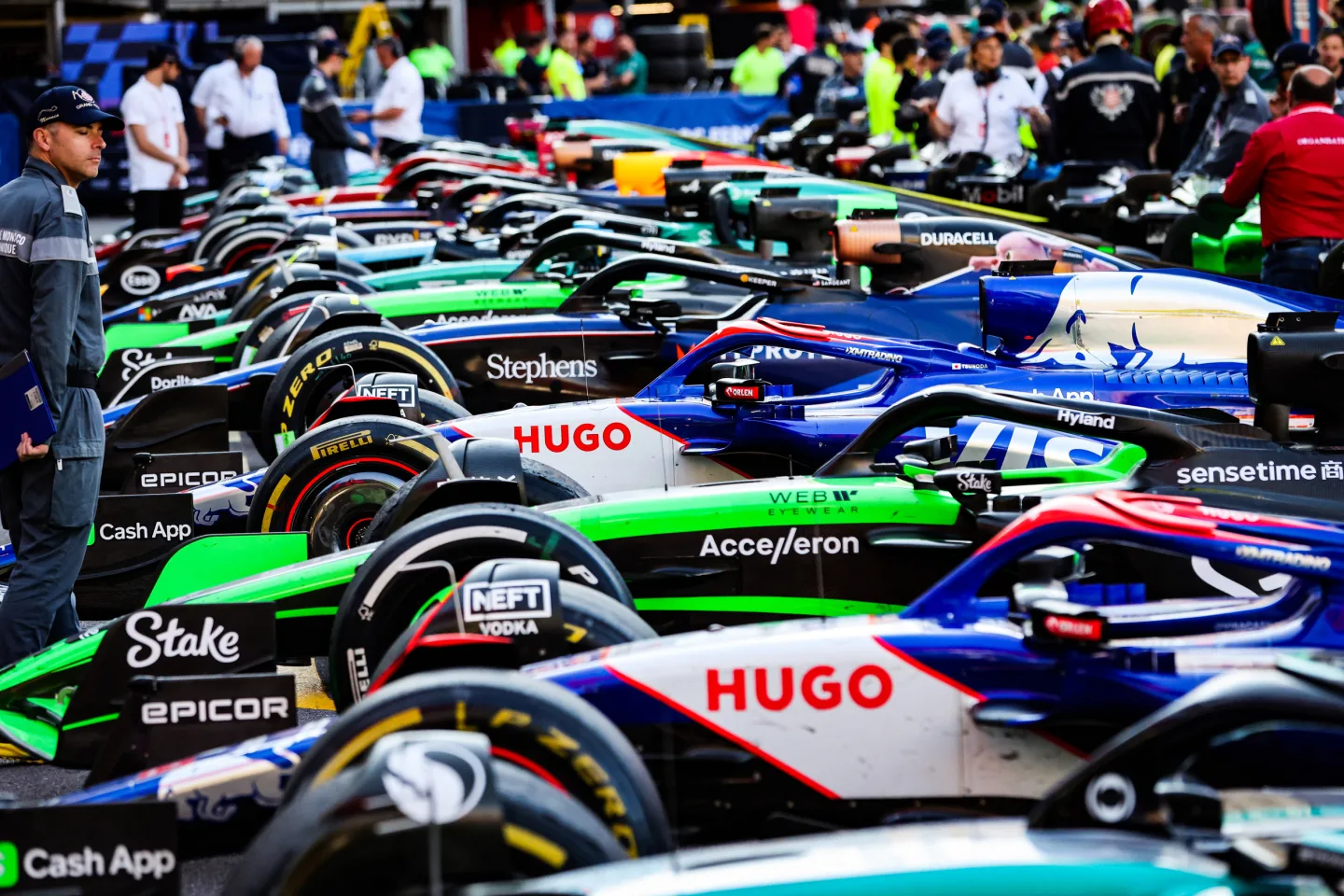
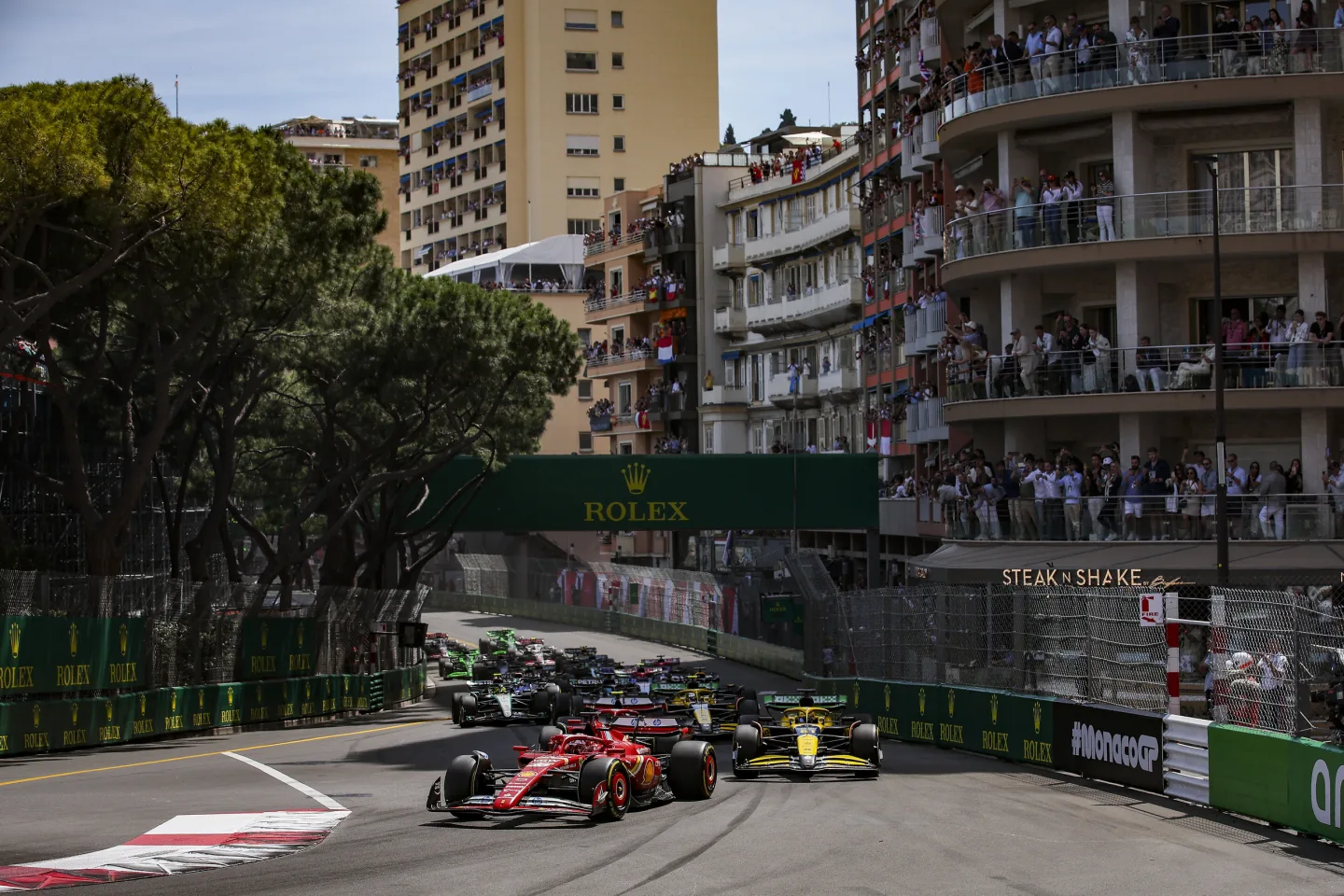
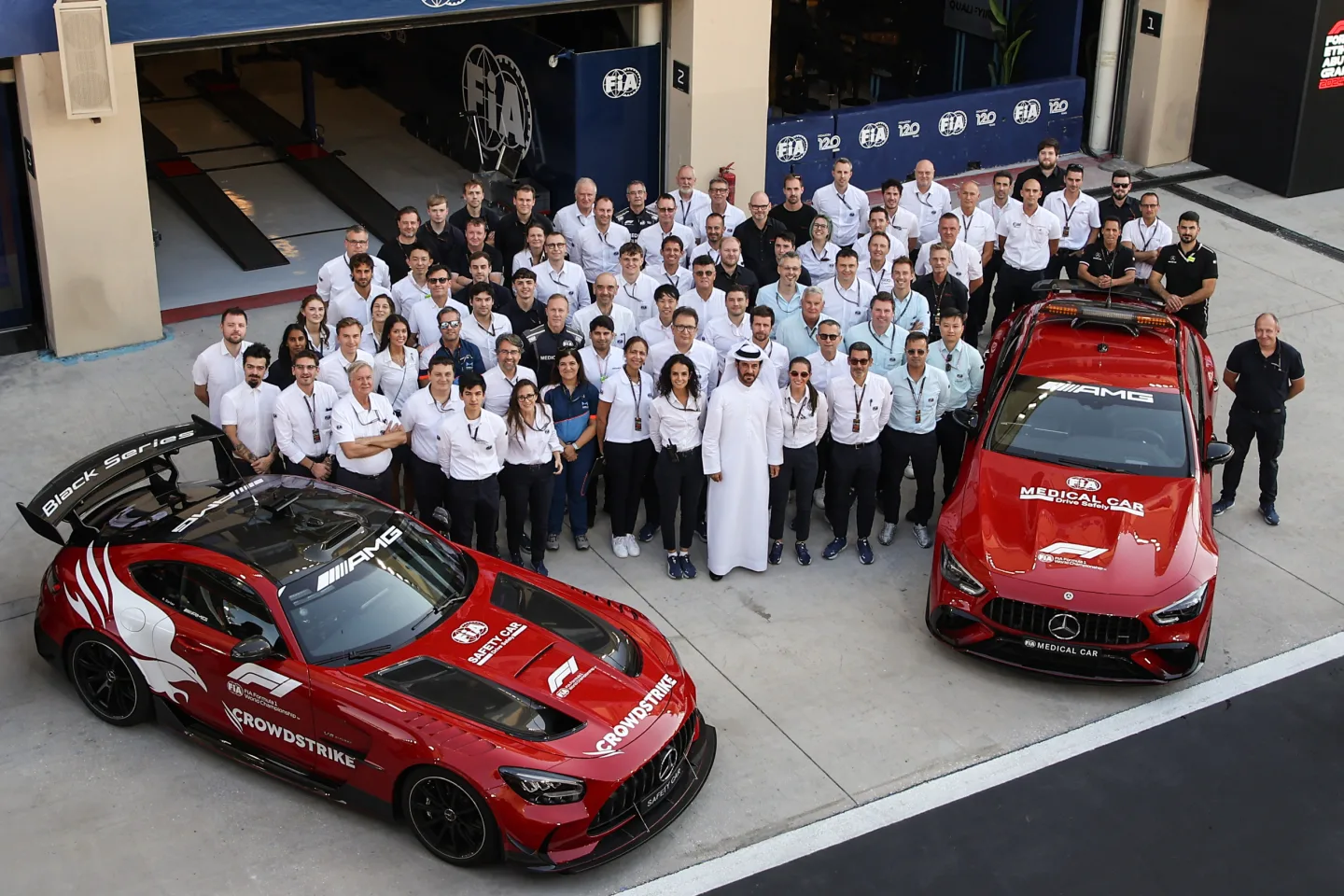













F1 – Ringing the changes: How the FIA is finding the limit at the Red Bull Ring thanks to key circuit updates
ABB FIA Formula E World Championship
Key takeaways
- The ABB FIA Formula E World Championship celebrated its tenth season of competition.
- Final year of GEN3 cars ahead of the introduction of GEN3 Evo machinery in Season 11 (2024-’25).
- Tokyo E-Prix held for the first time, and also the first time the roads of the Japanese capital have been closed for a public road race.
- Both 2023-’24 ABB FIA Formula E World Championships titles go to the wire at the final double-header in London. Pascal Wehrlein crowned champion, Jaguar win Teams’ title.
- Development of Pit Boost fast charging feature continued.
The 2023-2024 season of the ABB FIA Formula E World Championship marked the tenth season of the all-electric single seater series designed to showcase sustainable mobility by racing through the streets of the most iconic cities in the world.
Season 10 featured the return to the calendar of the Chinese city of Shanghai for the first time since the COVID-19 pandemic, as well as the introduction of the Tokyo E-Prix. It was the first time that public roads in the Japanese capital were closed for a public road race and FIA World Championship event. Both events were a resounding success with the Shanghai E-Prix also playing host to a dedicated event for major Chinese manufacturers, including Xiaomi, BYD, LYNK & CO, Zeekr and IM Motor, for an access-all-areas insight into the future of electric single-seater racing.
Both ABB FIA Formula E World Championships for Drivers and Teams were decided at the final double-header event in London. Victory on the opening day in the British capital and second place 24 hours later were enough to see Tag Heuer Porsche driver Pascal Wehrlein crowned champion ahead of Jaguar rivals Nick Cassidy and Mitch Evans. Jaguar were successful, however, in beating Porsche to take the Teams’ title for the first time.
Whilst the 2023-2024 campaign saw the GEN3 car complete its second season, its evolution, the GEN3 Evo race car, due to be introduced in Season 11 (2024-2025), was presented ahead of the Monaco E-Prix. Featuring all-wheel drive — which is set to be available for the first time in the series during qualifying ‘Duels’, race starts and Attack Mode activations — as well as enhanced aerodynamics and all-weather, more sustainable Hankook iON tyres, the new car will mark another significant step forward.
The 2023-2024 season also saw the FIA and Formula E continue the development of Pit Boost, the fast-charging feature due to be introduced in Season 11 (2024-2025) as part of the Championship’s commitment to showcase technologies enabling race to road transfer.
With Maserati, Nissan, Jaguar, Porsche and Lola committed to GEN4, the next era of Formula E is set to debut in Season 13 (2026/27). This exciting next chapter will continue to establish the ABB FIA Formula E World Championship as a pioneer in electric motor sport and a catalyst for innovation in the automotive industry.
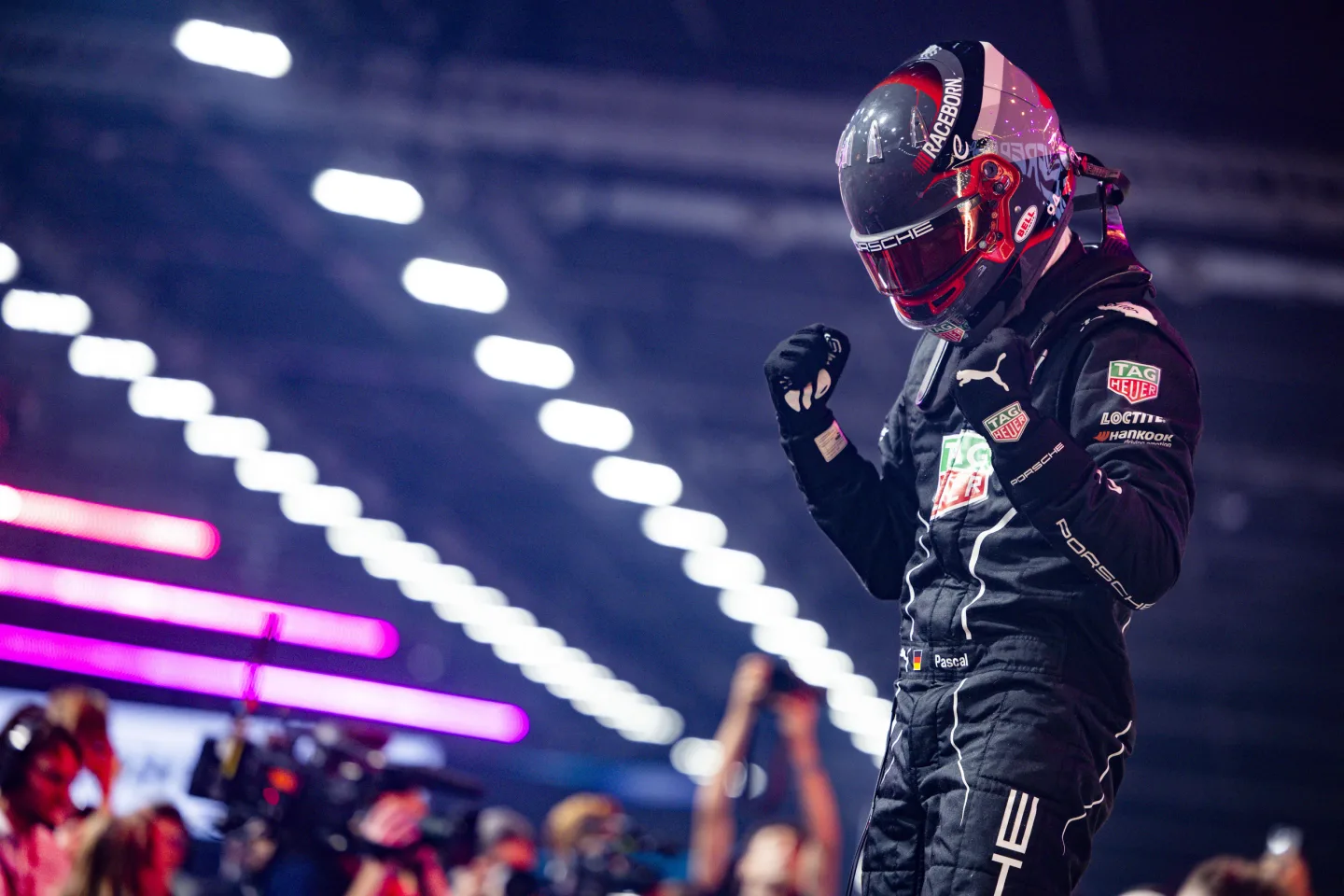

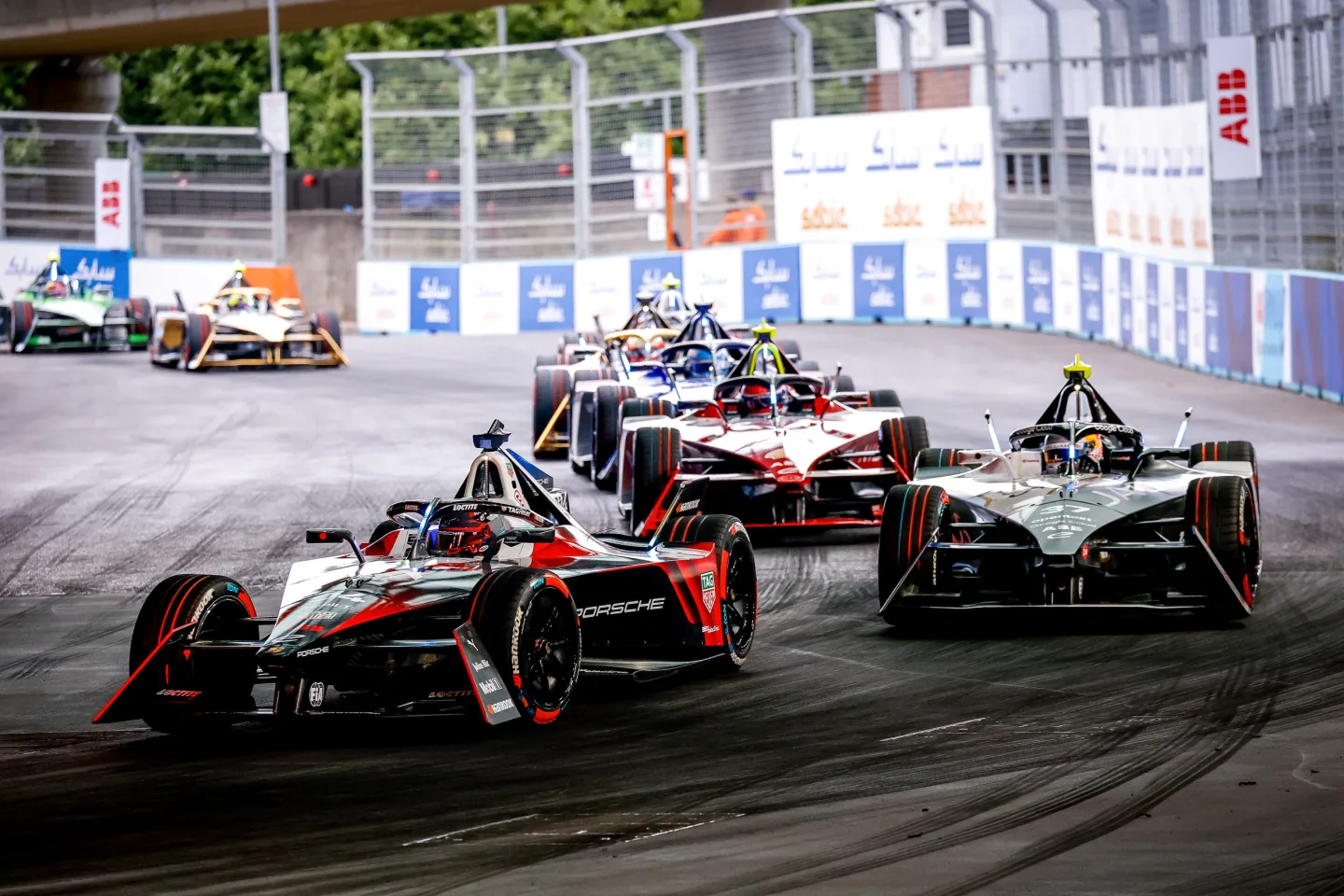
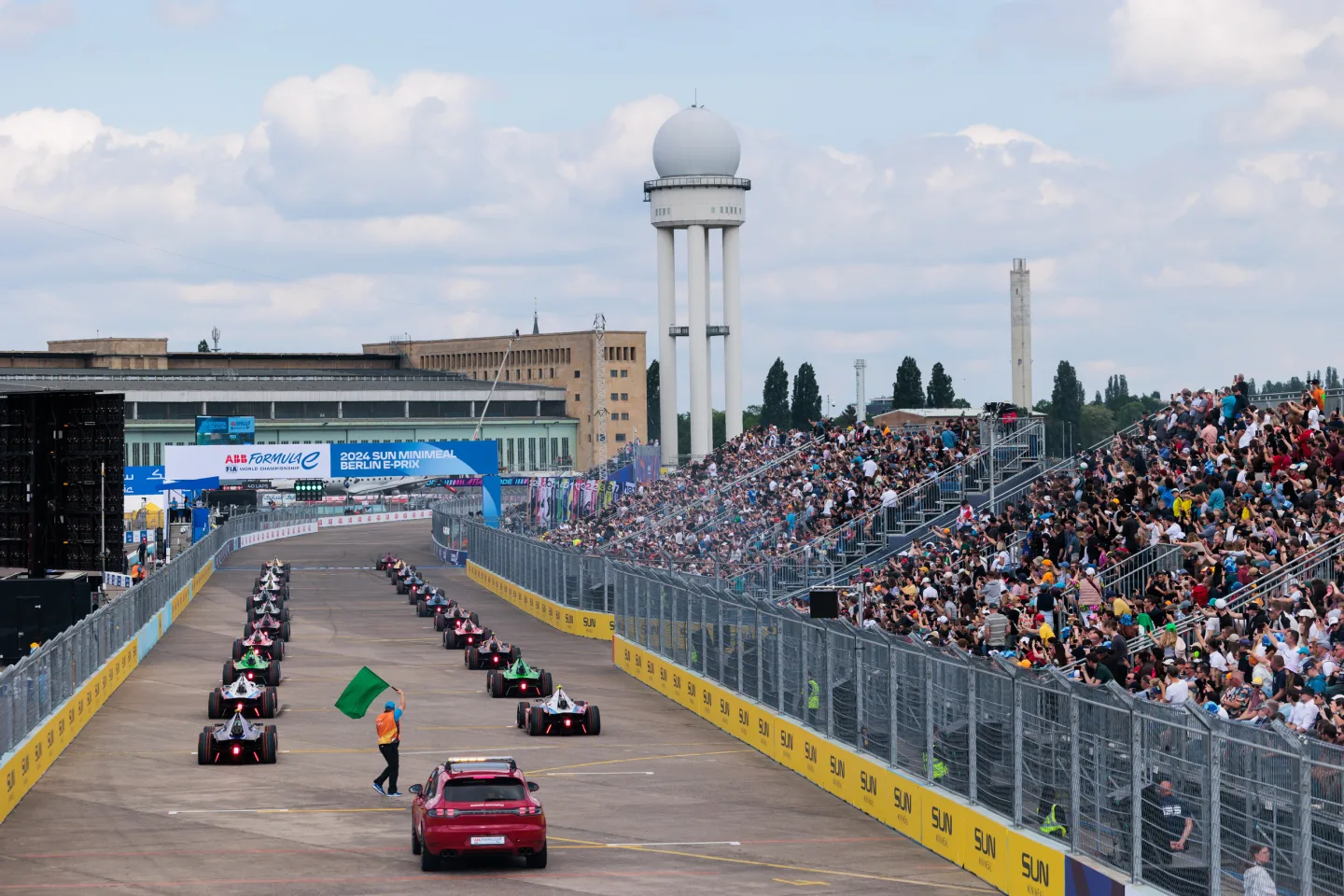
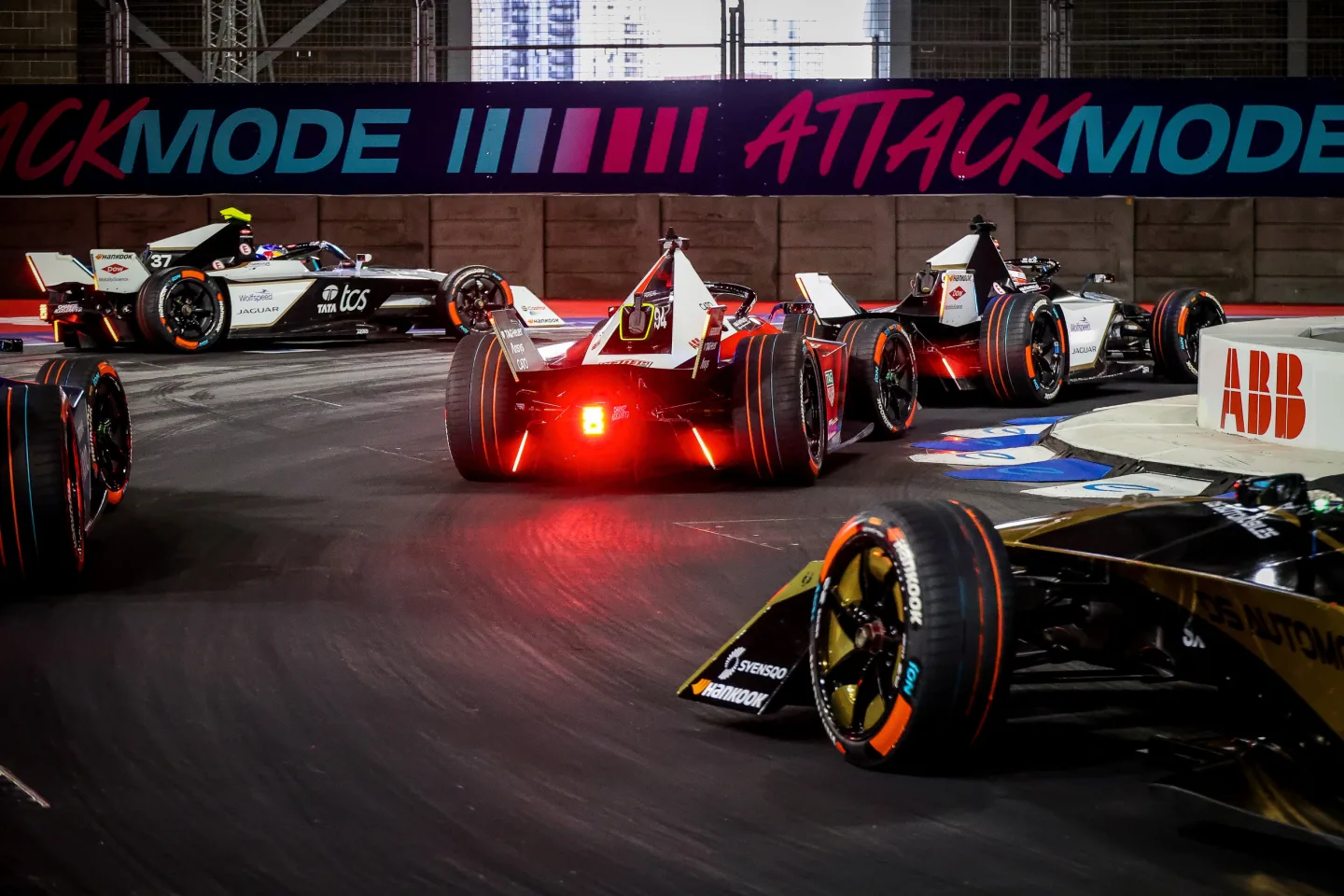
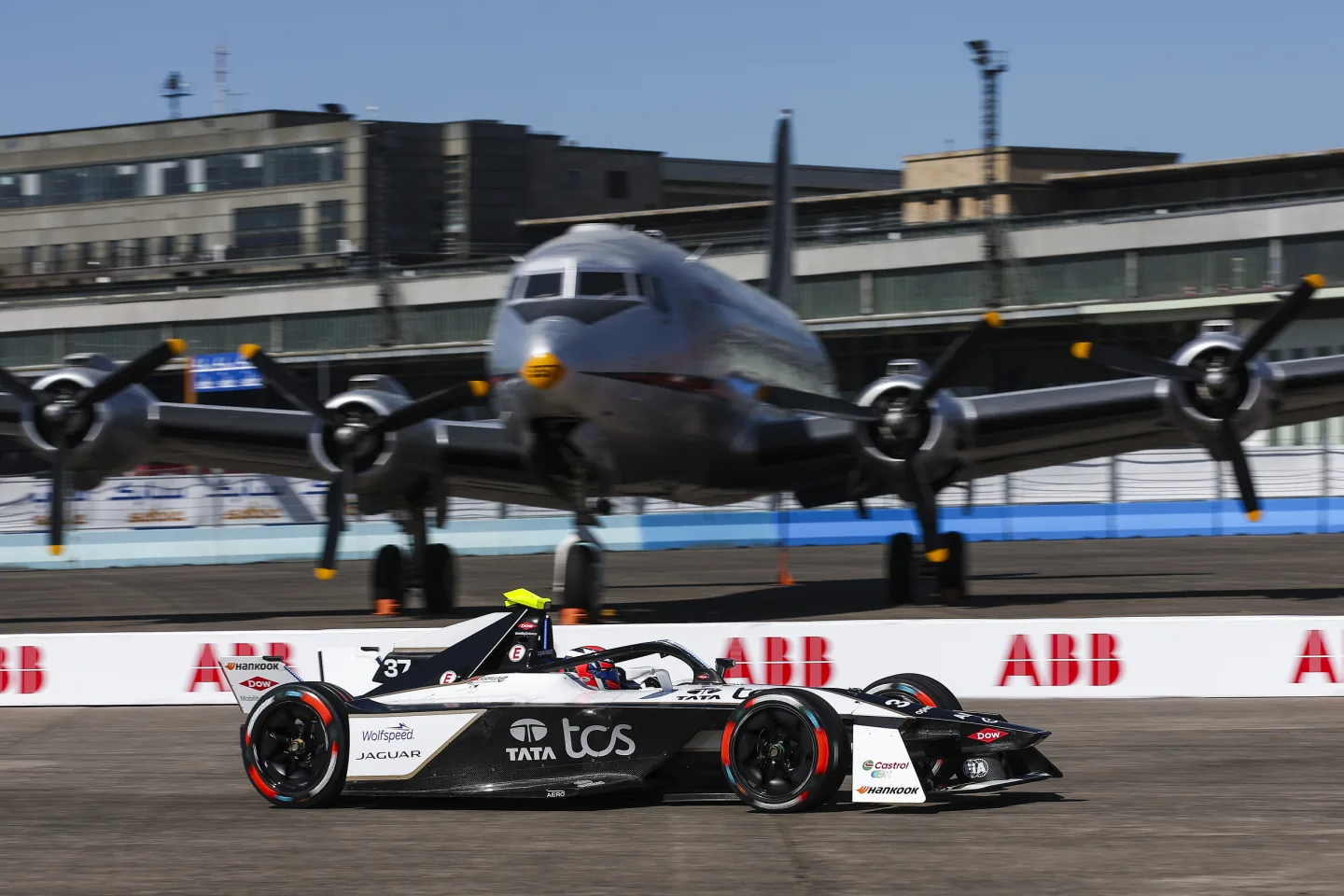
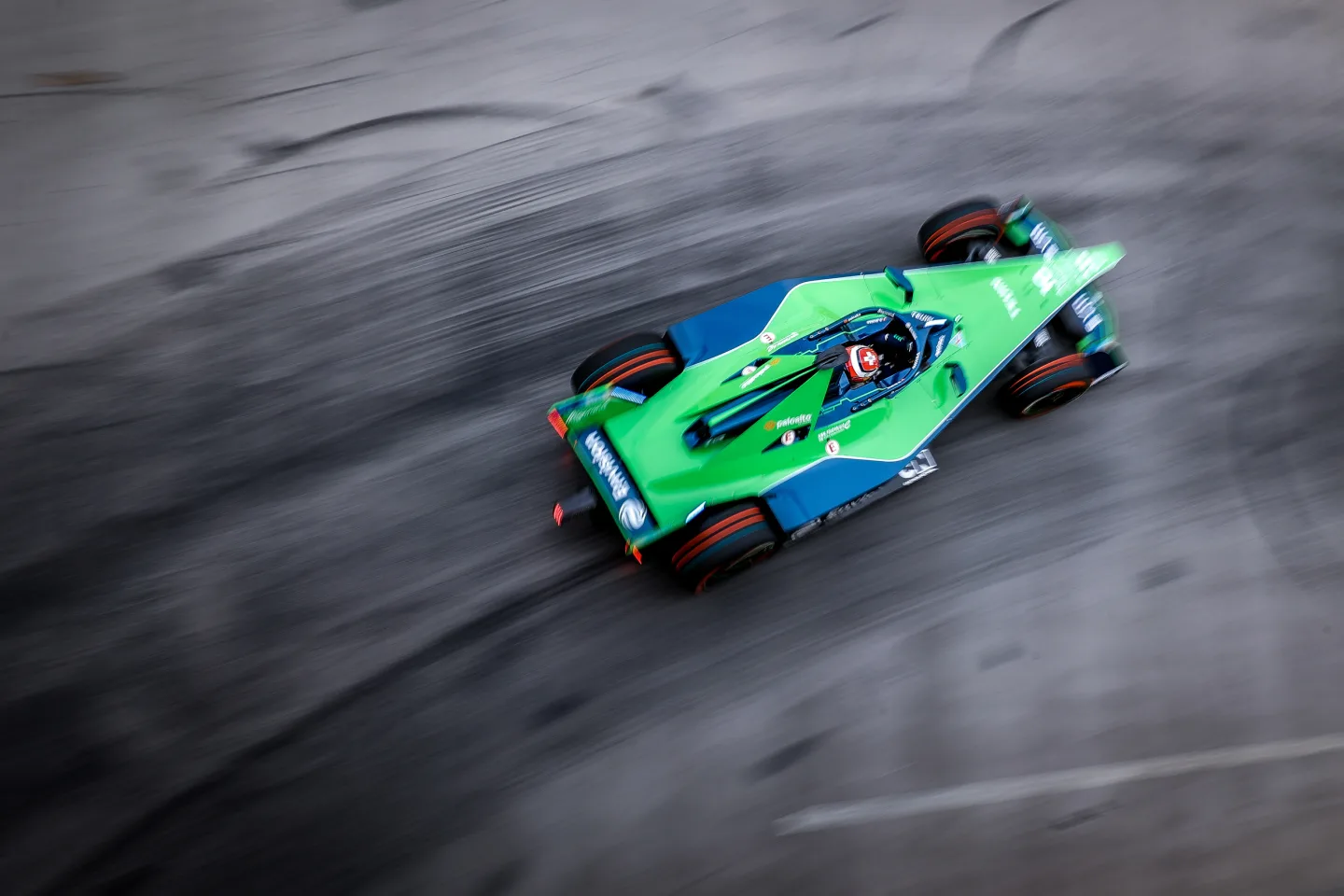
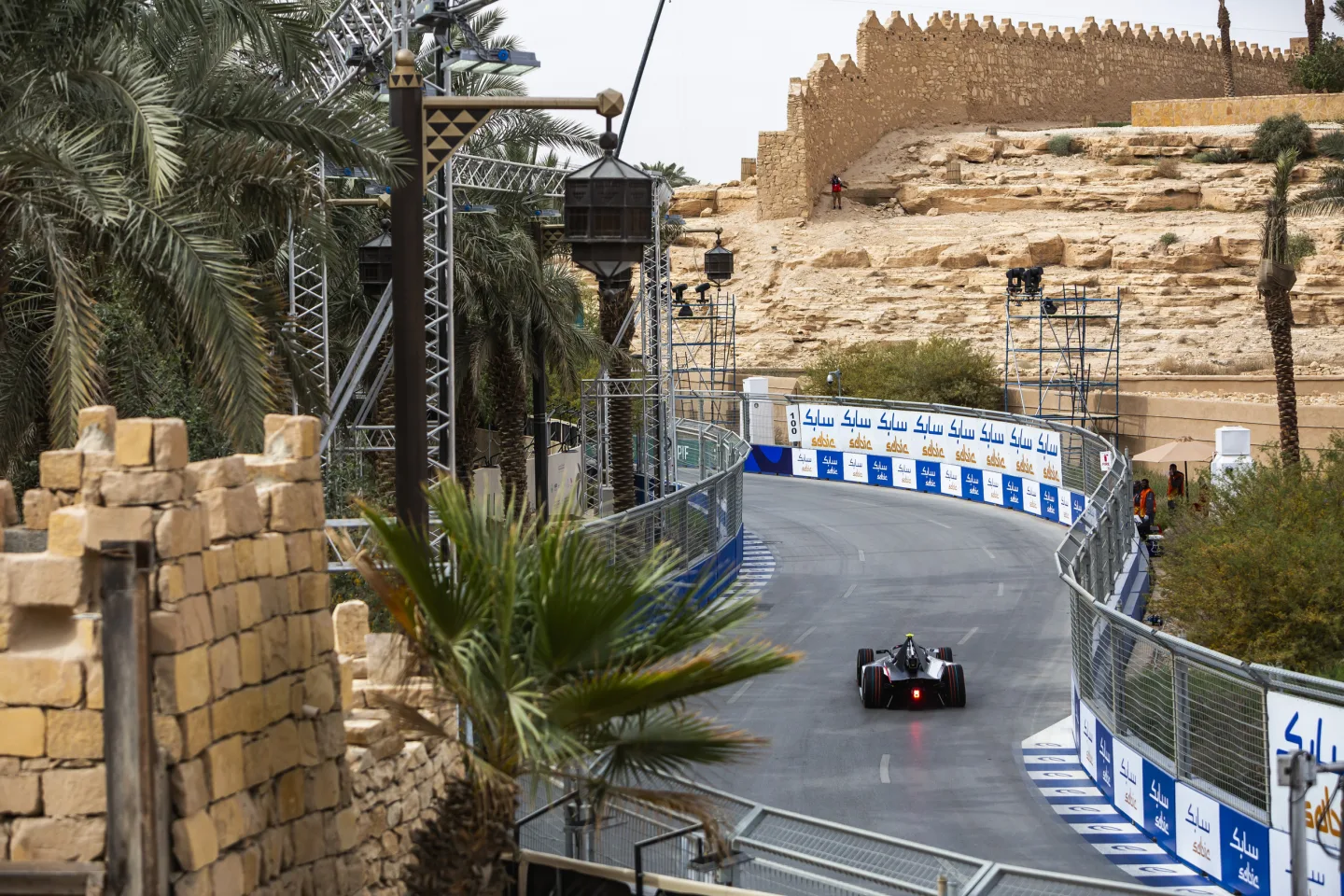
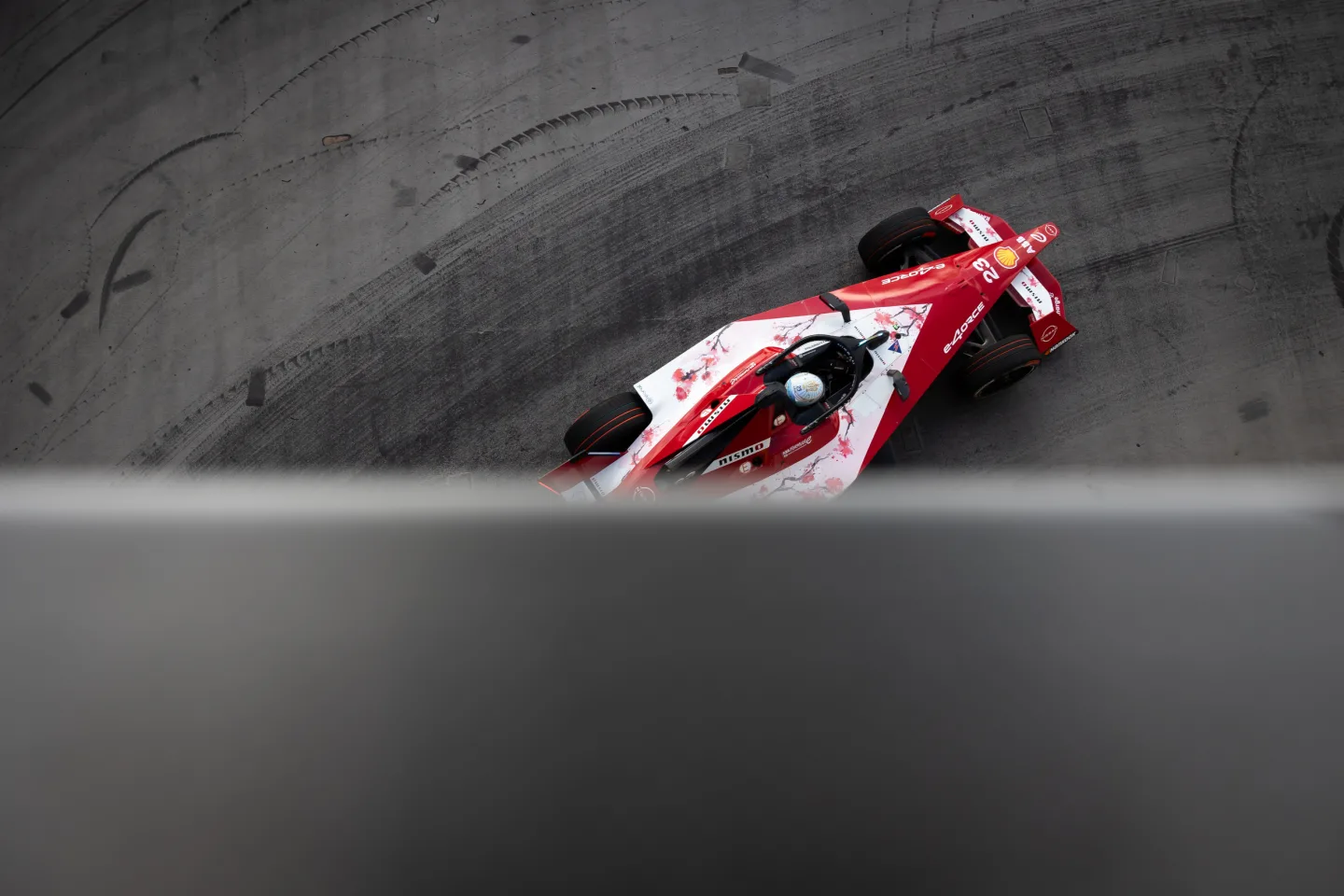
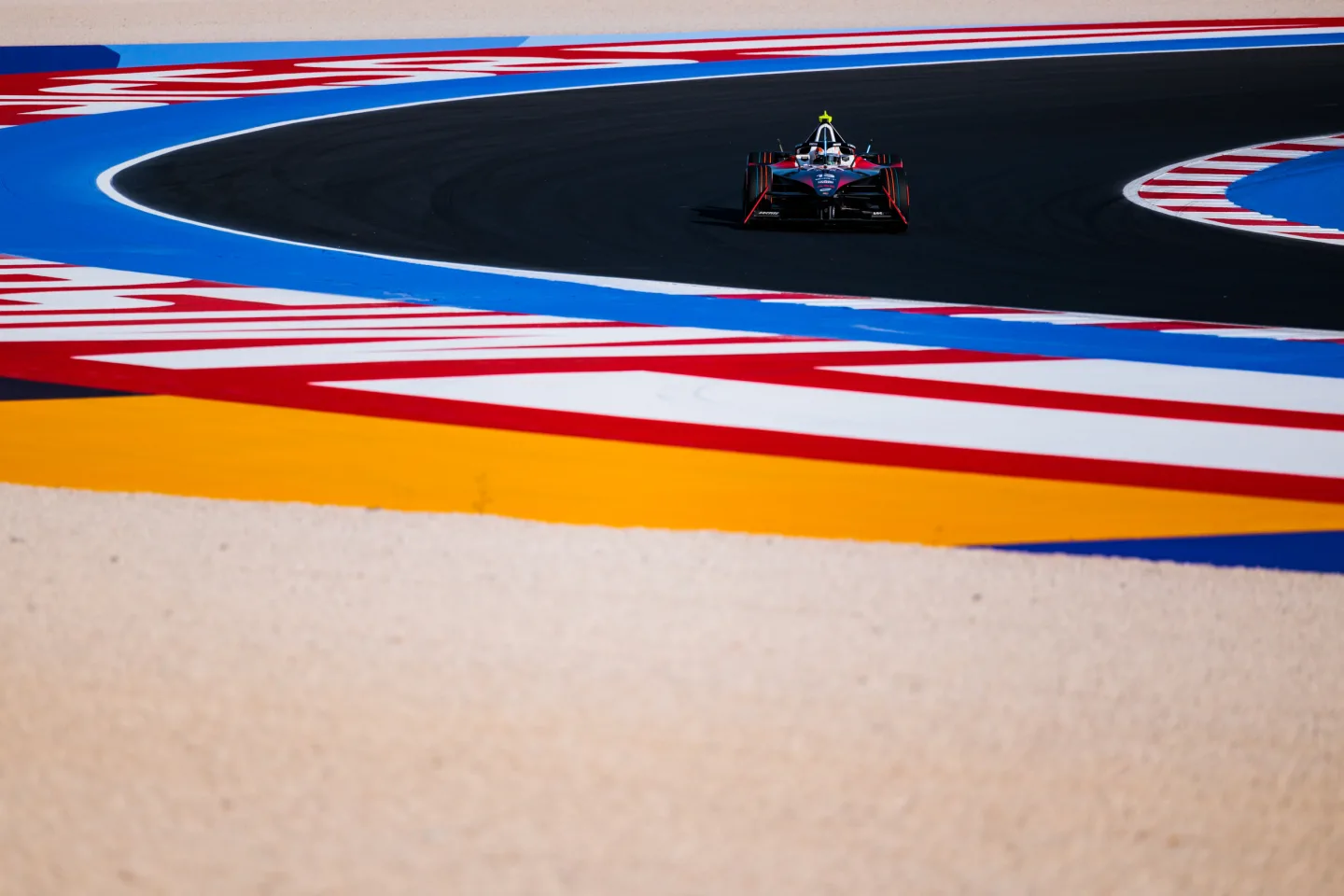










FIA World Endurance Championship
Key takeaways
- Record 19 Hypercar class cars take part in full 2024 season .
- LMGT3 class introduced to replace LMGTE, with 18 cars entered for the full campaign.
- LMP2 class phased out.
- World Endurance Championship calendar grows to eight events with arrival of Qatar Airways Qatar 1812Km.
- Balance of Performance (BoP) continues to provide level playing field.
In 2024, the FIA World Endurance Championship continued to grow, building on the momentum achieved with the introduction of the Hypercar class in 2021. And entering its fourth season, the top class was firmly established as the pinnacle of Endurance Racing worldwide, attracting an ever-increasing number of manufacturers.
With a proven set of Technical Regulations drawing the world’s top automotive brands, the focus for 2024 shifted to redeveloping other areas of the World Championship.
The number of classes was reduced from three to two, with LMP2 making way and LMGTE-spec cars being replaced by machinery built to GT3 regulations, competing in a class labelled as LMGT3.
Since its introduction in 2006, GT3 has become one of the most successful customer racing platforms in the world. Currently, there are approximately 20 different GT3 models with valid FIA homologation, and it is estimated that over 1,300 of these cars are racing in numerous series around the globe. The inclusion of GT3 provides WEC with a variety of makes and models unseen at World Championship-level GT racing to date, as well as offering a car suited to drivers of all experience levels.
Across both Hypercar and LMGT3 classes, a record number of manufacturers were registered, with the full-season entry list featuring marques such as Alpine, Aston Martin, BMW, Cadillac, Corvette, Ferrari, Ford, Isotta Fraschini, Lamborghini, Lexus, McLaren, Peugeot, Porsche and Toyota. Overall, the full season entry featured: 19 Hypercar-class cars and 18 LMGT3 cars.
The calendar also grew in 2024 with the addition of a successful season-opening round at Qatar’s Lusail Circuit. Austin’s Circuit of the Americas and São Paulo’s Circuit Interlagos also made long-awaited returns to the schedule.
The flagship 24 Hours of Le Mans event was the traditional highlight of the season, with over 330,000 spectators in attendance and a total of 62 cars taking the start (23 Hypercars, 16 LMP2 prototypes and 23 LMGT3s).
The WEC’s Balance of Performance continued to provide a level playing field for cars of very different technical architectures and the success of the formula was evidenced by the top nine cars at Le Mans all finishing on the same lap after 24 hours and more than 4,200 kilometres of racing action.
Season Snapshot
After more than 12,000 kilometres of racing action across Europe, Asia, the Americas, and the Middle East — spanning eight gruelling races varying in duration between six and 24 hours — the #6 Porsche crew of Kévin Estre, André Lotterer, and Laurens Vanthoor emerged as champions.
Toyota, meanwhile, emerged as FIA Hypercar World Endurance Manufacturers’ champion following a thrilling showdown with Porsche at the season-ending the 8 Hours of Bahrain.
Ferrari ended up with a second consecutive win at Le Mans, owing to the Fuoco/Molina/Nielsen trio.
In the GT3 class Porsche’s Aliaksandr Malykhin, Joel Sturm, and Klaus Bachler took the lead after the opening race of the season and led onto to top spot all the way through to take the inaugural LMGT3 title.
Hydrogen Developments
When it comes to Hydrogen propulsion, which is foreseen to have a dedicated class in the WEC in the years to come, the FIA will focus its efforts on development and promotion of solutions based on hydrogen stored in liquid form (LH2). Given the tank’s characteristics, lower volume and weight compared to compressed gas tanks (CGH2), liquid storage form is better suited to the demanding environment of motor sport competitions, where optimisation is key.
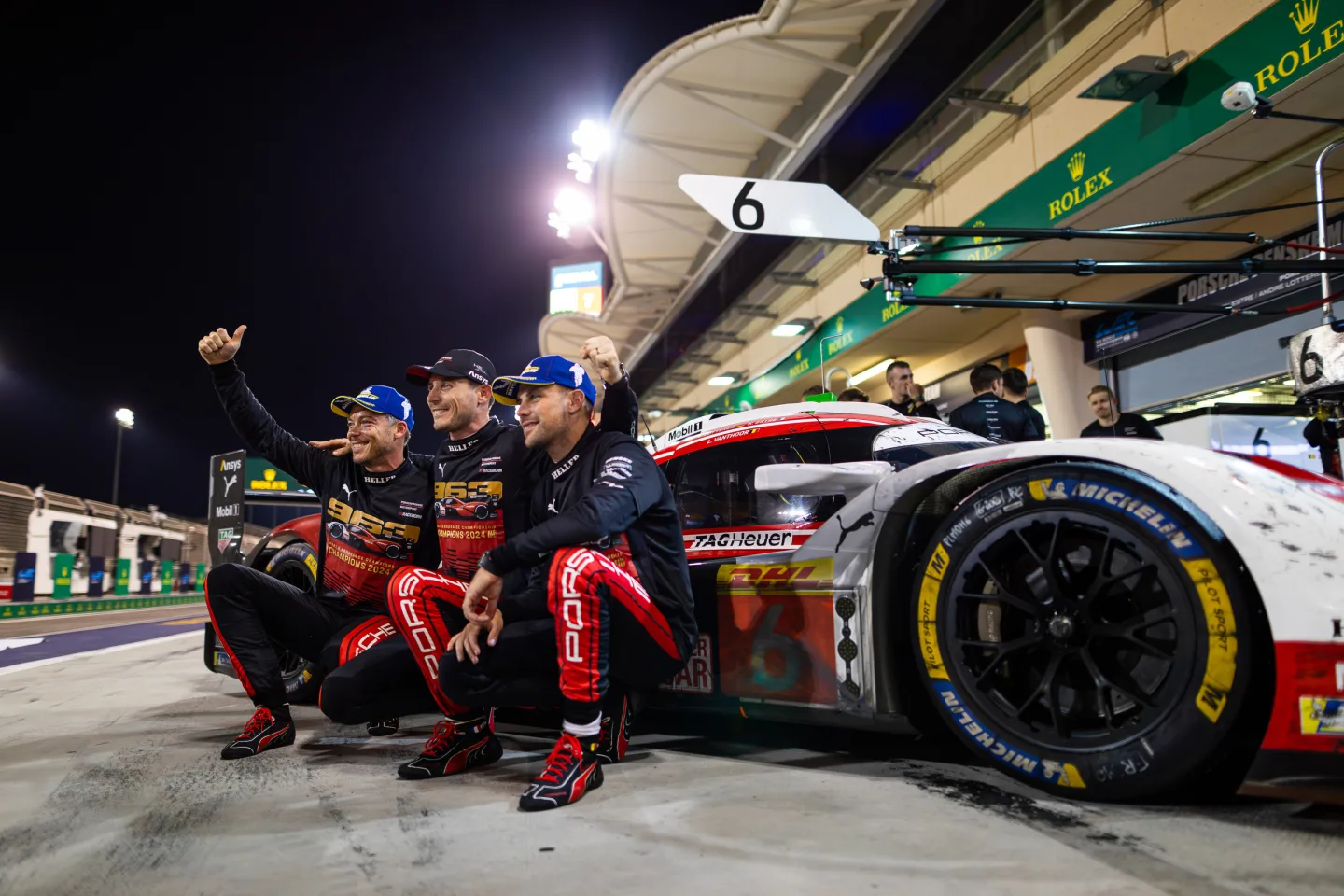
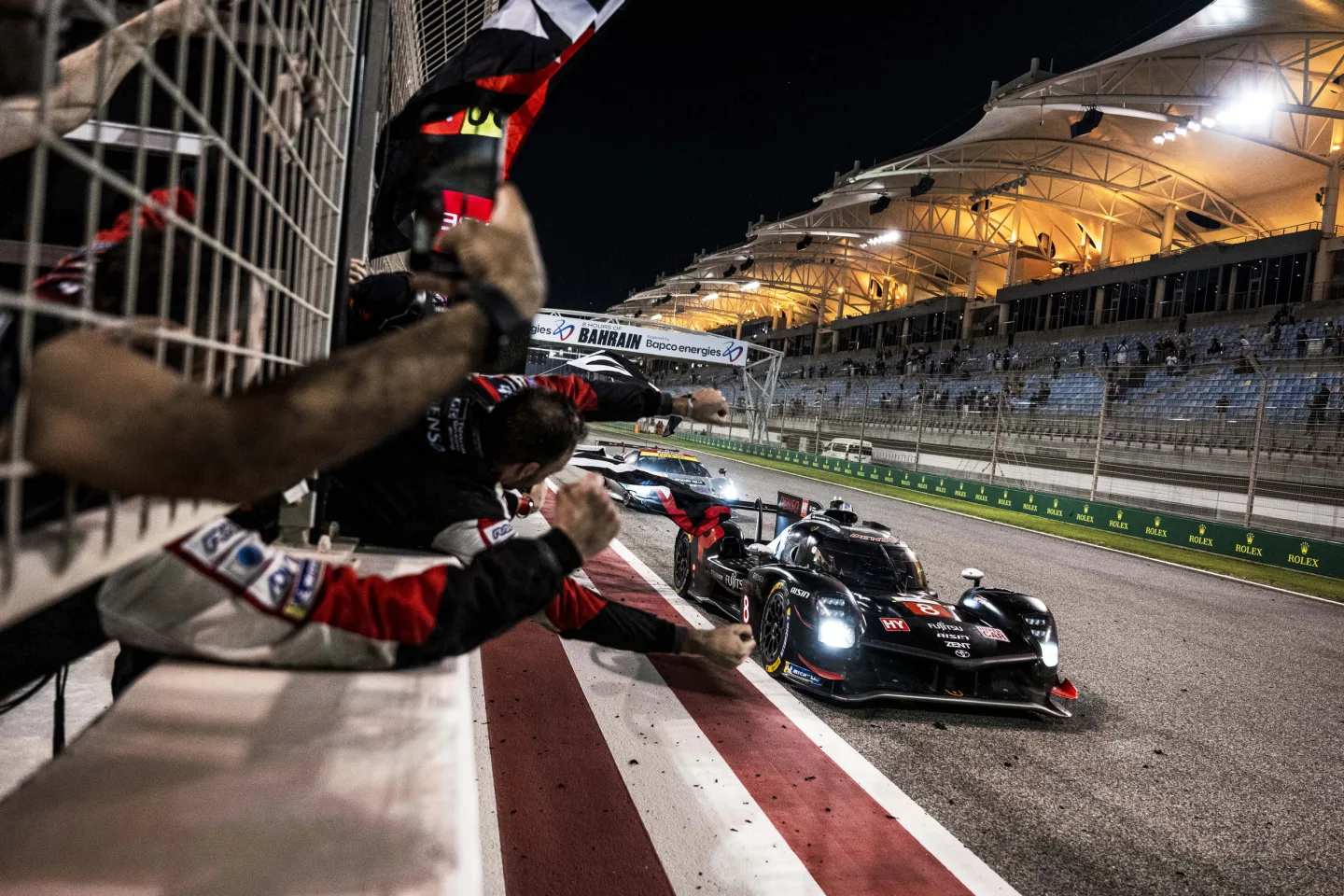
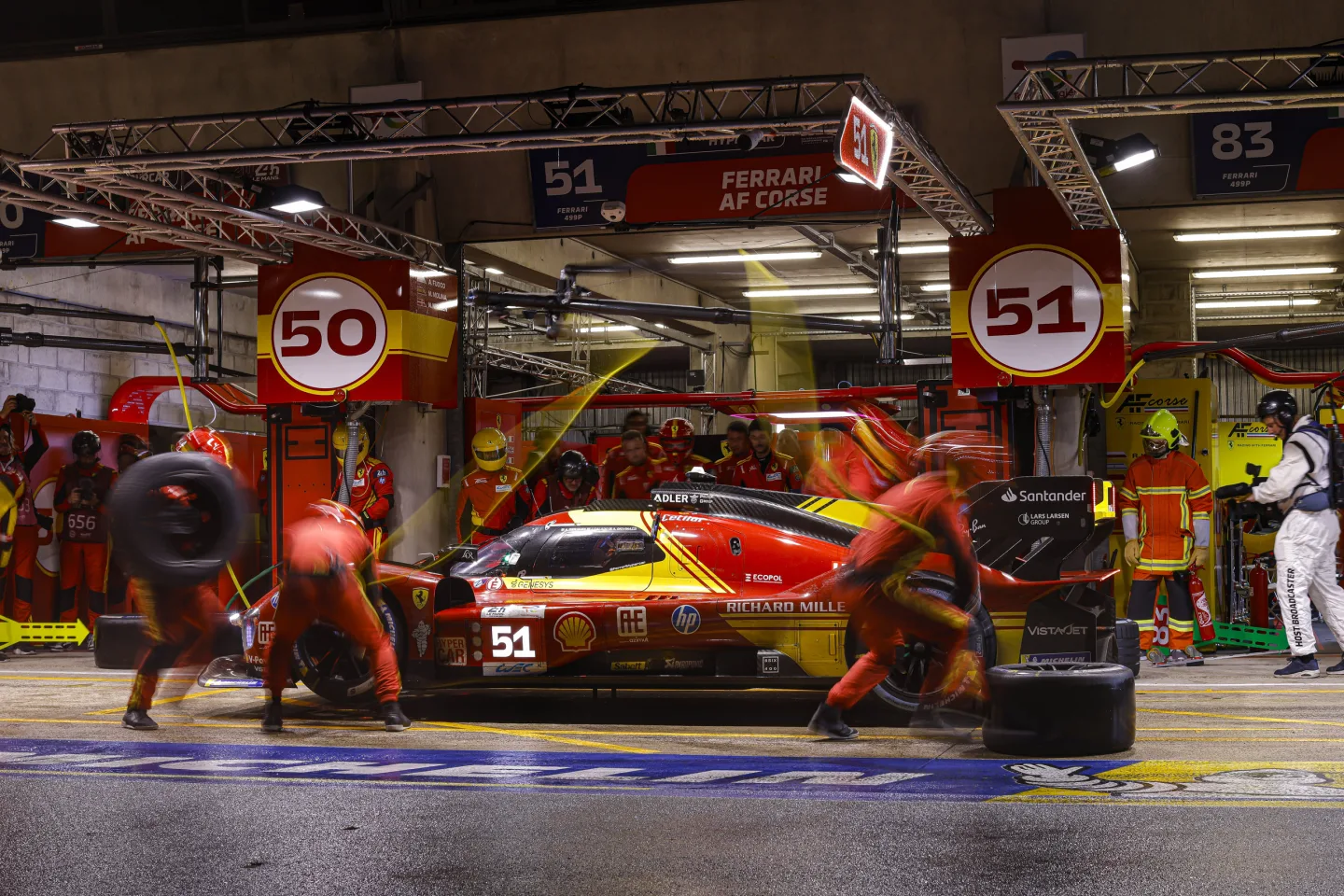
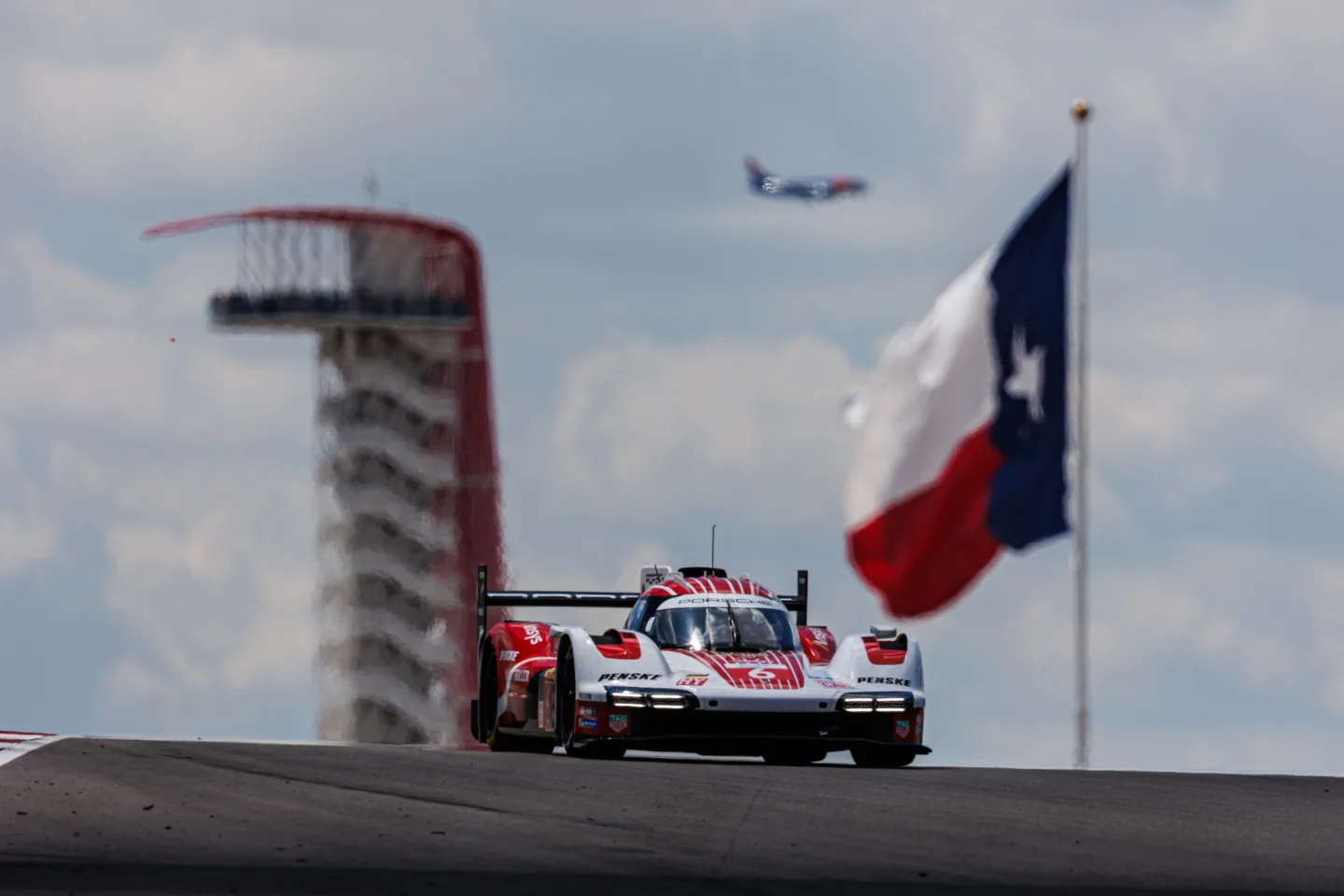

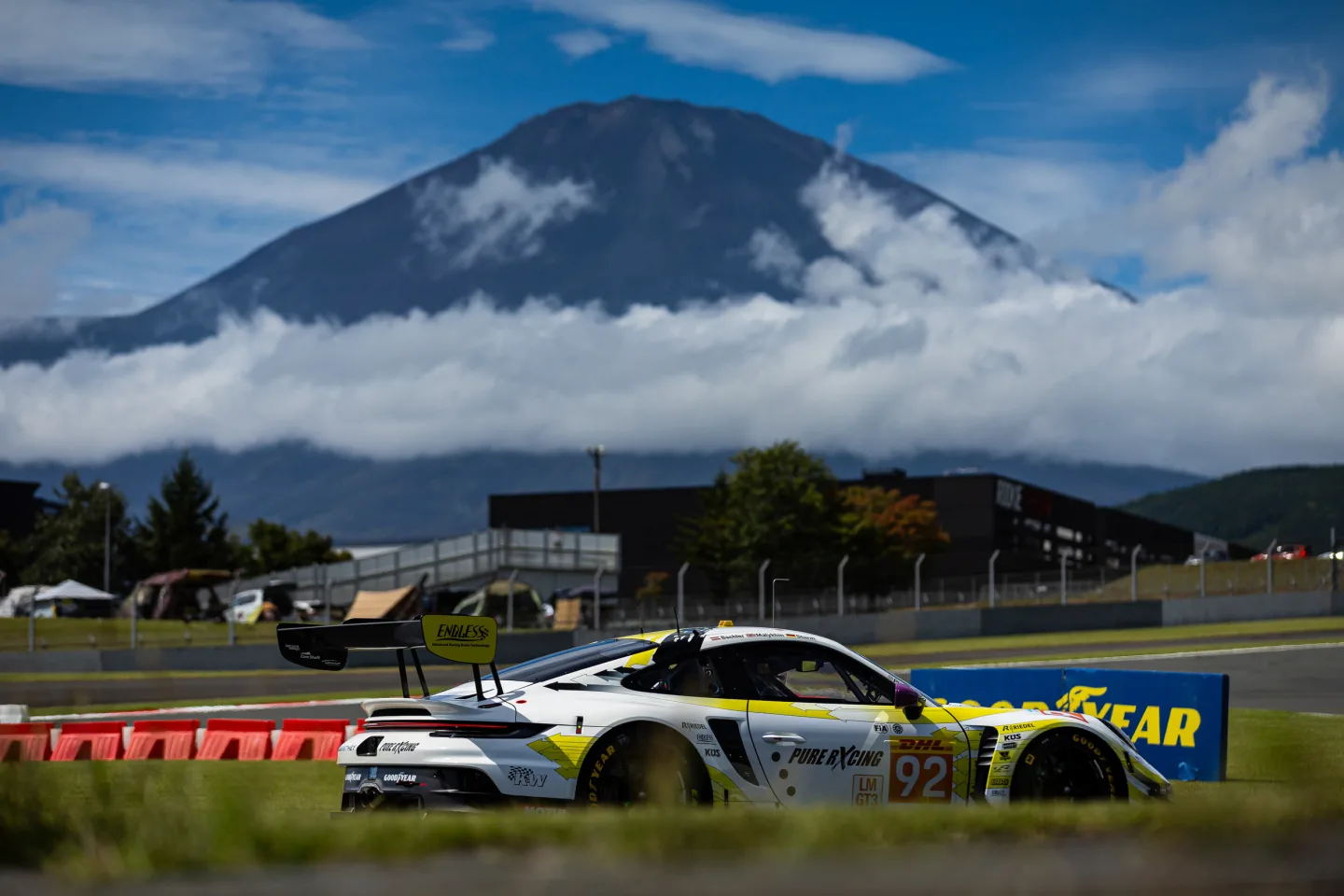
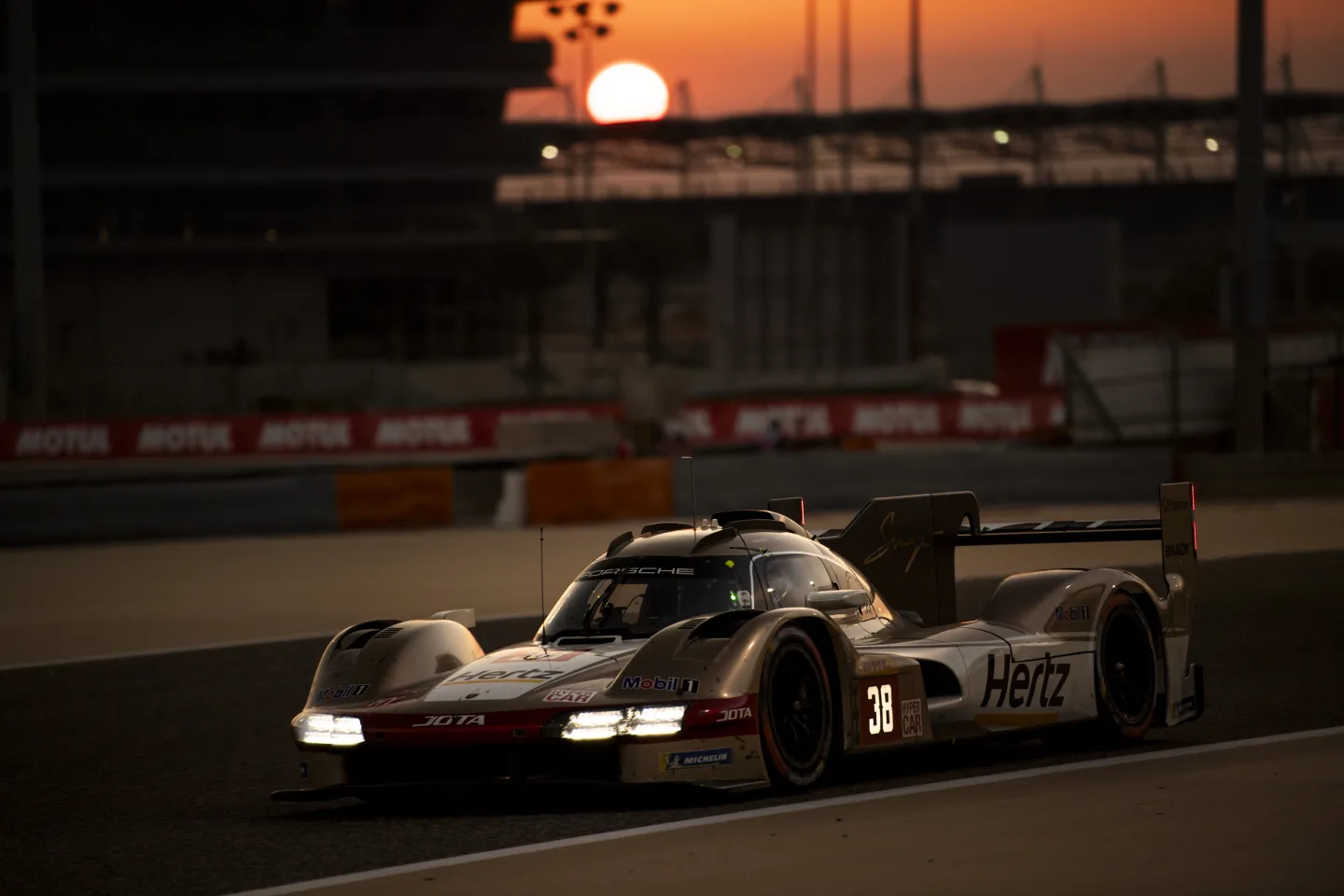
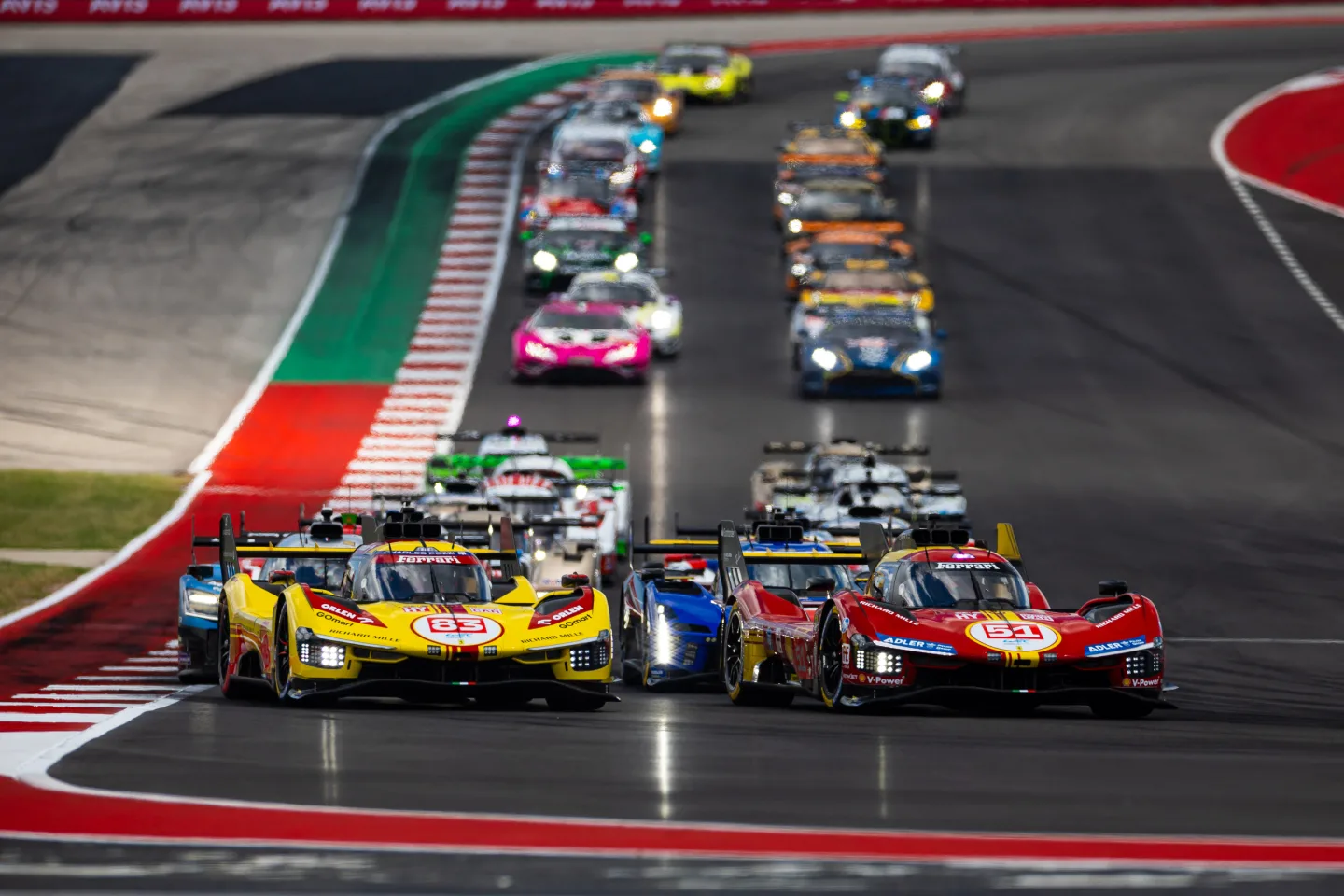








FIA World Rally Championship
Key takeaways
- WRC27 Regulations, focused on cost reduction, flexibility, and sustainability, approved by the World Motor Sport Council.
- Pernilla Solberg chosen as WRC Commission President.
- Michèle Mouton announced retirement and Nicolas Klinger takes over role of FIA WRC Safety Delegate.
- FIA Rally Star programme makes maximum impact.
WRC27 Technical Regulations Lay Groundwork for a Dynamic and Flexible FIA World Rally Championship
The 2027 Technical Regulations for the FIA World Rally Championship — focusing on cost reduction, flexibility, and sustainability — were approved by the World Motor Sport Council when it convened in Kigali, Rwanda, on 11 December 2024.
The rules include significant cost reduction compared to the current Rally1 formula and introduce innovative design options, allowing a wide variety of production car shapes and bespoke rally designs to compete. From 2027, internal combustion engines reliant on 100% sustainable fuel will be used. However, in consideration of the evolving automotive landscape, the Regulations have been developed with inherent flexibility that could allow for the introduction of hybrid or fully electric power in the future.
Rally1 Spectacle Maintained Following WRC Technical Changes
Prior to the WRC27 Regulations coming on stream, it was confirmed on 15 November 2024, following an e- vote of the World Motor Sport Council members, that Rally1 cars would not use the plug-in hybrid units during the 2025 and 2026 seasons. The spectacle of Rally1 will be maintained as the cars become lighter, easier to drive, less complex to maintain and more affordable to use – the change makes the step up to the WRC’s top tier simpler for drivers moving from Rally2. Additionally, it was confirmed that the minimum weight of Rally1 cars would be lowered from 1,260 kilograms to 1,180 kilograms and the air restrictor size reduced from 36mm to 35mm to maintain an equivalent power-to-weight ratio between the 2024 and 2025 vehicles.
Pernilla Solberg Chosen as FIA WRC Commission President
The FIA made a significant appointment in early 2024 when Pernilla Solberg was selected as the new WRC Commission President. A former FIA WRC driver, Solberg’s in-depth knowledge and understanding of the sport made her the perfect candidate to lead the FIA WRC Commission.
Michèle Mouton Retires
After more than a decade of exemplary service, rally legend Michèle Mouton announced her decision to retire from her role as FIA WRC Safety Delegate. When asked for her most significant legacy to rallying safety, Michèle said: “The basic rules we have are the most important, for spectators to arrive on time and follow the instructions of the marshals, by being in the right place and to know the basics of rally safety.” Frenchman Nicolas Klinger was promoted to the role of FIA WRC Safety Delegate after serving as FIA WRC Deputy Safety Delegates for many years.
Latvia Takes its Place on the World Stage
Latvia became the 37th country to host a round of the FIA World Rally Championship when the Baltic state joined the global roster last July. While Latvia was a new addition to the FIA WRC, its successful long-term tenure in the FIA European Rally Championship – and its inclusion in the FIA World Rallycross Championship calendar from 2016-2022 – meant it was more than accustomed to hosting high-level international motor sport events. Its first appearance in the WRC was widely praised.
FIA Rally Star Programme Shines
FIA Rally Star Romet Jürgenson became the FIA Junior WRC champion for 2024 after he rounded out a superb debut season at world level by clinching the coveted young driver title and the accompanying WRC2 prize drive for 2025.
Australian driver Taylor Gill and South Africa’s Max Smart will continue with a second season in the Junior WRC category as the hugely successful talent detection programme provides the ideal platform for these talented youngsters to gain experience and potentially become the stars of the future.
Neuville takes thrilling first title
Thierry Neuville became the first Belgian winner of the FIA World Rally Championship when he took the title in a thrilling Forum8 Rally Japan finale last November. Toyota celebrated its eighth FIA World Rally Championship for Manufacturers’ title to draw level with Citroën after it defeated Hyundai by three points.
Finland’s Sami Pajari took the FIA WRC2 and FIA WRC2 Challenger titles alongside female co-driver Enni Mälkönen in a Toyota GR Yaris Rally2. Paraguay’s Diego Domínguez became FIA WRC3 champion alongside Spanish co-driver Rogelio Peñate. Estonians Romet Jürgenson and Siim Oja won the top FIA Junior WRC Championship honours, while Armin Kremer won all six events he started to bank the FIA WRC Masters Cup. Michael Joe Morrissey claimed the co-drivers’ award.
Saudi Arabia and Paraguay Announced for 2025
In June, the FIA confirmed that there would be two new events on the 2025 rally roster, with Rally Saudi Arabia and Rally Paraguay added as brand new rounds of the FIA World Rally Championship from 2025 onwards. The events will be joined by another newcomer in the form of Rally Islas Canarias, which steps up from being a longtime fixture on the FIA European Championship to the world stage marking the return of a Spanish round.
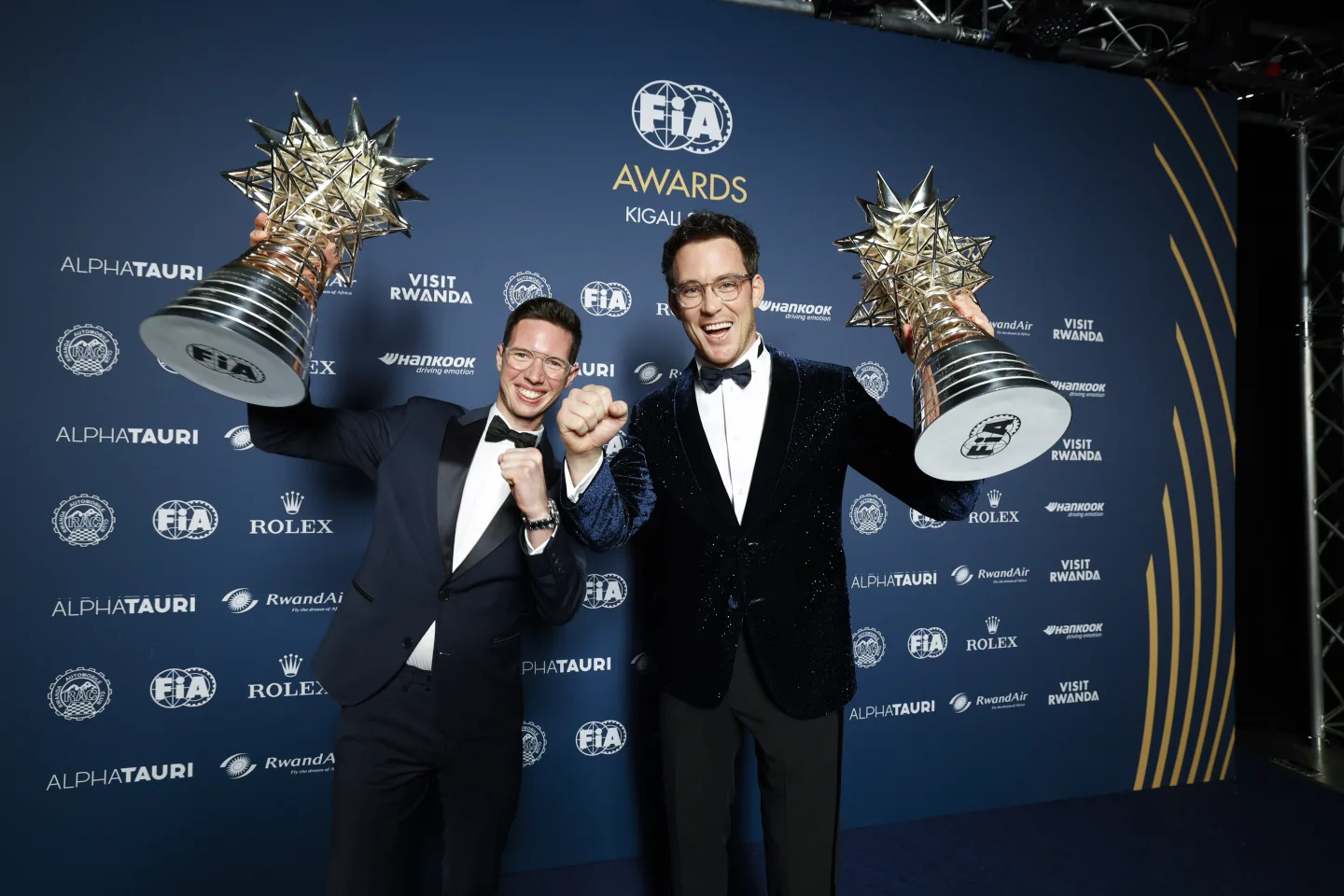
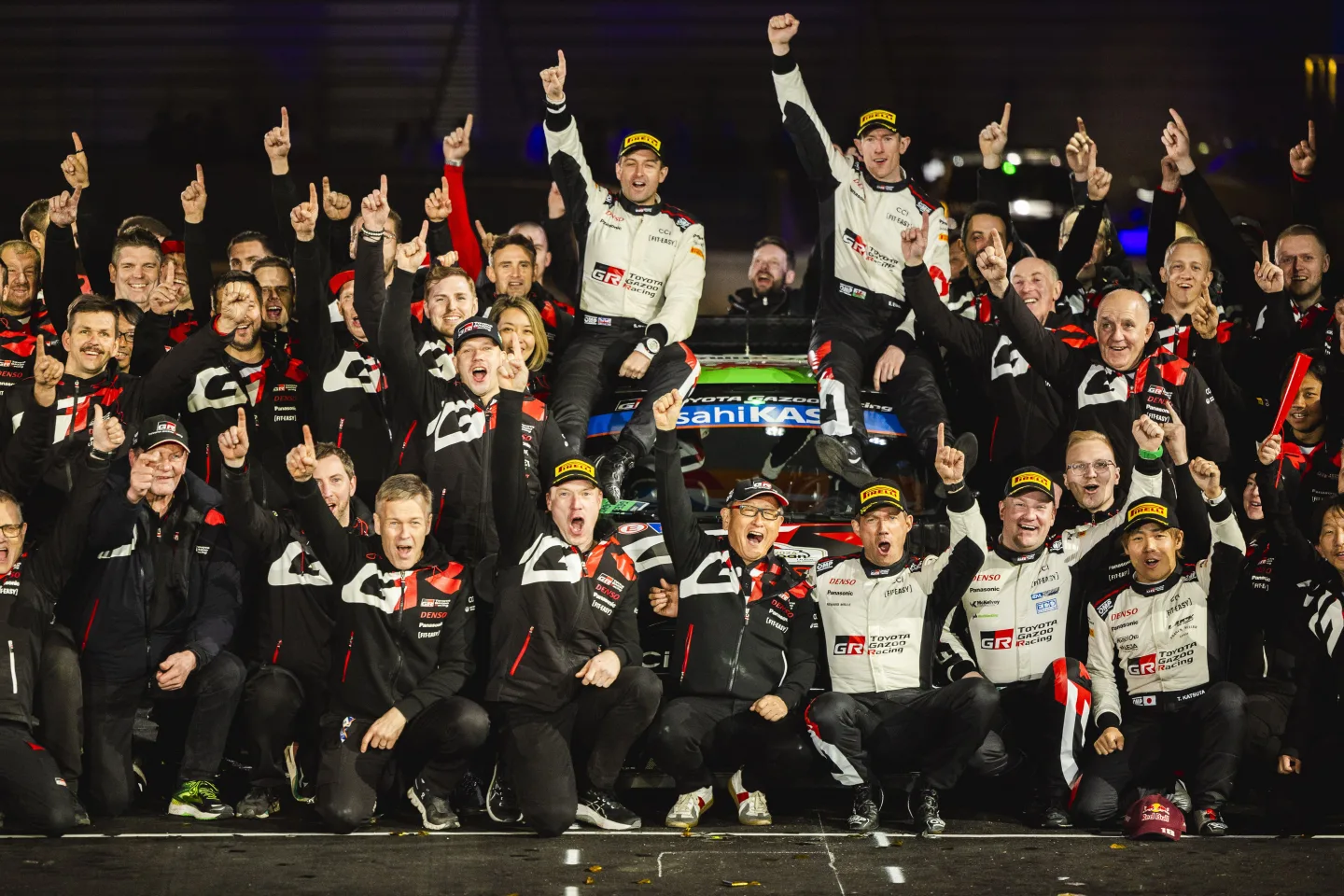
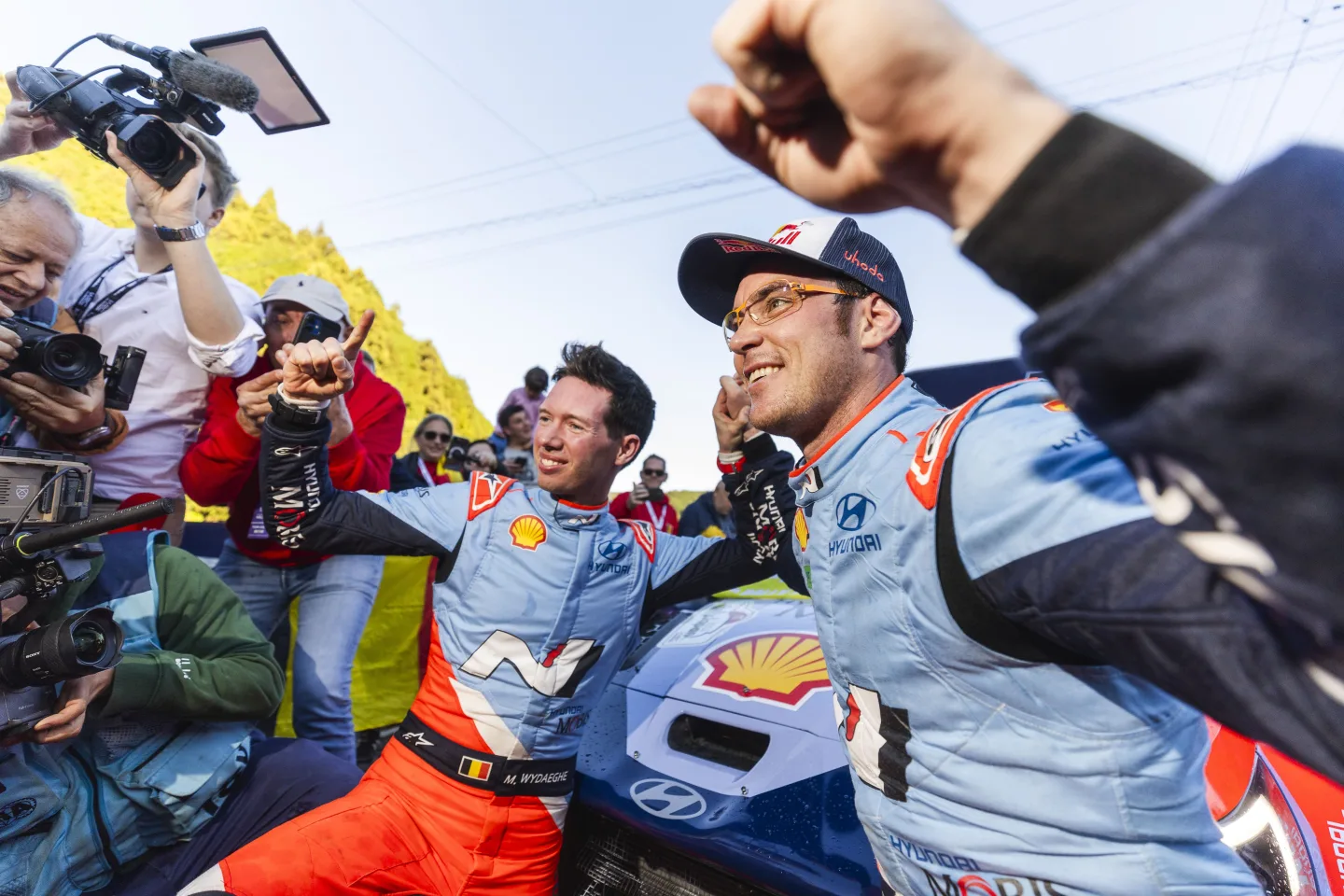
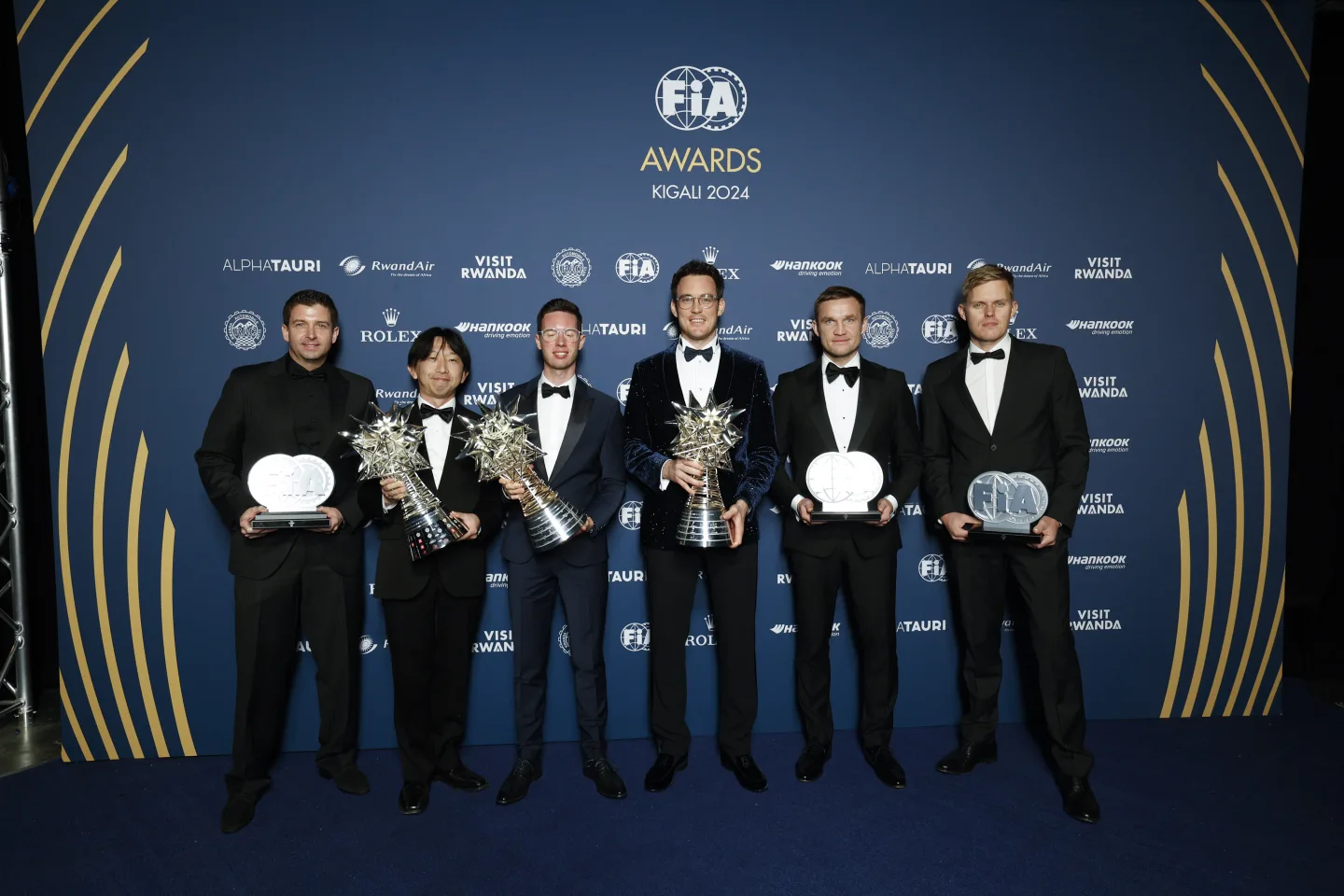
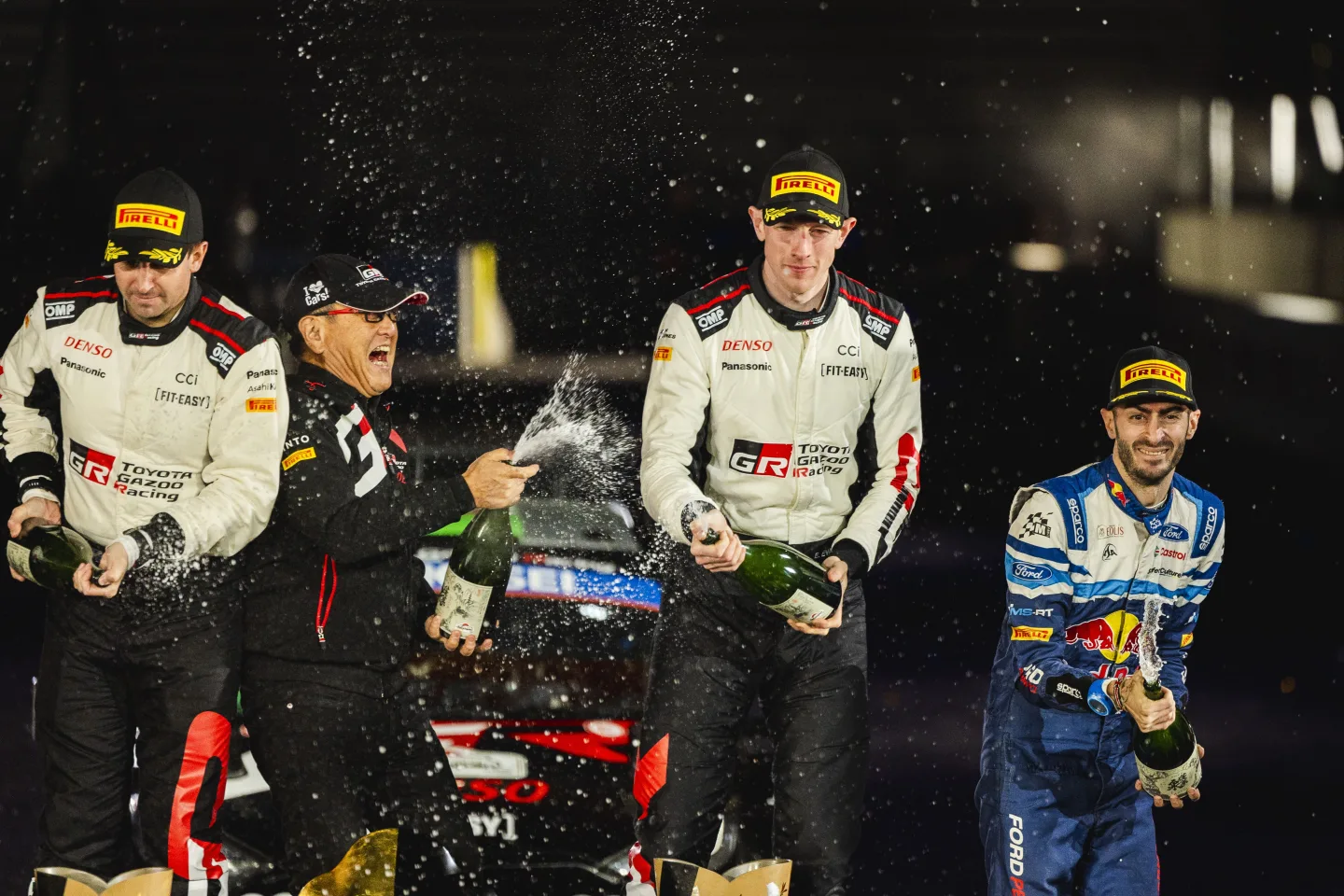





FIA World Rally-Raid Championship
Key achievements
- Change of class terminology brought more clarity to competition .
- New event in Europe, bringing Portugal and Spain together.
- Deployment of an FIA torque meter as the primary system for monitoring and controlling powertrain performance in Ultimate group cars approved.
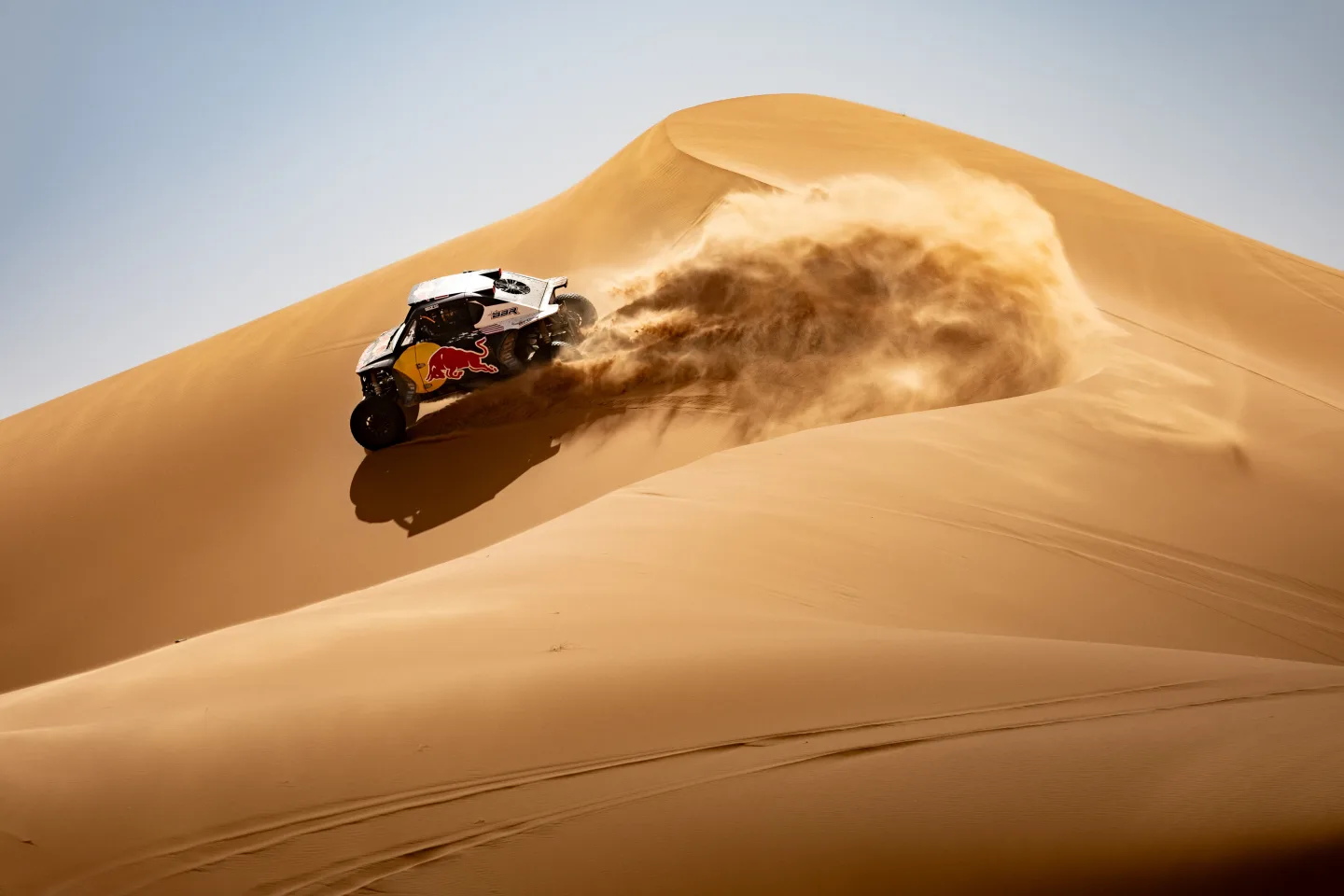
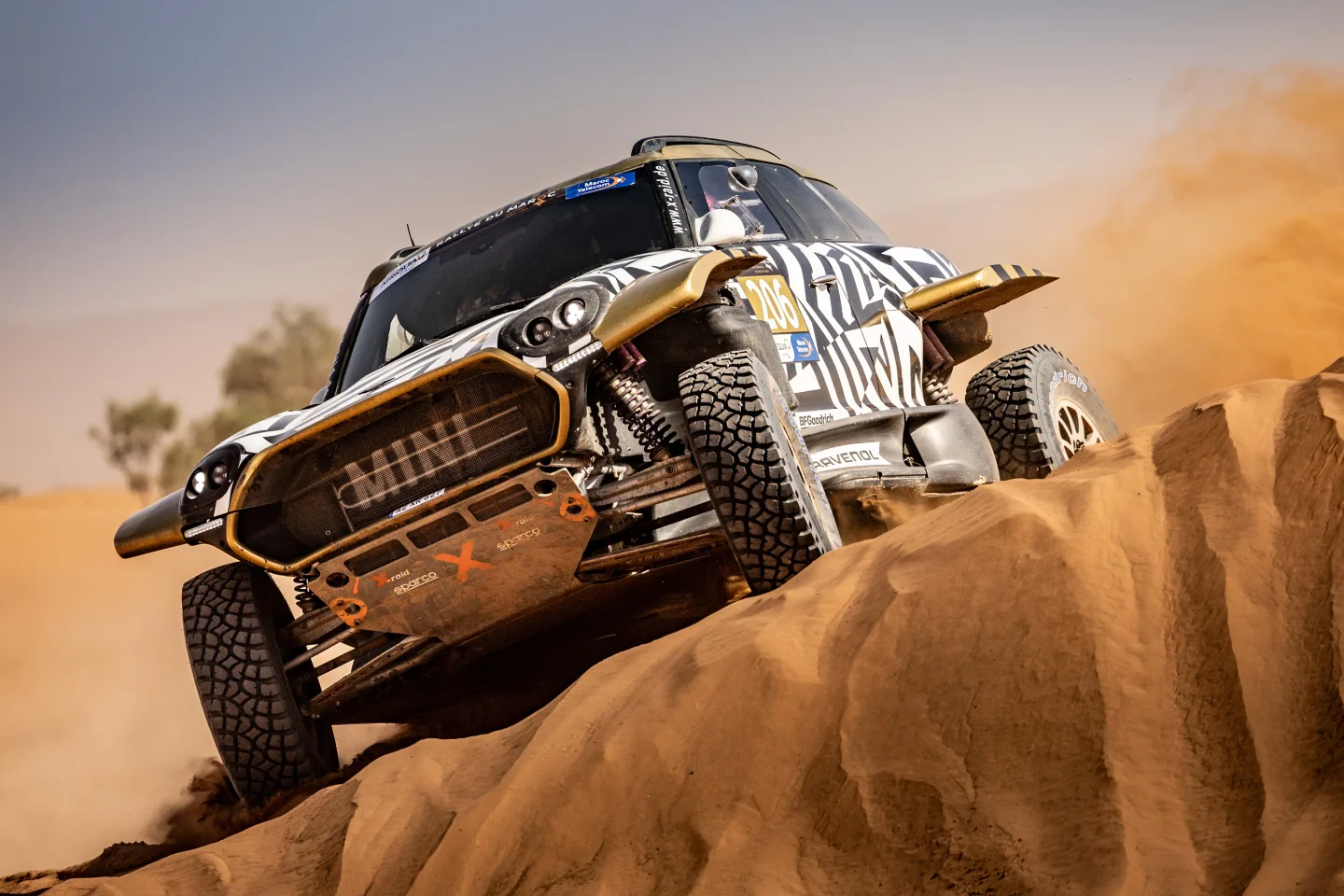
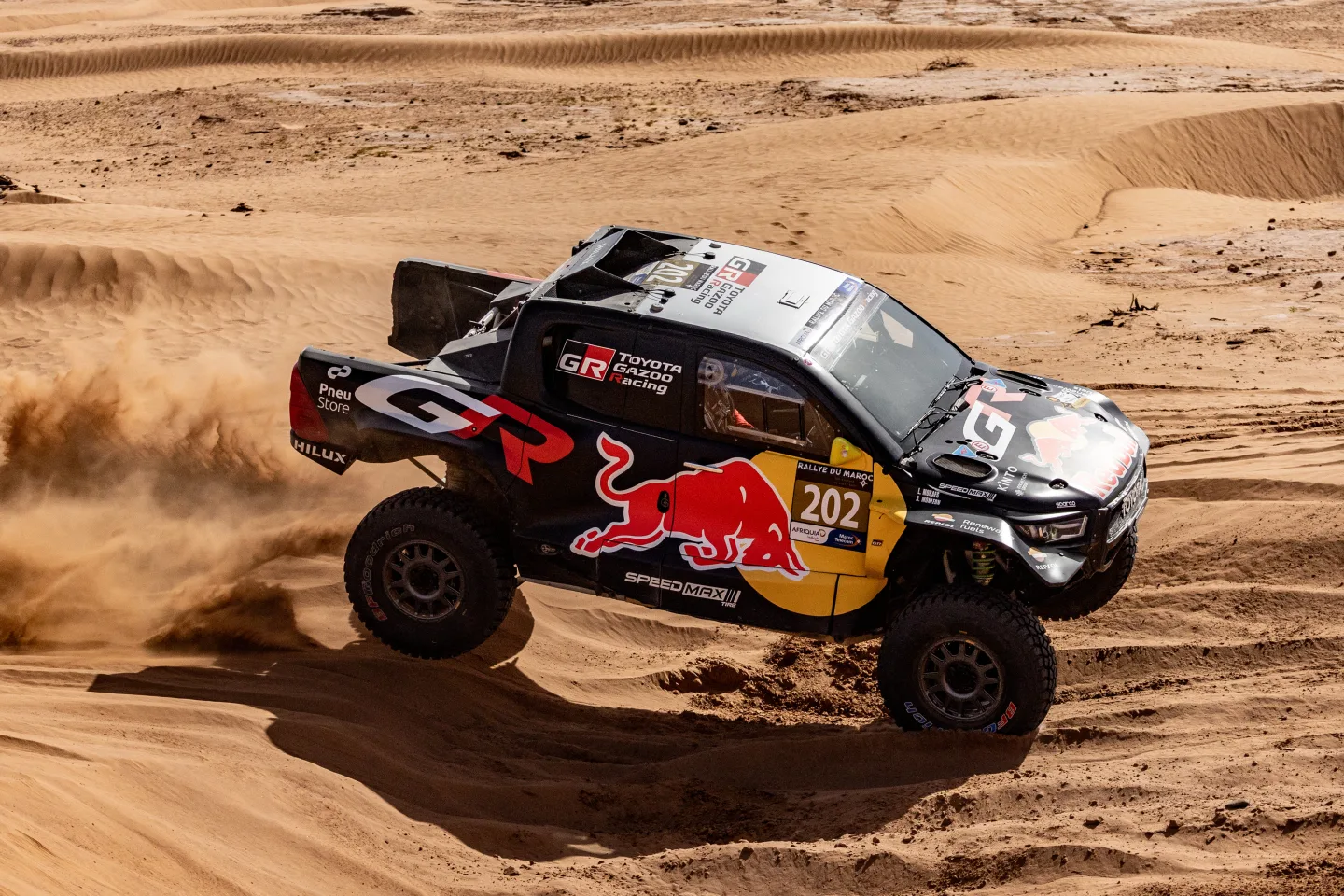
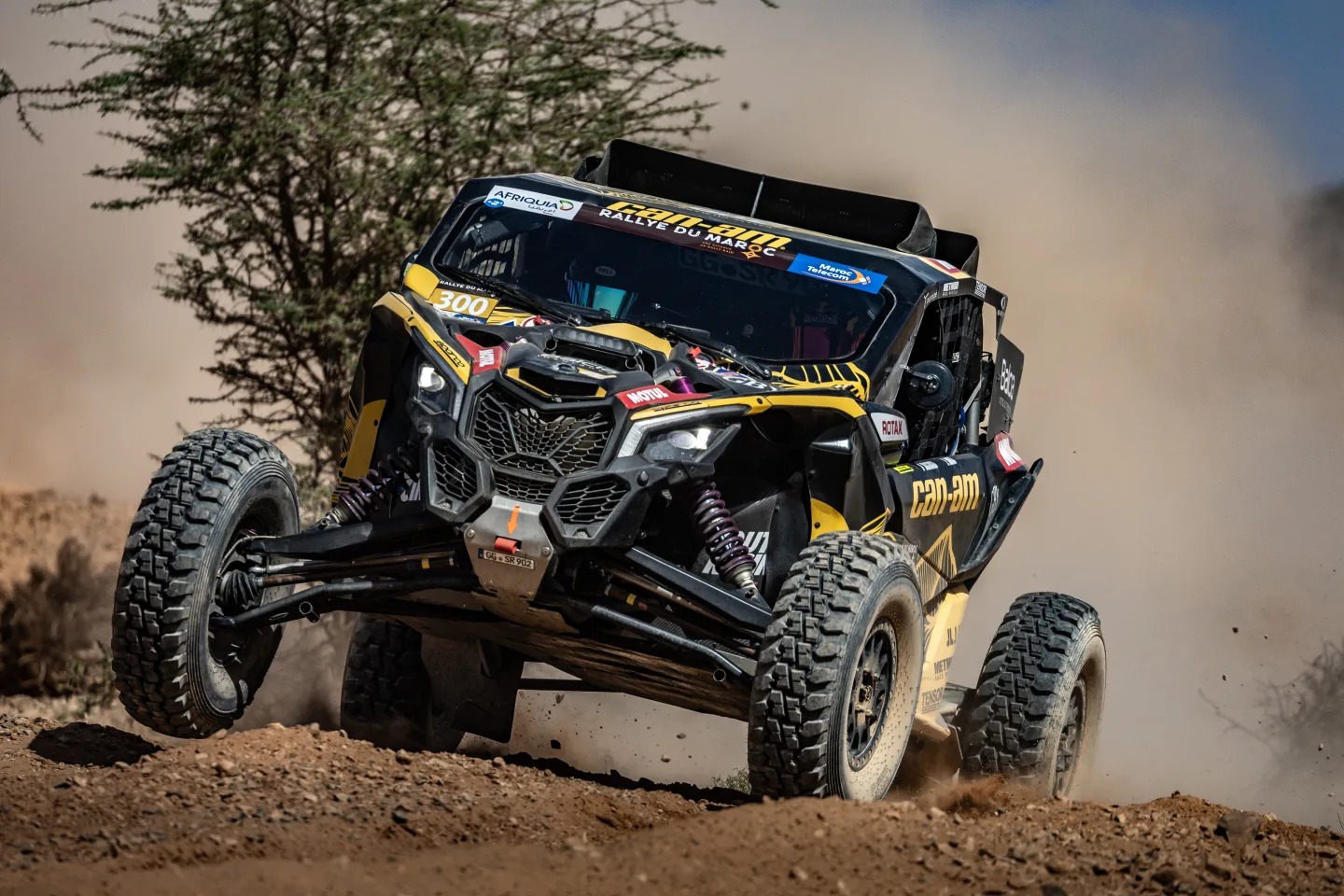




Ahead of the third season of the FIA World Rally Raid Championship (W2RC), classes were renamed in order to bring more clarity to the competition. The T1, T2, T3, T4, and T5 categories being renamed to the Ultimate, Stock, Challenger, SSV, and Truck categories for 2024.
The third season of the W2RC was contested over five events: Dakar, the Abu Dhabi Desert Challenge, BP Ultimate Rally-Raid Portugal, Desafio Ruta 40 and Rallye du Maroc. For the third year in a row, the Drivers’ title went to Nasser Al-Attiyah, while Edouard Boulanger won his first Co-Drivers’ title. Thanks to Lucas Moraes, Seth Quintero and Yazeed Al-Rajhi, Toyota Gazoo Racing retained the Manufacturers’ title. After two titles in SSV, Rokas Baciuska secured the Challenger title. At the end of a season of uncertainty right up to the final selective section, Yasir Seaidan won the SSV title.
Regulation Changes
Following the approval of the Cross-Country Rally Sustainability Roadmap by the World Motor Sport Council in December 2023, the FIA World Rally-Raid Regulations were updated to include the requirement for W2RC manufacturers and event organisers to implement the FIA Environmental Accreditation Programme, which sets a compulsory two-star rating level when entering the Championship and three-star from 2027.
Elsewhere, a Power Selective Section will be implemented into event itineraries, optionally in 2025 and with mandatory application from 2026, with the intention to replicate the success of the WRC and ERC Power Stage in rally and provide to the Promoter and organisers an opportunity for live broadcast and increased exposure.
The deployment of an FIA torque meter as the primary system for monitoring and controlling powertrain performance in Ultimate group cars was approved by the World Motor Sport Council. Based on an analysis of data from the 2023 Rallye du Maroc, a progressive penalty scale has been established for infringements related to the use of the FIA torque meter system in the W2RC.
A number of other rule updates were also approved in 2024 including an update to allocate two points to all registered competitors classified beyond 15th position, and one point to all registered competitors who are not classified in a Rally-Raid event (four points and two points respectively for Marathon Rally-Raids). The proposal has also been applied to the World and Baja Cups.
FIA World Rallycross Championship
Key achievements
- First season of the ‘Battle of Technologies’ with ICE cars in competition with electric vehicles.
- New tyre supplier, Hoosier.
The 2024 FIA World Rallycross Championship wrapped up with an exciting final round in Istanbul, Türkiye, where Johan Kristoffersson was crowned a seven-time World Champion. In the Teams’ battle, the title went to KMS – HORSE Powertrain for the third year in a row.
The season was notable for the arrival of the ‘Battle of Technologies’, which saw both sustainably-fuelled ICE (Internal Combustion Engine) and EV (Electric Vehicle) cars claiming victories, bringing a unique aspect to the competition. Four drivers from three teams won races, with 3 EV drivers and 1 ICE driver sharing the wins.
The Championship also welcomed a new tyre supplier in 2024 – Hoosier – and it was a successful first season for the US tyre maker’s first season.
While the racing action was as action-packed as ever, it was decided that a change in direction for the promotion of the championship was needed, and with the conclusion of the 2024 campaign the FIA takes on an owner-operator role moving the category into a new era.
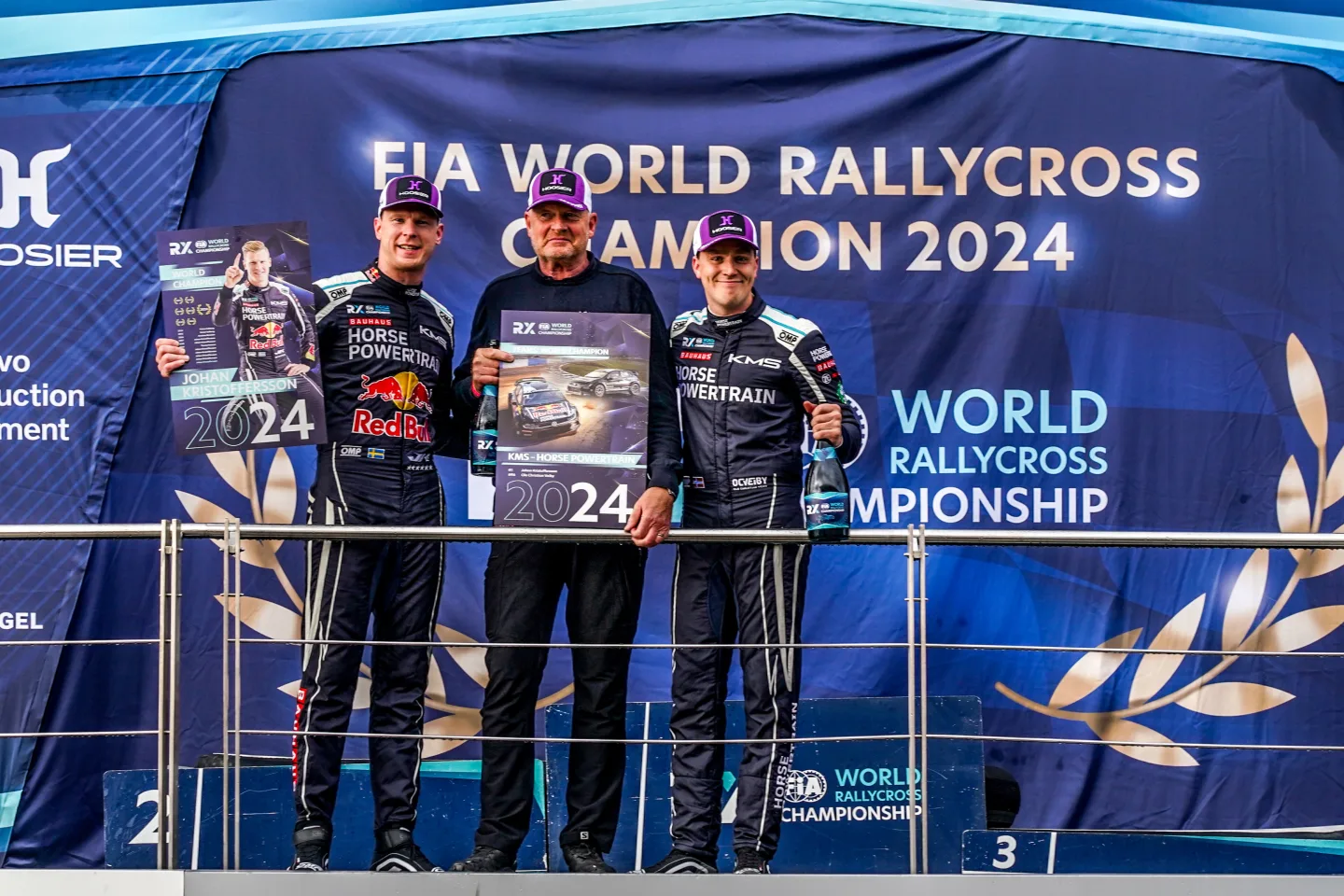

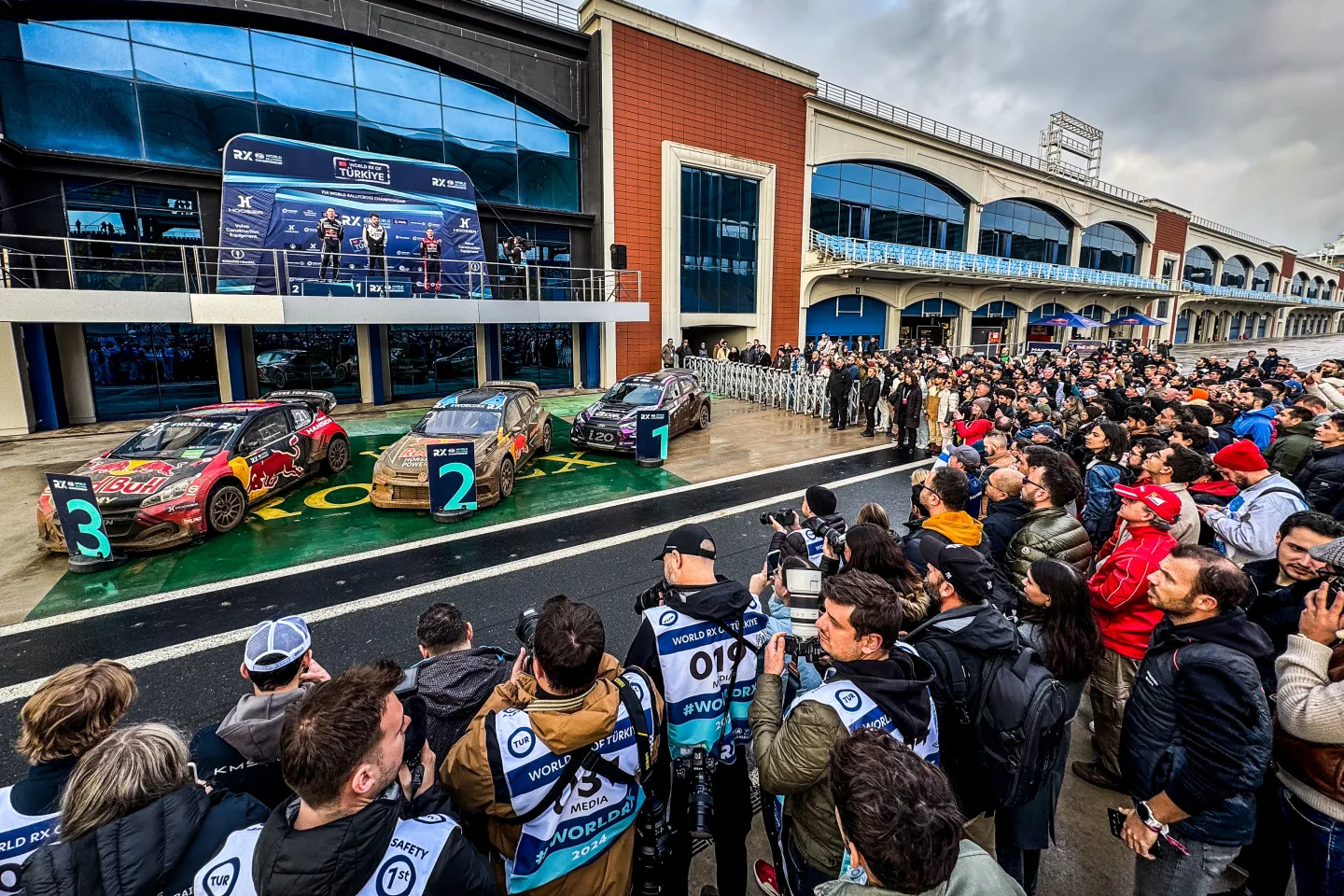

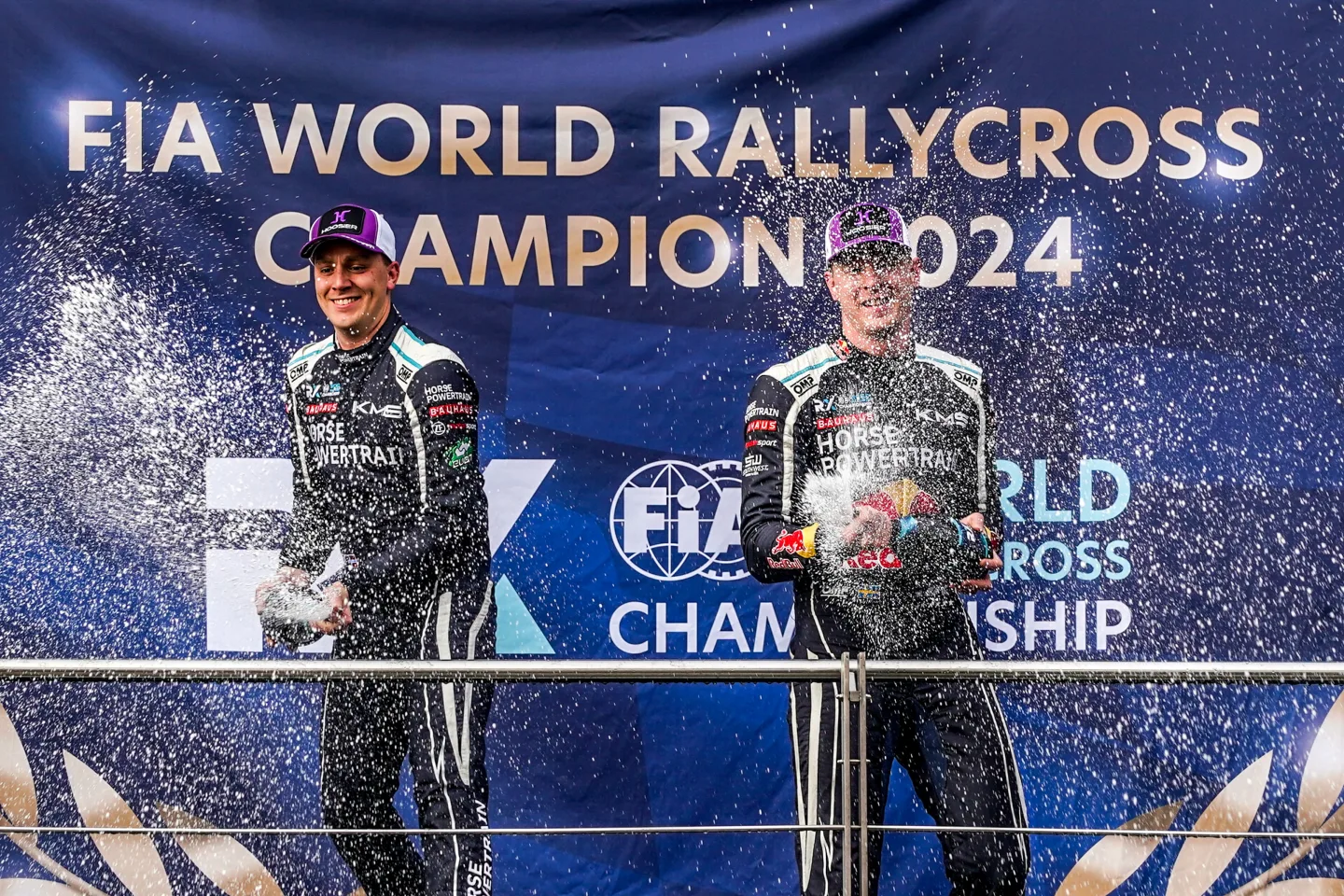
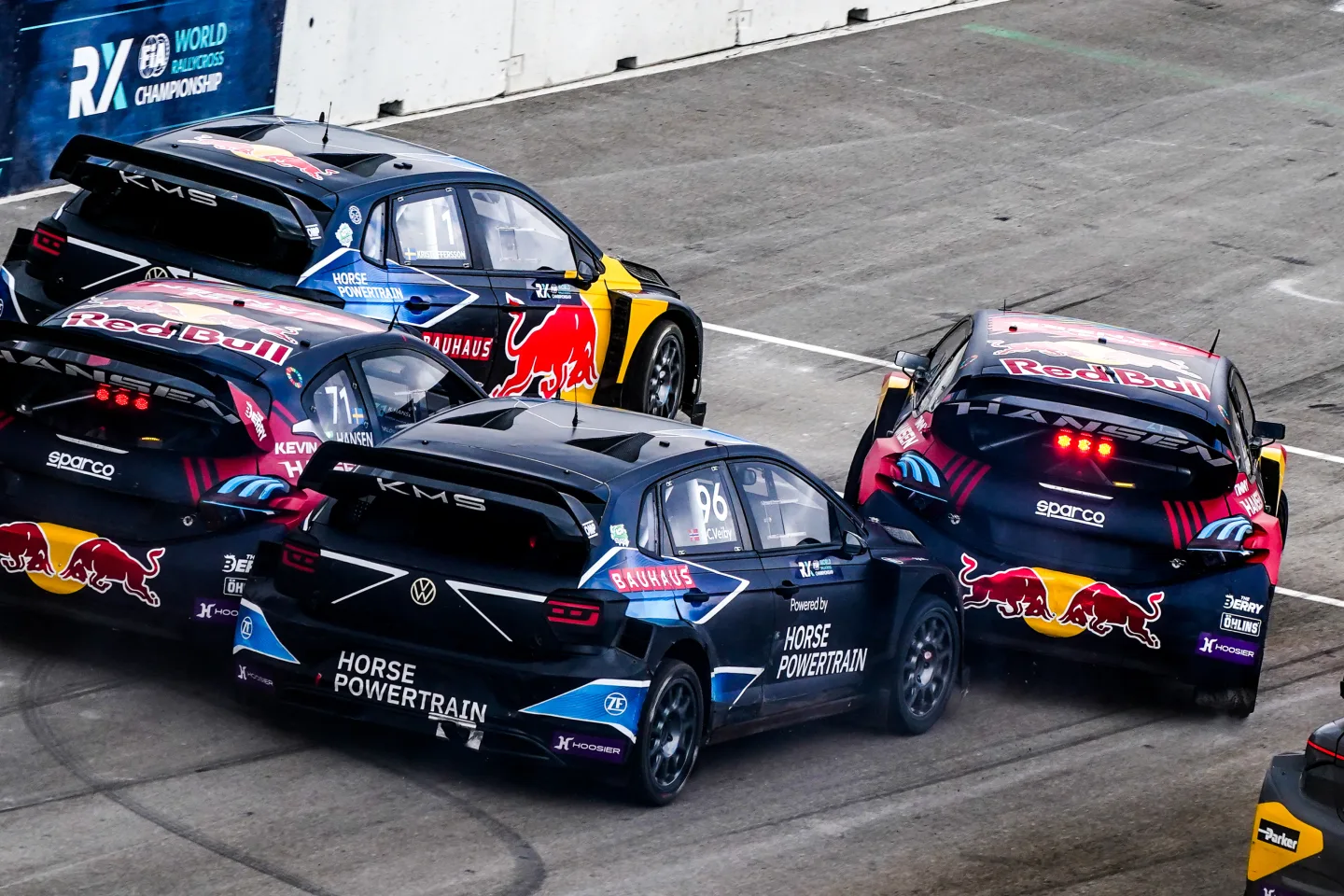
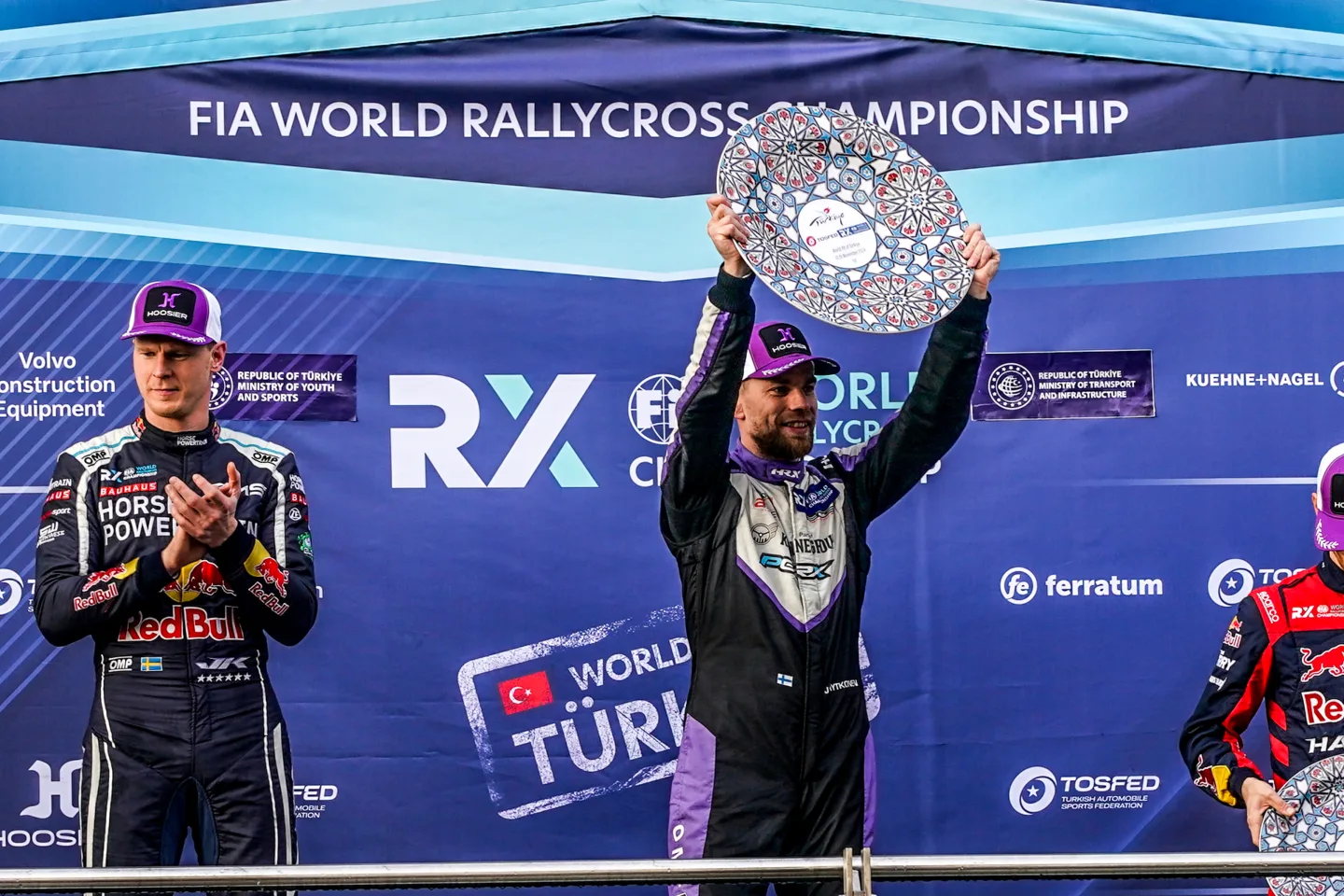
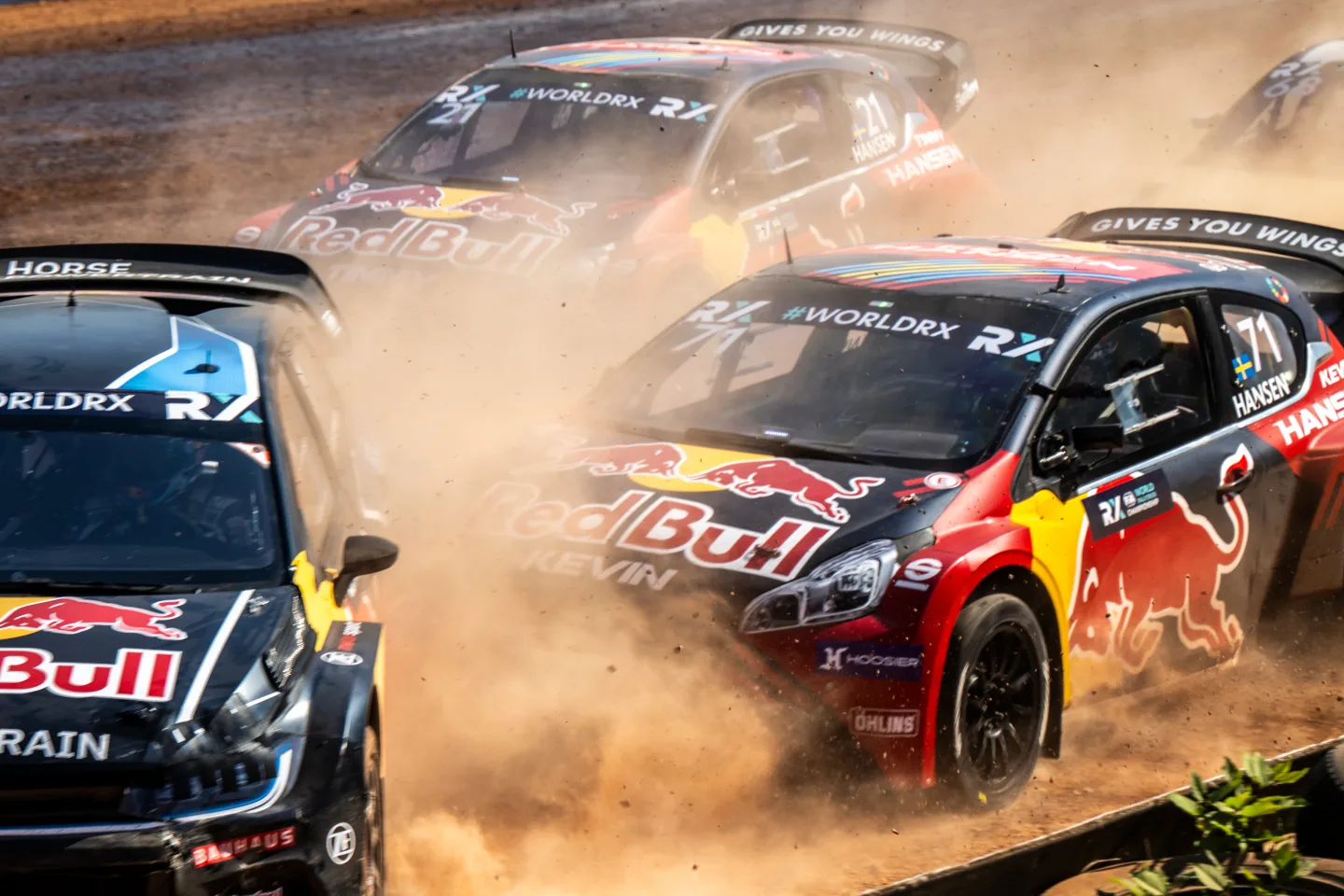
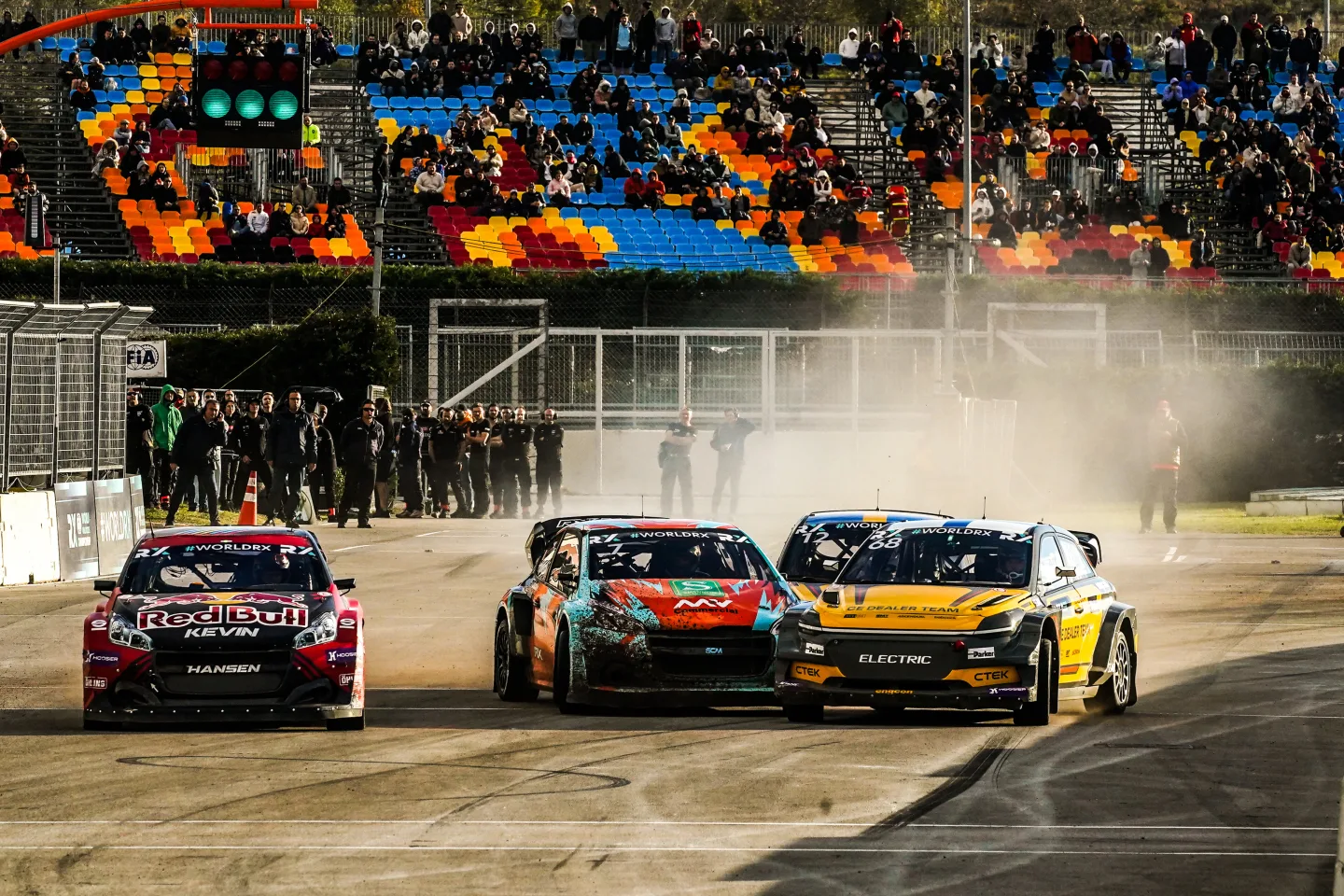
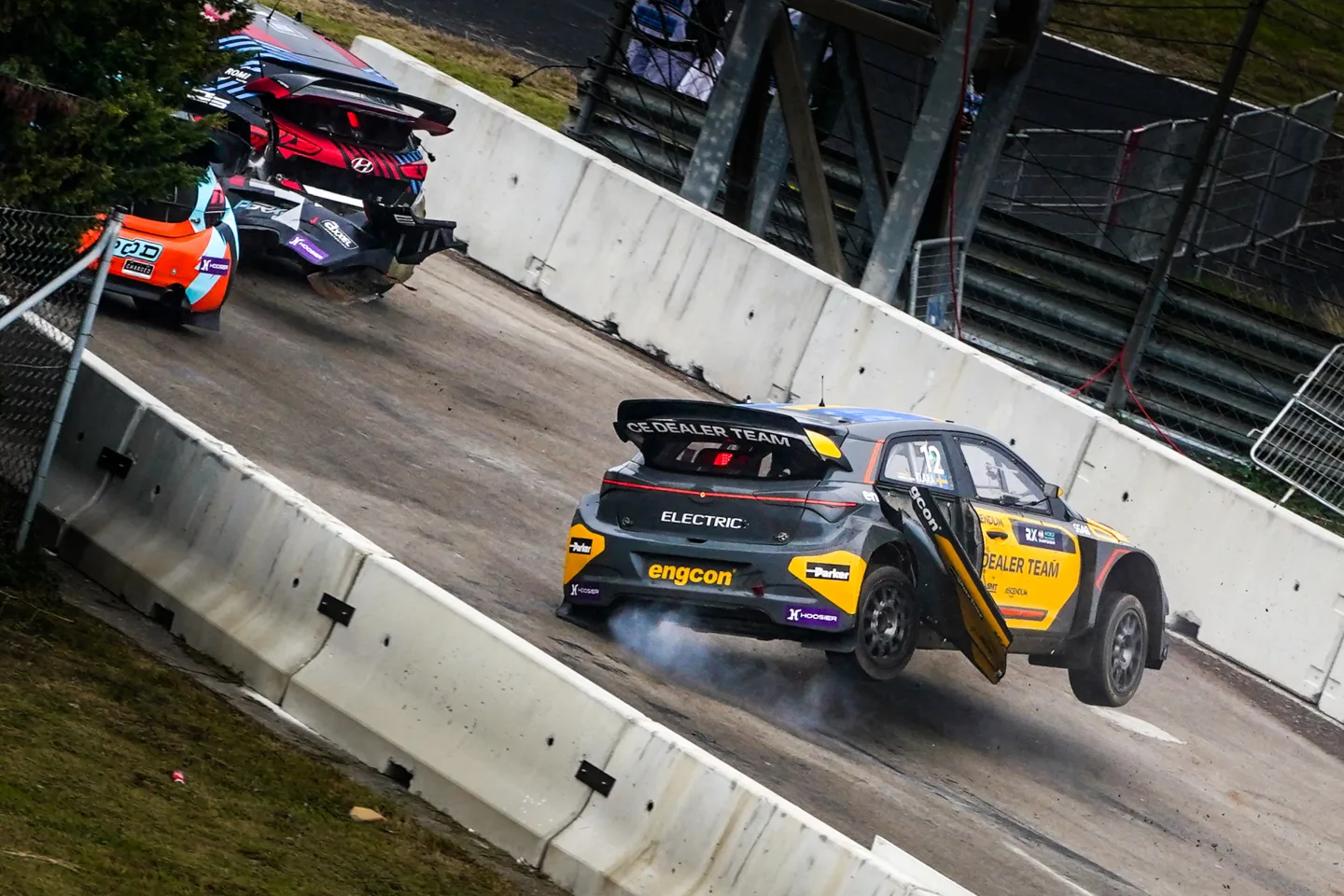
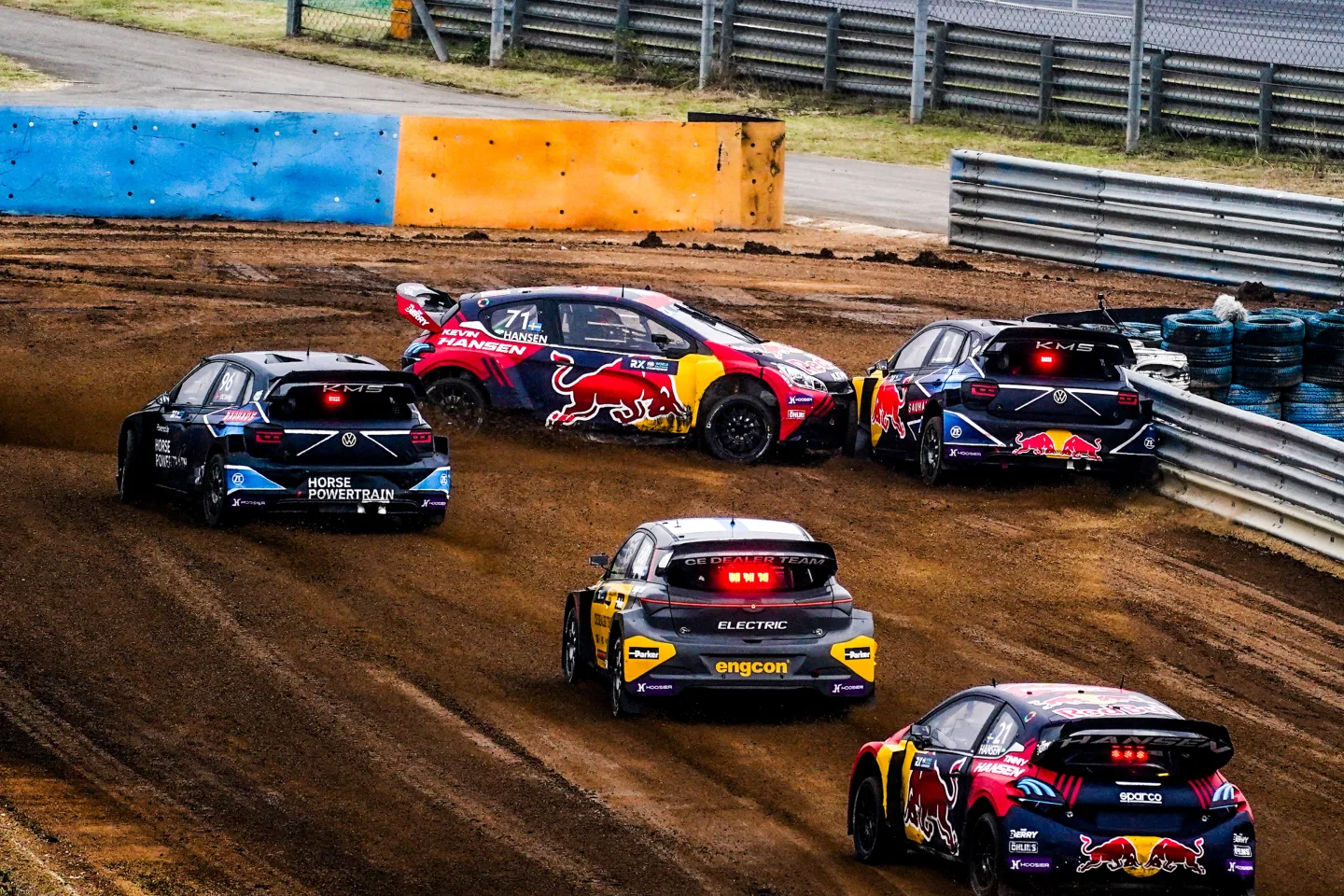
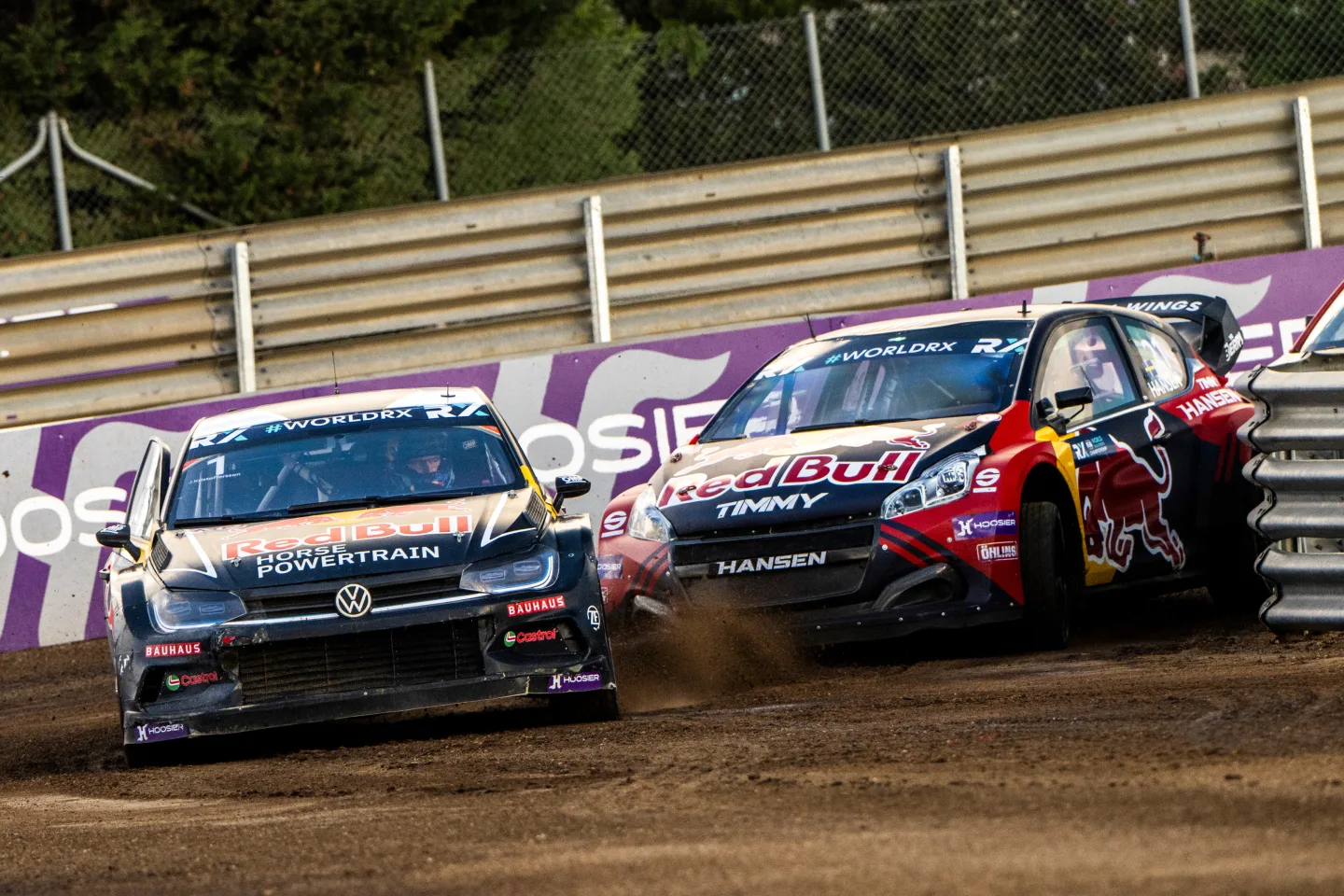

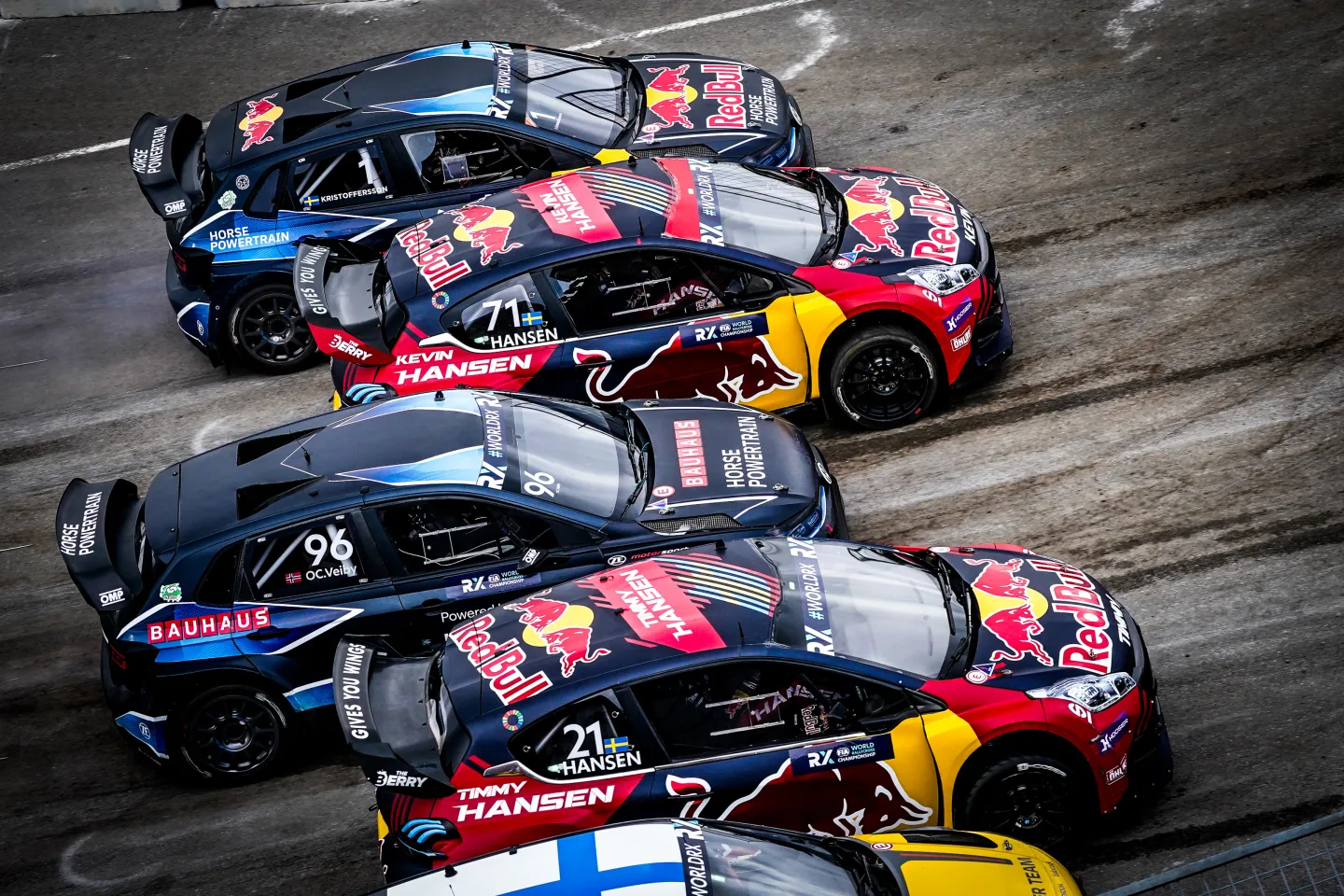
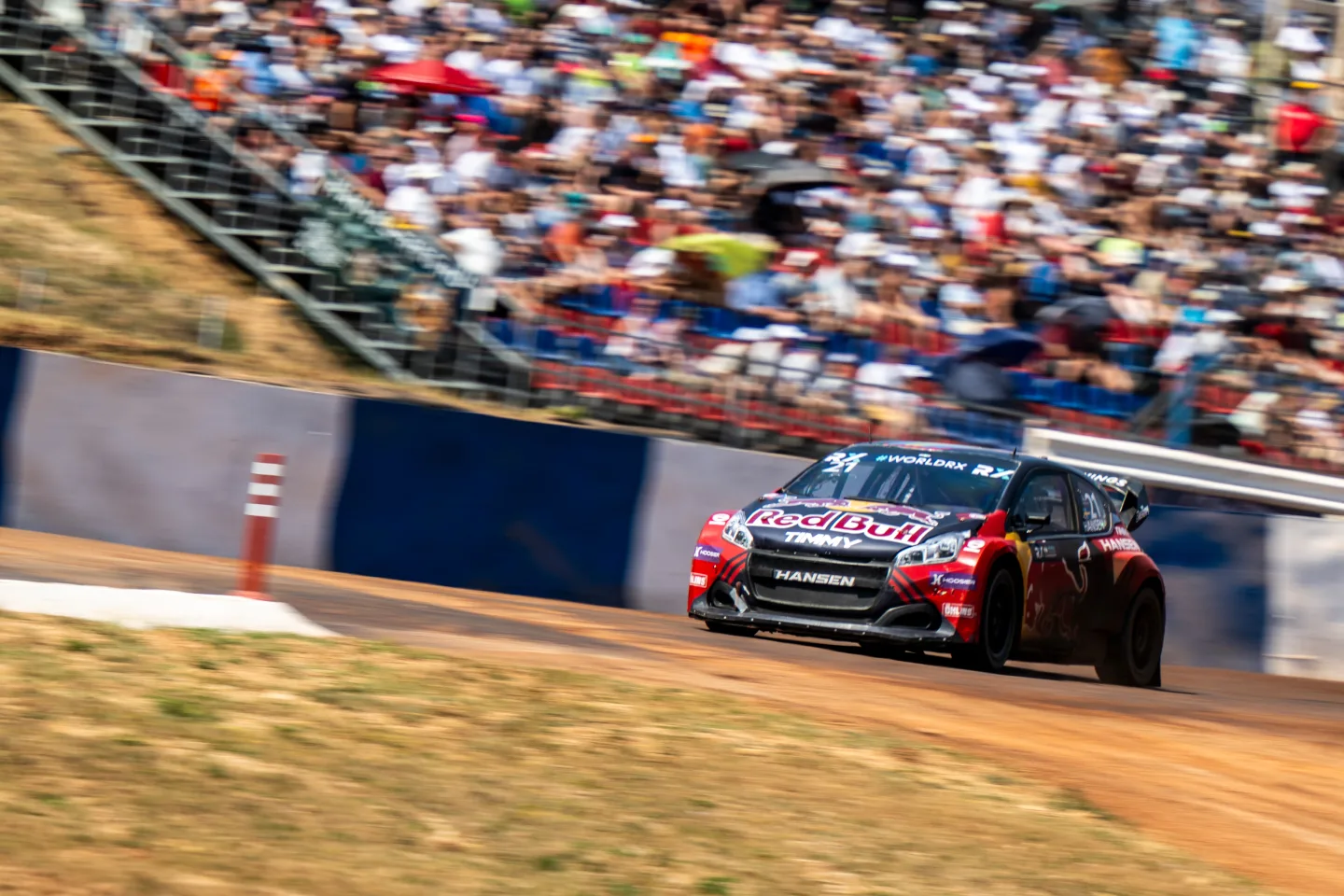
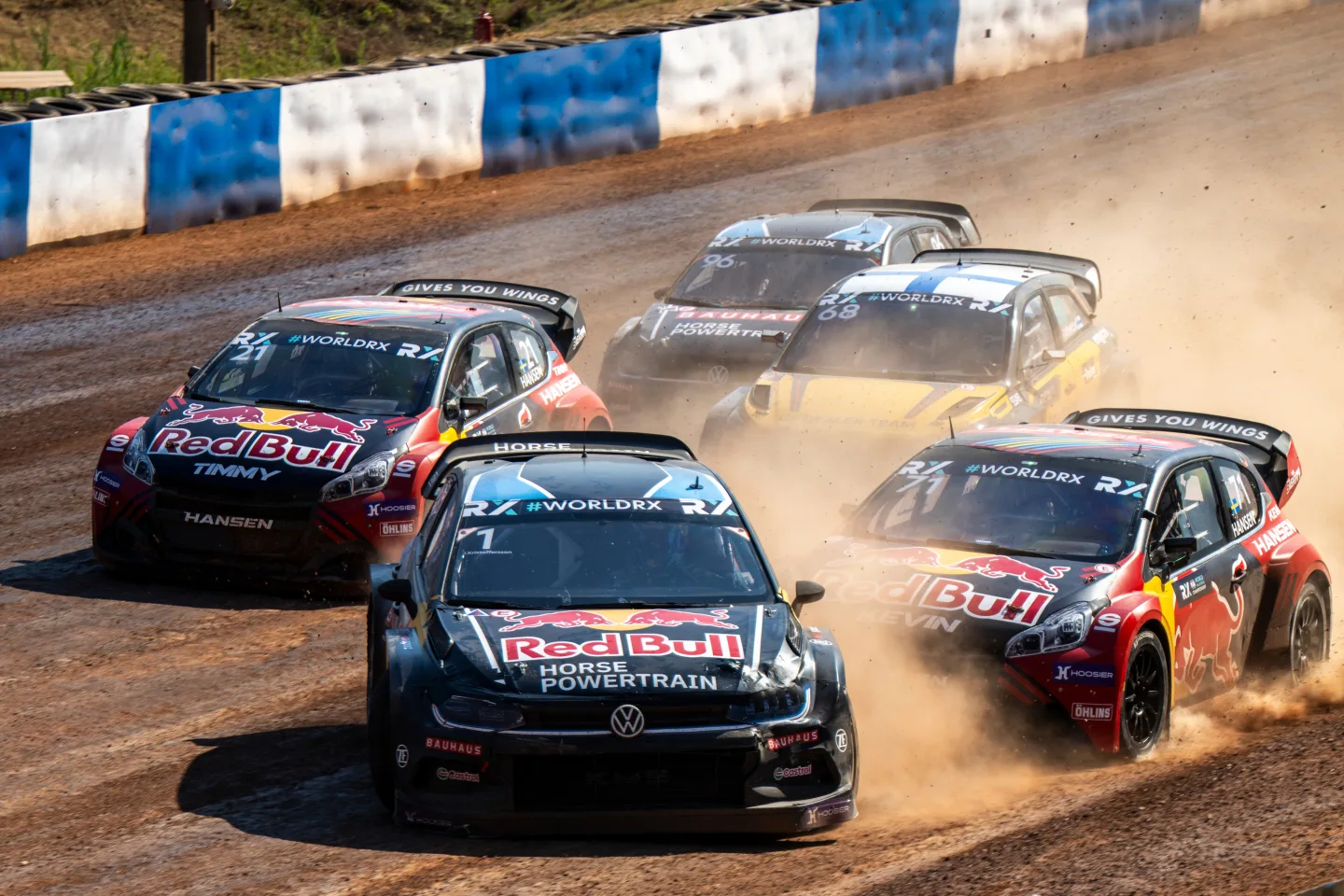
















Mondokart.com FIA World Karting Championships
Key takeaways
- FIA/CIK celebrated 60 years of the FIA Karting World Championship.
- FIA Karting World Championships – OK and Junior held in Great Britain for just the fourth time.
- 233 drivers representing five continents and 51 nationalities took part.
- FIA Karting World Championship – KZ took place in Portimao, Portugal, with 30 participants.
In 2024, motor sport celebrated the 60th anniversary of the FIA Karting World Karting Championship, making it the second-oldest FIA Karting World Championship after Formula 1. Whereas the 1964 event in Rome, Italy, featured just one category, the current FIA Karting World Championship involve three categories: two for direct-drive karts, with the OK and OK-Junior categories, and the third for gearbox karts, with the KZ category.
Global Representation
Great Britain hosted the 2024 event for just the fourth time in the Championship’s history. Following the 1968 edition at Rye House and the 2013 and 2017 editions on the PF International circuit, last year’s the ‘Worlds’ in the OK and OK-Junior categories featured a total of 233 drivers from 51 different nations with all five continents represented.
The British Dominate at Home

British drivers dominated on home soil. And with the added bonus of rain during the finals, the host nation monopolised the podium in the OK category, with Ethan Jeff-Hall winning ahead of Joe Turney and Matthew Higgins. In the OK-Junior class, Kenzo Craigie won an epic duel with team-mate and compatriot Noah Baglin.
Memories of Karting’s Glorious Past Revived on Track
The 60th anniversary of the FIA Karting World Championship was marked at the UK event by the presence of a selection of iconic karts. Eleven of the 13 makes of karts that took part in the very first edition in 1964 were seen in action, while the field was completed by models similar to the winning makes of World Championships between 1964 and 1984. Among the drivers on track was Dutchman Peter de Bruijn, at the wheel of the kart in which he won the supreme title in 1980, ahead of future F1 legend Ayrton Senna.
KZ Festival in Portugal

The FIA Karting World Championship for gearbox karts in the KZ category took place in Portimao, Portugal. The category brought together 30 participants and a thrilling Final, the title went to Italy’s Giuseppe Palomba, ahead of Dutchman Van Walstijn and Spaniard Hiltbrand.
